This is the fifth and final page of a longer article about Canyon del Muerto. If you’d like to begin at the beginning, click the button to return to Page 1:
A couple of miles further along, the floor of the canyon widened significantly, leaving open fields on either side of the road. On our left, there was a small herd of horses grazing, a beautiful, bucolic scene, backed by cottonwoods and colorful cliffs. The road veered close to the canyon wall, and we parked by a spot where a footpath led around a corner and out of sight.
Sylvia led us to a shallow cave, really more of an alcove in the face of the cliff, with ruins of a low brick wall and a storage bin. The smooth rock surface on the back wall of the cave was covered with an astonishing variety of pictographs, in several distinctive styles.
BLUE BULL CAVE
“This is Blue Bull Cave,” said Sylvia. “That’s the Blue Bull right there, and here’s the antelopes, you can see some antelopes here and there’s some horse riders there. See, this one’s different, the horse hooves, they’re not circles, and there’s more detail, blankets on the horses. This is Navajo right here, and these are Anasazis on the other side.”
The Blue Bull is Navajo, and you can see a warrior up here. Those are Navajos. See the feathers?”
“A lot of them are pretty much drawn over, like right here you can see they’re drawn over the older ones. So, a lot of these drawings are probably dated way way back. The ones that are more distinct are newer, probably around 700 to 1250 A.D.”
Anasazi (Ancestral Puebloan) pictographs in Blue Bull Cave, Canyon del Muerto
“And you can tell that this one has, like, feathers,” said Sylvia. “You know, when the Anasazi were living here, they were living peacefully. But then they started trading, and South American Indians started coming up this way. The traders started to marry into the culture, so a lot of times, the head-dresses were actually from those people.”
“South American Indians?” I asked. “Or from Mexico?”
“Somewhere in the south,” she said. “They traded with the Anasazi people, and when they traded with them, they married into the culture. The Anasazi people did not know that the South American Indians were cannibals. They didn’t know that when they started to do these ceremonies. When they started to get into more of these ceremonies, they started becoming warlike, and they started to fight one another.”
“I believe that because of what was taking place, a lot of times, we always say, ‘What happened to the Anasazi people? Where did they go?’ When I was growing up, I asked my grand parents, where did these people go? We only see their drawings on the wall. What they used to tell me was, there was a big fire from the sky that happened, and it killed all the Anasazis. Or they would say, there was a big whirly wind that came, and took them.”
“This one looked like a camel,” she said, “but the hump fell off.”
THE BIRTH OF LA REINA SUCIA
It was about that point when we had to cross a stream that was more mud than water, and from where I was sitting, it looked deep. I tried shifting my Jeep into Low Range, only to discover that there was a problem with the transfer case, and the shift lever was stuck. The Jeep was fairly new to me at that time, so I wasn’t sure how best to proceed. I tried backing up, and then gunning it forward in low gear. Bad idea. My front bumper plowed straight into the muddy bank on the far side of the creek, stuck so firmly that it pulled loose when I backed up. (As I found out later, the clips securing the bumper to the frame are designed to break away under those circumstances, to avoid more serious damage.)
Undaunted, I backed up again, and simply drove forward, but slowly. The Jeep responded as Jeeps tend to do, splashing through the goop, then climbing up and over the muddy bank without a moment’s hesitation, no low range required. We got out to inspect the damage, and my friend remarked that the splotch of mud below the grill looked a bit like a crown.
“A Queen’s crown?” I said.
“A dirty Queen,” my friend replied. “La Reina Sucia!”
That light-hearted exchange generated a nickname for my Grand Cherokee: “La Reina Sucia,” and she’s been know by that gritty sobriquet ever since. (More than ten years now, across countless adventures, from the Yukon to the Yucatan, and many thousands of miles).
Our goal for the day was the nominal end of the road, 12 miles from the Junction, and a bit more than 15 miles from the point where we first entered the canyon. That’s where we found the Mummy Cave Ruin, the largest, most impressive of the many Pueblo ruins in Canyon de Chelly National Monument.
MUMMY CAVE RUIN
300 feet above the canyon floor, there are two deep alcoves filled with ruins, and on a wide ledge between them, a large, multi-story pueblo, partially reconstructed, and quite impressive. The setting is a natural amphitheater, and the overall aspect of the place is simply stunning.
Occupied for a thousand years, from around 300 A.D. until 1300 A.D. The whole complex, including the main building and the structures in the two flanking alcoves had as many as 70 rooms, including living quarters, ceremonial spaces, and storage.
One of the first scientific studies of the ruin was a Bureau of American Ethnology expedition led by Colonel James Stevenson, in 1882. It was their discovery of two mummified bodies wrapped in yucca fiber that inspired the name Mummy Cave Ruin for the large pueblo, and it was that name that begat the name Canyon del Muerto, Canyon of Death, for the whole northern branch of the canyon complex.
Additional work was done by teams working under Earl Morris during the 1920’s, sponsored by the American Museum of Natural History, the Bureau of American Ethnology, and the Carnegie Institution, among others. They established a sequence of occupation for the ruin spanning a thousand years, dating back to the early basket maker culture. Innovative use of tree ring dating allowed a fair degree of precision when they established a timeline for the various phases of construction.
In 1932, Morris, who did some exemplary work restoring sections of Aztec Ruins National Monument in New Mexico, received an assignment from the National Park Service to stabilize both the White House Ruin and the tower at Mummy Cave. They did a good job on it; even from a distance, it’s easy to see that the tower is quite solid, with roof beams that appear to be completely intact. It’s been reported that the interior walls retain patches of white and pale green plaster, and that there are interesting pictographs. All the more a shame that visitors aren’t allowed to approach any closer than the fence (doesn’t matter which guide you’re using, in this case). Even despite the work that’s been done to preserve this magnificent ruin, they can’t trust visitors not to climb where they should not. Instead, we all have to bring out the binoculars, and the telephoto lenses, because at Mummy Cave, that fence keeps everyone back a good hundred yards!
I asked Sylvia before we started out if there was a time of day that was best for taking pictures of the Mummy Cave Ruin. When we viewed it from the Overlook on the rim the day before, the whole area was in shadow, and that was around mid-day. I had driven to Mummy Cave once before, when I toured Canyon de Chelly in my Jeep Wagoneer, almost 25 years earlier. On that trip, we got to Mummy Cave in the early afternoon, but that was in June, so the angle of the sun would have been different, and while we had plenty of sunshine, the ruin itself was in shadow. I was hoping to find the sweet spot on this trip.
I tried to get photos of Mummy Cave Ruin on several occasions, but every time I visited the overlook, the ruin was in shadow.
When I visited in 1989, the cliff was well lit by the sun, but the ruin? That was still in shadow.
When I visited in 2013, our timing was perfect (thanks to Sylvia) and the whole scene was bathed in sunlight!
“This time of year,” said Sylvia, “you should have pretty good light at the end of the day.”
She wasn’t kidding! We got to that area at about 3:45 PM, and the light was perfect! Of all the photos of Mummy Cave Ruin that I’ve seen, I honestly believe that ours had the best natural lighting possible, and I could not have been more pleased.
MASSACRE CAVE
From the Mummy Cave Overlook on the North Rim Drive, there’s a seperate pathway to an alternate viewpoint that provides a clear look into a fair-sized cave, well above the canyon floor on the opposite cliff. This is Massacre Cave, the site of a tragic episode in the history of the Navajo. In 1805, Spanish troops under Lieutenant Antonio Narbona pursued a large party of Navajo into Canyon del Muerto. Many of the people being chased, mostly women and children, climbed up into the alcove to hide from the Spaniards, thinking they would be safe, because the cave isn’t visible from below. Unfortunately for the Navajo, a second detachment of Spaniards was scouting along the canyon rim, and when they reached the spot where the modern day viewpoint was built, they could clearly see the hiding place, and unleashed a hail of musket fire, slaughtering most of the people in the cave, who were helpless to defend themselves.
Massacre Cave was just around the bend from Mummy Cave, but there was nothing there that could be seen from ground level, so we didn’t bother traveling the extra distance. Sylvia had already told us her version of those events when we were back at the Spanish Mural Panel, just before Standing Cow:
“When the Spaniards who came looking for gold started killing,” said Sylvia, “the Navajos went up into Massacre Cave to hide, but the Spaniards had an enemy Navajo with them, a scout who showed where the people were going. But there was one lady who was kidnapped and sold as a slave when she was a little girl. When she was a teenager she came back, and she was one of the ones that was hiding with the Navajo people up in the alcove.”
Massacre Cave, the Place Where Two Fell Off the Cliff
“They were found out, because there was an elder down at the bottom who was hiding behind a boulder, and they kept telling him, you have to be quiet; but he didn’t listen. He yelled out, and that’s when the Spaniards came around the bend, and found him, and made him tell where the others were hiding. Then the Spaniards killed the Navajo elder, and they even killed the scout, because they thought the scout had turned against them. Then they went up, and they started shooting, but some of the Navajos pushed boulders down, and they killed a lot of the enemies, and stopped them from climbing into the cave.
The Spaniards who were up above started shooting into the alcove, and the lady got knocked unconscious. When she woke up she saw some of the soldiers in the alcove, and she says, ‘If by any chance, if I’m going to die, I don’t want to die at the hands of these enemies. If I’m going to die, let me take one of them with me.’ And so she looked ahead, and there was a soldier standing at the edge, so without any warning, and without anybody seeing her, she got up really fast and ran at the enemy, and they both fell off the edge to their death. So in Navajo, we don’t call it Massacre Cave. The name Massacre Cave was given by the archaeologists. For us, we say, ‘Two that fell off the Cliff,’ and that’s the name of that place.”
Views of the canyon in the afternoon light
Mummy Cave was our last stop for the day, but we still had to drive all the way back to Chinle, and it was already 4:00 P.M. It had taken us almost eight hours to drive that far into the canyon. We only had 90 minutes to make it back out again, or risk driving through that wash in the dark!
With that in mind we set out, and I’ll be the first to admit, I was driving a wee bit too fast. That was great fun, the way I remember it, but I also remember Sylvia hollering “Whoa!” every time we were about to go airborne–which was pretty darned often! There were a lot of laughs on that stretch of the trip (in between the terrified screams ![]() ), and I’d say that very good day ended on a high note.
), and I’d say that very good day ended on a high note.
Touring Canyon del Muerto with Sylvia was an extraordinary way to spend a truly amazing day, and there was more yet to come! After dropping her off in town, we made arrangements to meet the next morning for the second day of our private tour.
Next up: Canyon de Chelly: Part 4: The Road to Spider Rock
You might be interested in the earlier posts to this series:
Scroll down for a complete table of contents.
Disclaimer: the narrative in this post includes dialogue attributed to my Navajo friend Sylvia Watchman, who was our guide on a two-day tour of Canyon de Chelly in October of 2013. The dialogue in the post is based on the transcript of an audio recording made two years later, when I visited Sylvia in Chinle, and we reviewed my photos from the trip. There was minor editing for grammar and continuity. I take full responsibility for any errors or omissions.
Unless otherwise noted, all of these photographs are my original work, and are protected by copyright. They may not be duplicated for commercial purposes.
Click any photo to expand the images to full-screen, with captions:
READ MORE LIKE THIS
The Most Beautiful Place on Earth:
A Guide to Canyon de Chelly National Monument
This is an interactive Table of Contents. Click the pictures to open the pages.
Canyon de Chelly: Part 1: The Rim Drives
Most of Canyon de Chelly can only be seen by visitors who are accompanied by an authorized guide, but the Rim Drives are free of charge, no reservation required. Two roads, Indian Route 7, and Indian Route 64 diverge at the entrance to Canyon de Chelly National Monument. Route 7 follows the South Rim of the multi-pronged formation, providing access to seven overlooks, all with killer views into Canyon de Chelly. Route 64 follows the North Rim, and provides access to three more overlooks, with excellent views into the branch known as Canyon del Muerto.
The South Rim drive is a 36 mile round trip, from the Welcome Center to the Spider Rock Overlook and back again, making multiple stops in between. You’ll need a couple of hours to do it justice, depending on how much time you spend at each of the different overlooks. The North Rim drive is shorter, just over 26 miles round trip to the Mummy Cave Overlook. That drive requires another hour and a half, bare minimum, so if you’re going to do both, you should play it safe, and set aside half a day. I can guarantee you’ll consider it time well spent! <<CLICK to Read More!>>
The South Rim Drive
Indian Route 7 begins at the turnoff from US 190, and serves as the main road in the Navajo town of Chinle. If you follow it headed east, it will take you directly to the Visitor Center for the Canyon de Chelly National Monument. Stop there to pick up a map of the park, and to get current information about guided tours and other activities, as well as road conditions, and any closures that might affect your visit.
From the Visitors Center, bear right at the fork to stay on Indian Route 7, the South Rim Drive, and follow the signs to the overlooks.
<<CLICK to Read More!>>
Overlooking the White House
A mile and a half beyond the Junction Overlook you’ll reach the turnoff for the White House Overlook, which is at the end of a half-mile long access road. (Note: the access road, the overlook, and the trail to the White House ruin are currently closed to visitors.) The White House Overlook has always been one of the most popular. The vantage point offers a fabulous panorama of the Canyon, along with an unobstructed view of the White House, one of the best preserved ruins in the National Monument.
<<CLICK to Read More!>>
The North Rim Drive
Most visitors to Canyon de Chelly National Monument focus the bulk of their attention on the South Rim Drive, but in my view, your trip simply won’t be complete if you don’t take in the North Rim Drive as well.
Seven miles from the Welcome Center is the turnoff to the Antelope House Overlook, which is two miles further along a paved access road. The payoff is a fabulous bird’s-eye view of a quite wonderful Anasazi ruin known as the Antelope House. You can still see the crumbling foundations of dozens of rooms, a tower, and at least four circular kivas...
<<CLICK to Read More!>>
Canyon de Chelly: Part 2: Chinle Wash
Canyon de Chelly National Monument is a place for the whole world to enjoy and admire, just like all of our national parks and monuments, but at Canyon de Chelly there is an essential difference: the rim drives and most of the overlooks offering views into the beautiful canyon are open to the public all year around. The canyon itself, including all hiking trails and Jeep tracks, all the ruins and the rock art, in essence, anything below the canyon rim, all of that is private property, off limits to everyone save the handful of Navajo families who own the land on the canyon floor.
The rest of us can go in, but only to certain areas, and only if we’re accompanied by an authorized guide. A Navajo guide can take you into the canyon in their SUV, or, if you prefer, you can join a guided hike, or a trail ride on horseback. The standard Jeep tours, which are the most popular, range from three to six hours in length. The longer tours cover the highlights of both of the primary gorges, Canyon De Chelly, and Canyon del Muerto.
The series that follows is a detailed account of my own experience in this remarkable place. <<CLICK to Read More!>>
A Timeless Journey into the Heart of the Navajo Nation
At the beginning of our trip, we asked Sylvia to show us her favorite petroglyphs, along with the usual ruins and rock formations, and she did not disappoint. Our first stop, very near the mouth of the canyon was a prehistoric bulletin board she called Newspaper Rock. A smooth segment of cliff face coated with dark desert varnish, featuring an area at least forty feet wide filled hundreds of petroglyphs. The symbols weren’t carved into the rock, and they are not painted. These artists pecked away the dark varnish, creating their pictures by exposing the lighter colored rock underneath: antelope, birds, hunters, and a multitude of intriguing symbols.
<<CLICK to Read More!>>
Ancient Stories Etched in Stone
A short distance from Newspaper Rock, just a few steps away along the base of the cliff, we came to another set of petroglyphs featuring riders on horseback. These were most certainly Navajo, and likely date back to the 1800’s. They shared this shady space with other images that were obviously much older. There were hunters, deer, birds, handprints, and more. We crowded in close for a better look.
<<CLICK to Read More!>>
Kokopelli and the Lightning Spear
“When you look at this, there’s a man holding a staff; out of the staff there’s this energy that’s coming out. The figure in black is the patient. The one in yellow is the shaman. The important men of the village are up on the side here, so this was a very sacred ceremony that they were doing. And there are some other drawings on the side; this one here is like a figure of the holy people, because it’s way up there, and it only has the head, and not the arms or the legs. You see a lot of people drawn, and there’s a bird there. And these are drawings of, like, clan systems. The bear, the turtle, and the antelope down here.”
I was probably getting a bit starry-eyed at that point. Barely three miles into the canyon, we’d traveled a thousand years in just under a hundred minutes, and we were barely even underway!
<<CLICK to Read More!>>
Where Canyons Collide
Just around the bend the canyon opened up into an area wider than any other we’d seen, and right in the middle was a monolithic block of sandstone known as Dog Rock. To the left was the north fork of the canyon, Canyon del Muerto, and to the right, the south fork, Canyon de Chelly itself. The cliffs soared at least 200 feet above our heads, and halfway up the sheer face opposite was another alcove filled with crumbling adobe, a site called Junction Ruin. A bit smaller than First Ruin, and a bit less well preserved, this is an Anasazi structure dating to the same approximate era. The ruin is clearly visible from above at the Junction Overlook on the South Rim Drive; it looks a bit different when viewed from below...
<<CLICK to Read More!>>
Canyon de Chelly: Part 3: Canyon del Muerto
The left hand fork is the spectacular work of nature known as Canyon del Muerto. The star attraction of this route is the Mummy Cave Ruin, the largest in the area, built on a ledge between a pair of deep caves, high on the face of a cliff in an extraordinary natural amphitheater. It’s a 24 mile round-trip from the Junction, twelve miles of rough road in each direction, with enough twists and turns to qualify as a carnival ride–along with plenty of mud! Along the way you pass the Ledge Ruin, Antelope House Ruin, Navajo Fortress, and Standing Cow Ruin, along with some extraordinary rock art.
The most popular tours last between 3 and 4 hours. Most of them travel into both canyons, but don’t go all the way to the end of either road. Only the longer tours include Spider Rock or Mummy Cave, and only the all day tours include both. Private tours offer the most flexibility, and in most cases, a more comfortable ride.
<<CLICK to Read More!>>
Ruins and Rock Art
In this pictographic sequence, the Utes are on the left, mounted on horseback, with shields and lances, while the Navajos are on the right, on foot, and clearly outnumbered. In one version of the story, just as in Sylvia’s account, the attack took place during a Night Way healing ceremony, in the winter, catching the Navajo by surprise, and at a deadly disadvantage.
The drawings are charcoal, except for the shields, which were painted with pigment made from the bee weed plant. The sandstone overhang provides some protection, but after 150 years or more, the panel is weathering, starting to fade and flake away. Many of the rock art panels in these canyons are in danger of irreversible deterioration from exposure to the elements. Pictographs such as these, done with charcoal and other natural pigments, are particularly vulnerable to the ravages of time.
<<CLICK to Read More!>>
Antelope House
Antelope House was formally excavated in the early 1970’s, by archaeologists working with the National Park Service. Each new culture that occupied this site built atop the remains of their predecessors, so as researchers dug into the stratified foundations, they found the pit houses of the Basket Makers at the bottom, and layers of increasingly sophisticated cultural remains, from the Ancestral Pueblo to the Pueblo people, the Hopi, and the Navajo, each of these groups contributing to the timeline of an area that is exceptionally rich in history.
Of all the ruins and other archaeological sites in Canyon de Chelly, Antelope House is the most thoroughly investigated. That’s at least partially due to simple ease of access: unlike most of the ruins in the canyon, all the primary structures at this site are at ground level.
<<CLICK to Read More!>>
Standing Cow: A Home Among the Ruins
The hogan, much newer than the other structures, was built using sandstone bricks recycled from the surrounding ruins. That would never have been allowed today, but at the time, before the National Monument was established, there weren’t any rules against it, so Sylvia’s great grandfather was simply being practical, using what was available. Today, Standing Cow is on all the maps, as much a part of the human landscape of Canyon de Chelly as the White House and the Mummy Cave. We felt quite privileged to be there with someone who was so directly connected to all of it.
<<CLICK to Read More!>>
Blue Bull and Mummy Cave
300 feet above the canyon floor, there are two deep alcoves filled with ruins, and on a wide ledge between them, a large, multi-story pueblo, partially reconstructed, and quite impressive. The setting is a natural amphitheater, and the overall aspect of the place is simply stunning.
Occupied for a thousand years, from around 300 A.D. until 1300 A.D. The whole complex, including the main building and the structures in the two flanking alcoves had as many as 70 rooms, including living quarters, ceremonial spaces, and storage.
<<CLICK to Read More!>>
Canyon de Chelly: Part 4: The Road to Spider Rock
Today, only authorized Navajo owned vehicles are allowed inside Canyon de Chelly, but this was in 2013, when it was still possible to drive yourself in your own 4×4, as long as your Navajo guide rode along with you. That arrangement was Sylvia’s specialty, and driving through that canyon, with her ongoing expert narrative providing background on all the points of interest, was some of the best fun I’ve ever had.
The first part of the route was aleady familiar to me. We entered Chinle Wash from that same dirt road, just past the Visitor’s Center, and I took off down the sandy creek bed, keeping up a steady speed and zig-zagging diagonally across the deepest ruts, to avoid getting trapped.
We passed by all the places where we’d stopped the day before, and made it all the way to the junction in just over half an hour. This time, we took the right hand fork, and we hadn’t gone far when we ran into our first big challenge of the day: a steep downslope that crossed a wash, with deep mud at the bottom of the hill.
<<CLICK to Read More!>>
Riding the Rainbow to the Universe
Viewing Spider Rock from below provides a dramatically different perspective on this extraordinary formation. From above, you’re looking down on the whole tableau, and Spider Rock, shorter than the soaring canyon walls, appears as one small part of the larger scene. From below, from the floor of the canyon looking up at it, you can see just how BIG the danged thing is. At 800 feet in height, it’s a good bit taller than your average 50 story sky scraper, and it completely dominates the landscape.
<<CLICK to Read More!>>
The Oldest White House
At the center of the upper section is a large room, 12 by 20 feet, with a front wall that is 12 feet high and made of stone that is two feet thick. This wall was coated in white plaster, decorated with a yellow band, and it is this white wall, which can still be seen, that inspired the name La Casa Blanca, the White House, to this ancient dwelling that has endured in this place for nearly a thousand years.
<<CLICK to Read More!>>
YOU MIGHT ALSO ENJOY:
San Xavier del Bac: The White Dove of the Desert
San Xavier has all of the traditional elements of a Spanish Colonial church, along with many others that are quite unique. The craftsmanship of the original building is superb, and features many fascinating details.
<<CLICK to Read More!>>
A Serendipitous Sunset at Shiprock
I noticed an odd rock formation coming up fast on the left side of the road, almost like a wall built of angular blocks. Shiprock was close, but hidden from view by the wall as I zoomed toward it. After I passed the odd formation, I stole a quick glance in my rearview mirror, and what I saw was a scene so other-wordly, it literally stopped me in my tracks!
<<CLICK to Read More!>>
There's nothing like a good road trip. Whether you're flying solo or with your family, on a motorcycle or in an RV, across your state or across the country, the important thing is that you're out there, away from your town, your work, your routine, meeting new people, seeing new sights, building the best kind of memories while living your life to the fullest.
Are you a veteran road tripper who loves grand vistas, or someone who's never done it, but would love to give it a try? Either way, you should consider making the Southwestern U.S. the scene of your own next adventure.
ALASKA ROAD TRIP:
MEXICAN ROAD TRIP (IN THE LAND OF THE MAYA):
ARIZONA AND NEW MEXICO:
SOUTH AMERICA:
PHOTOGRAPHY:
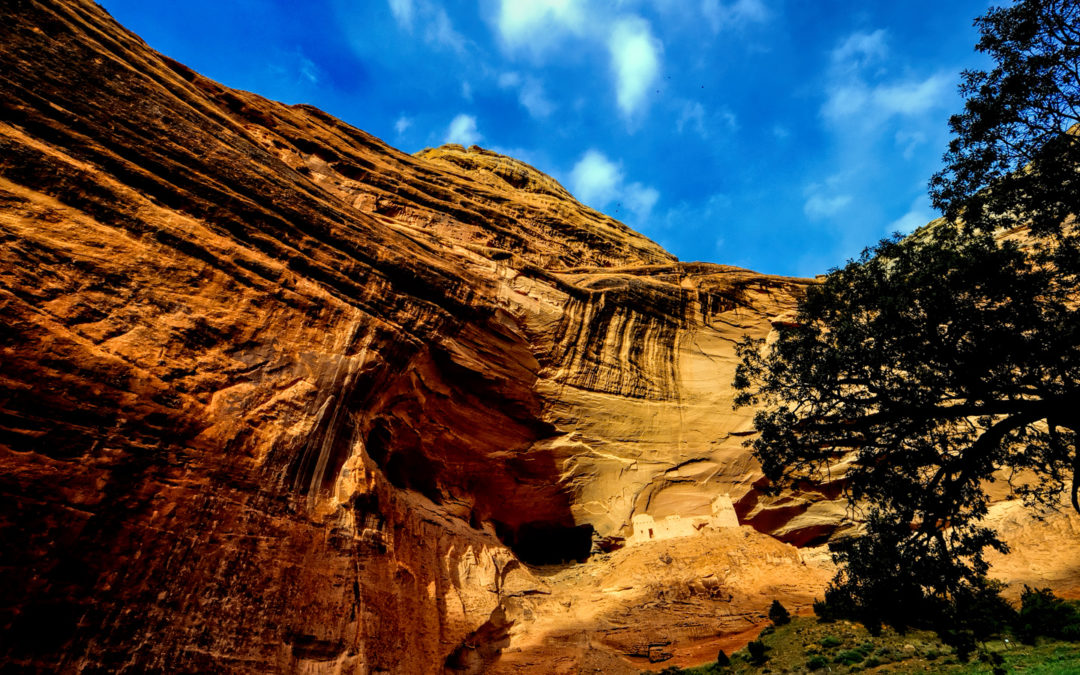
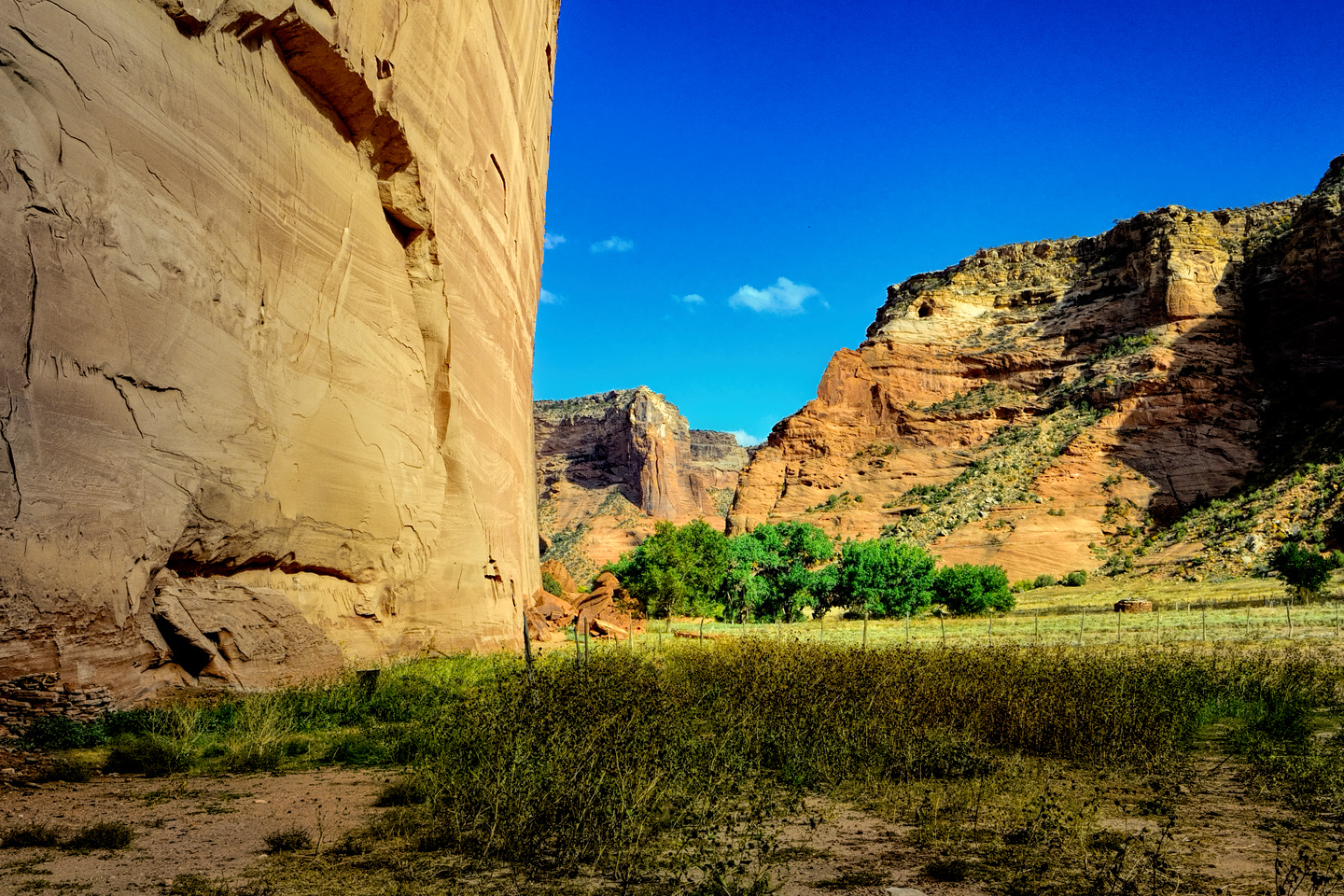
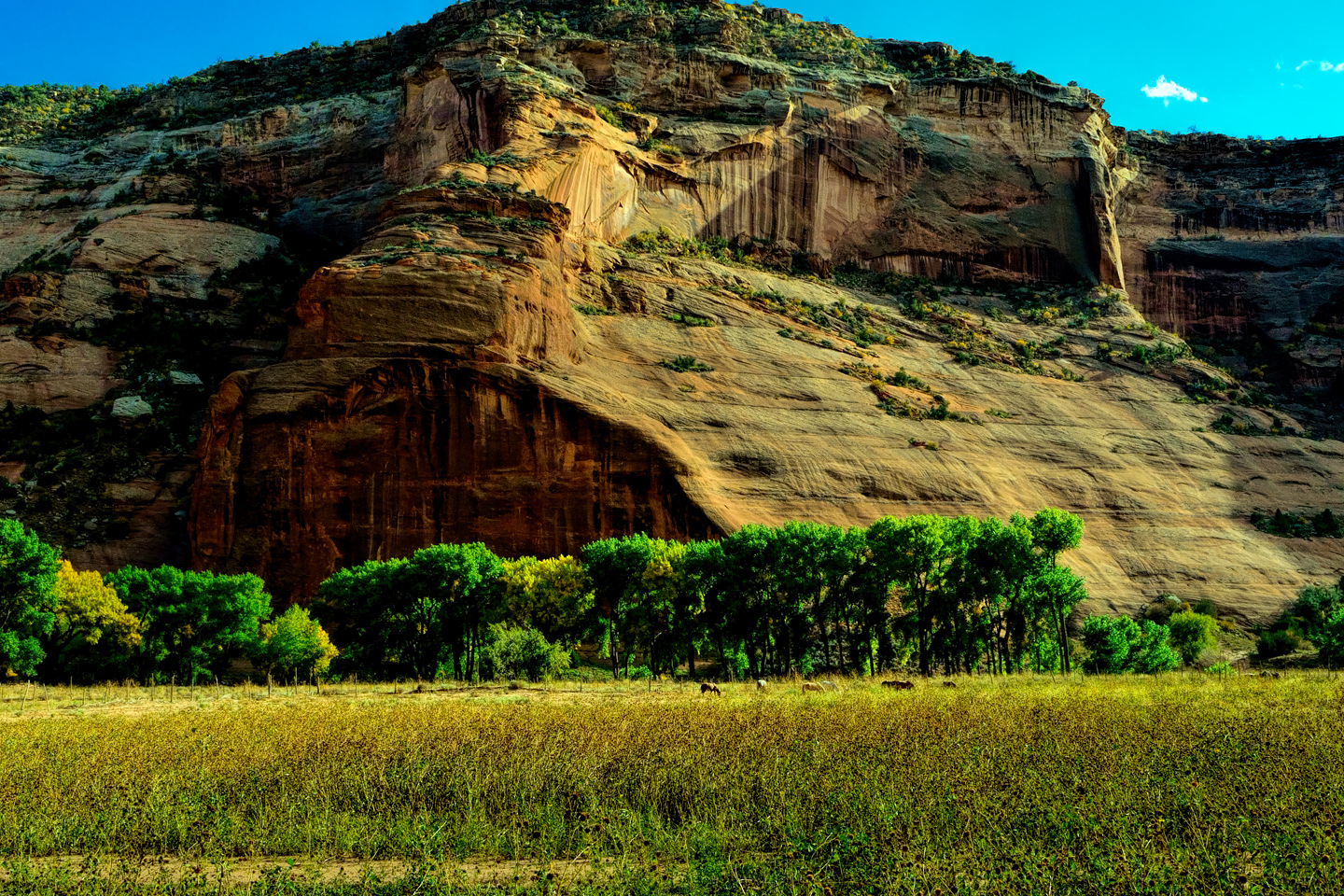
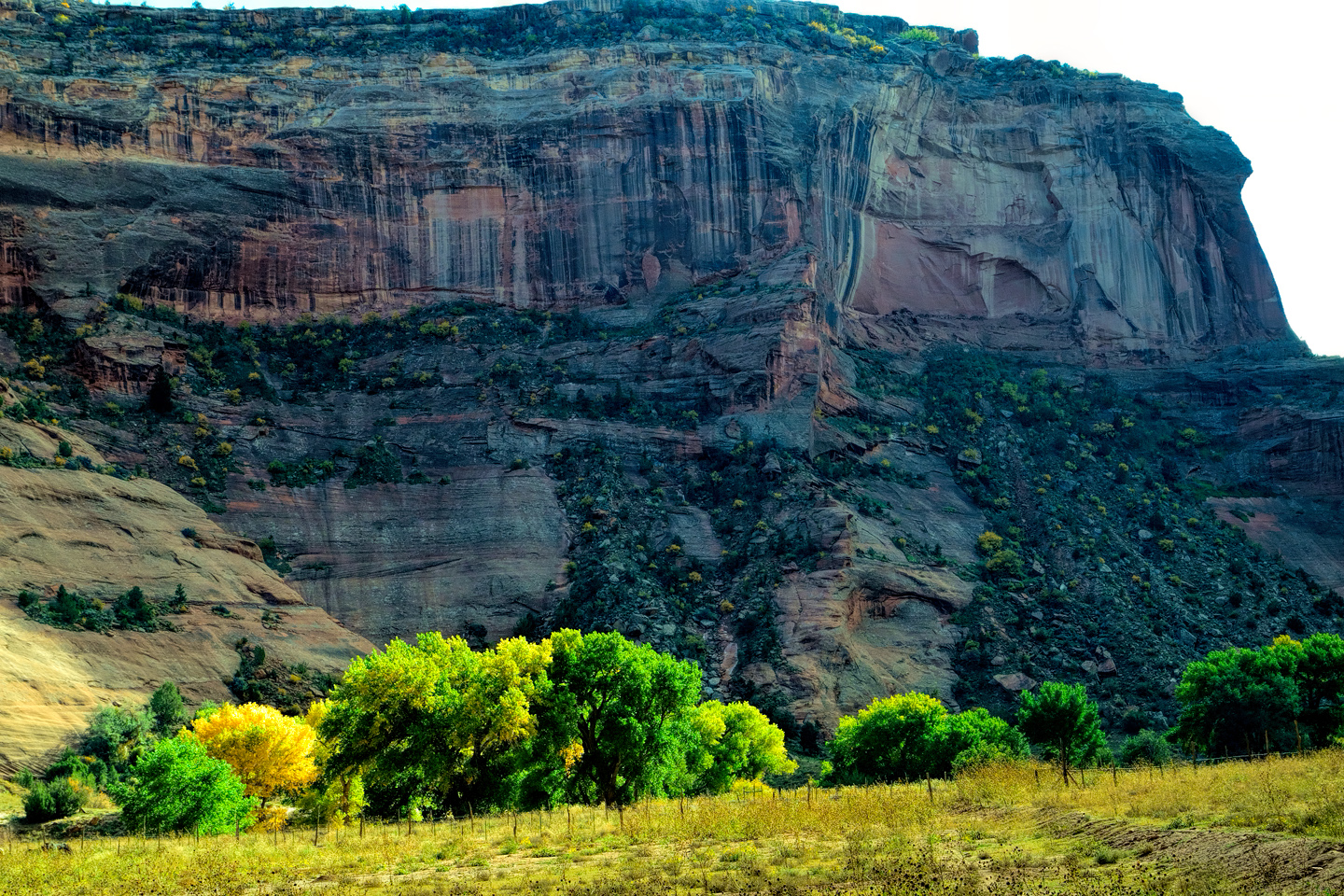
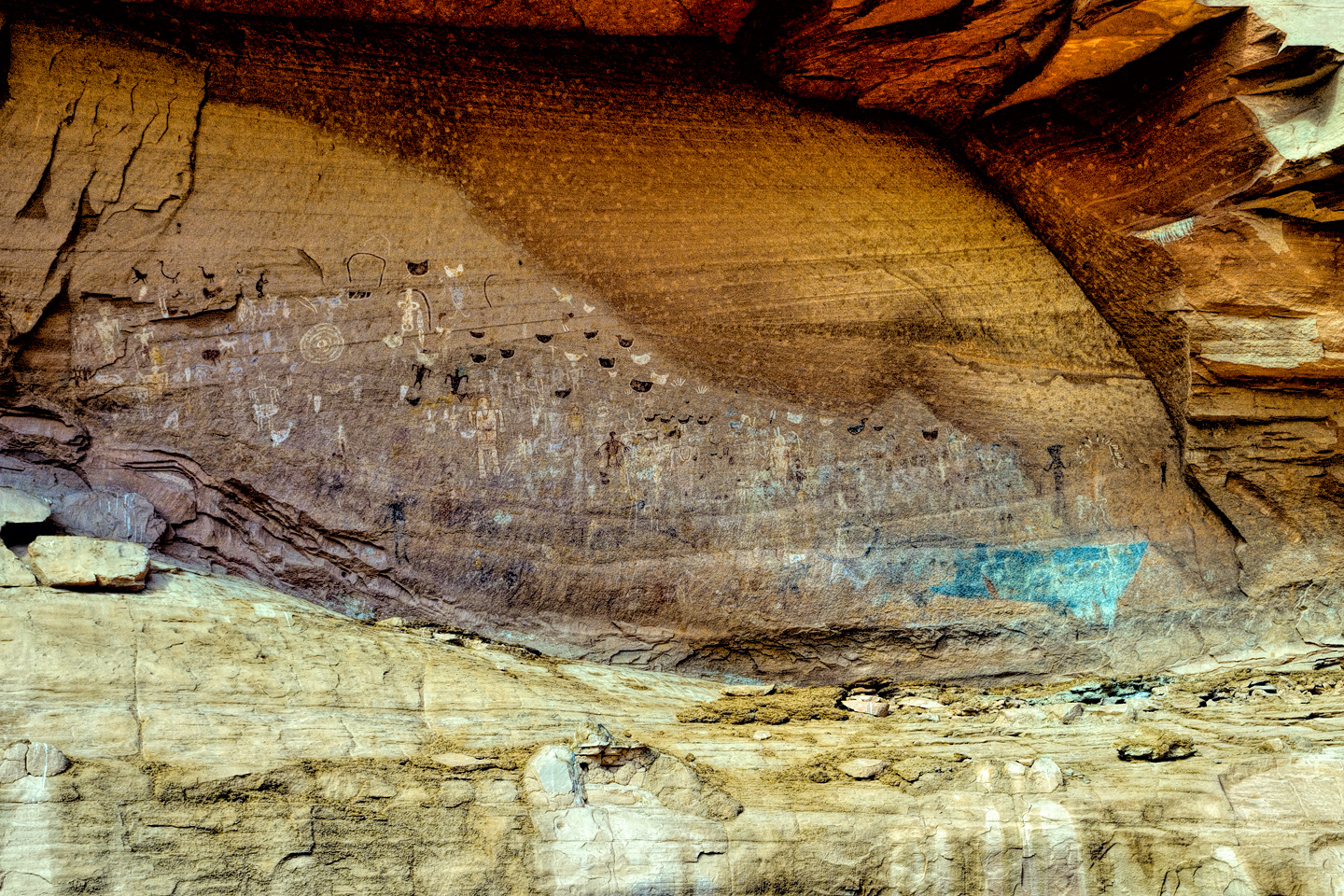
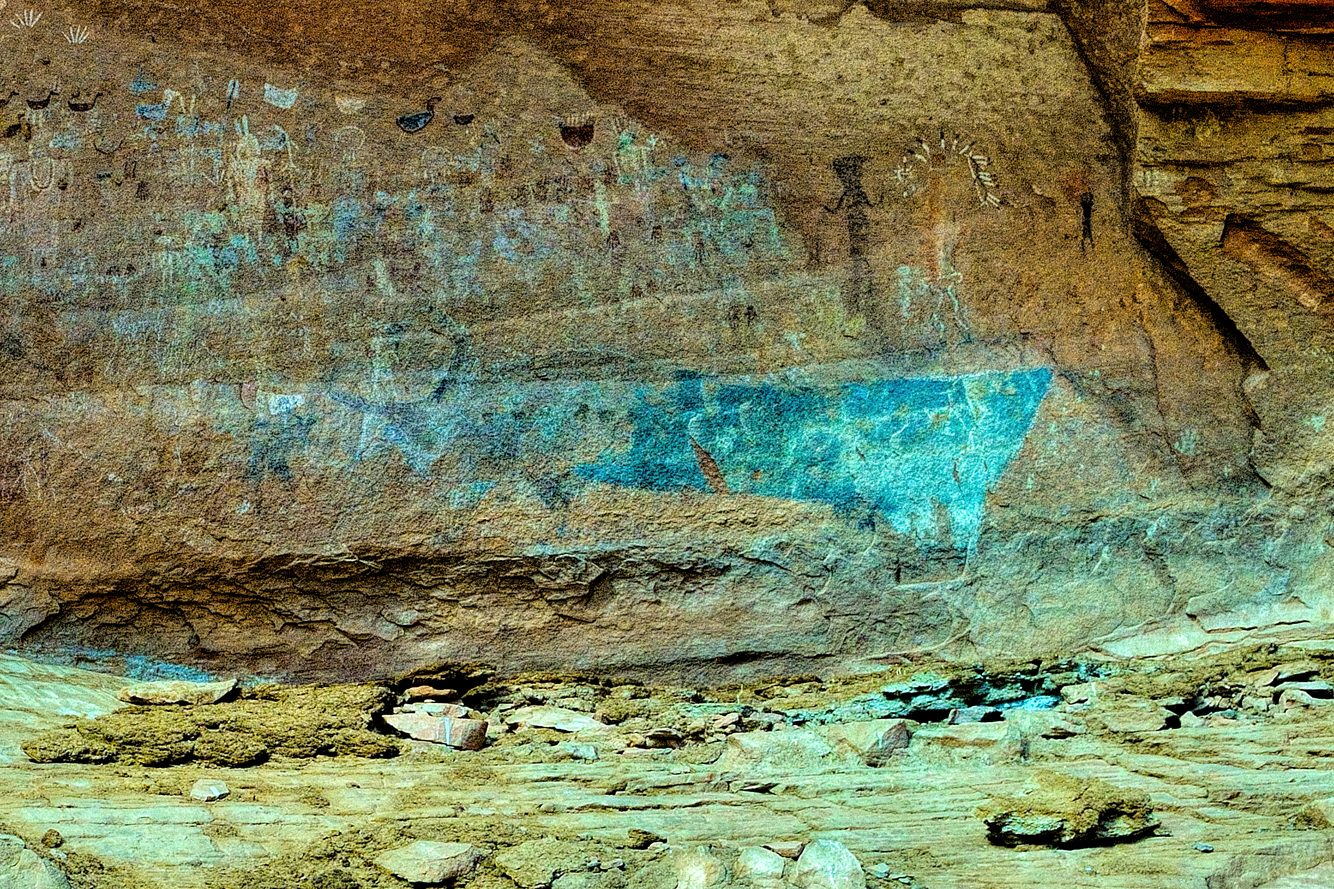
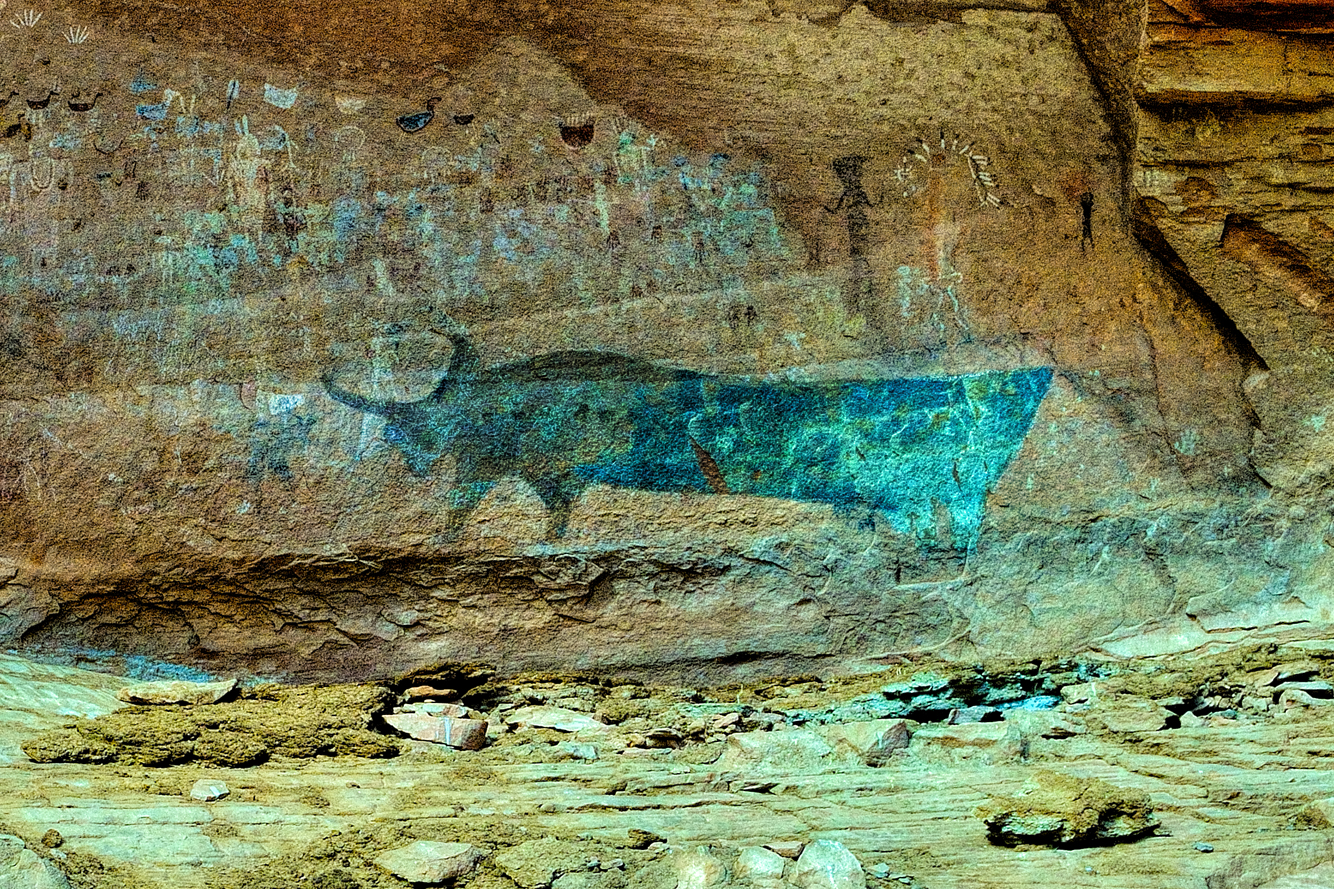
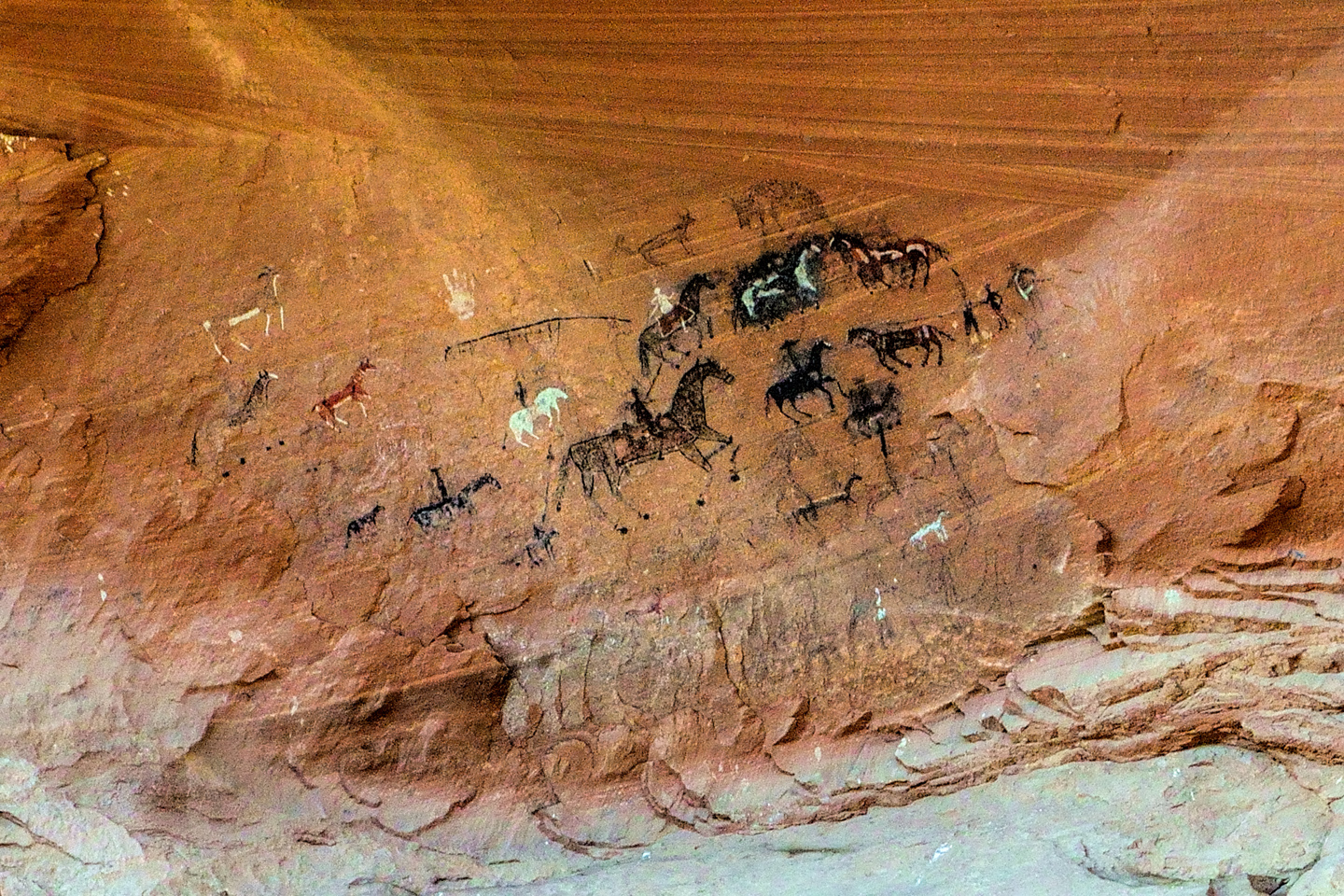
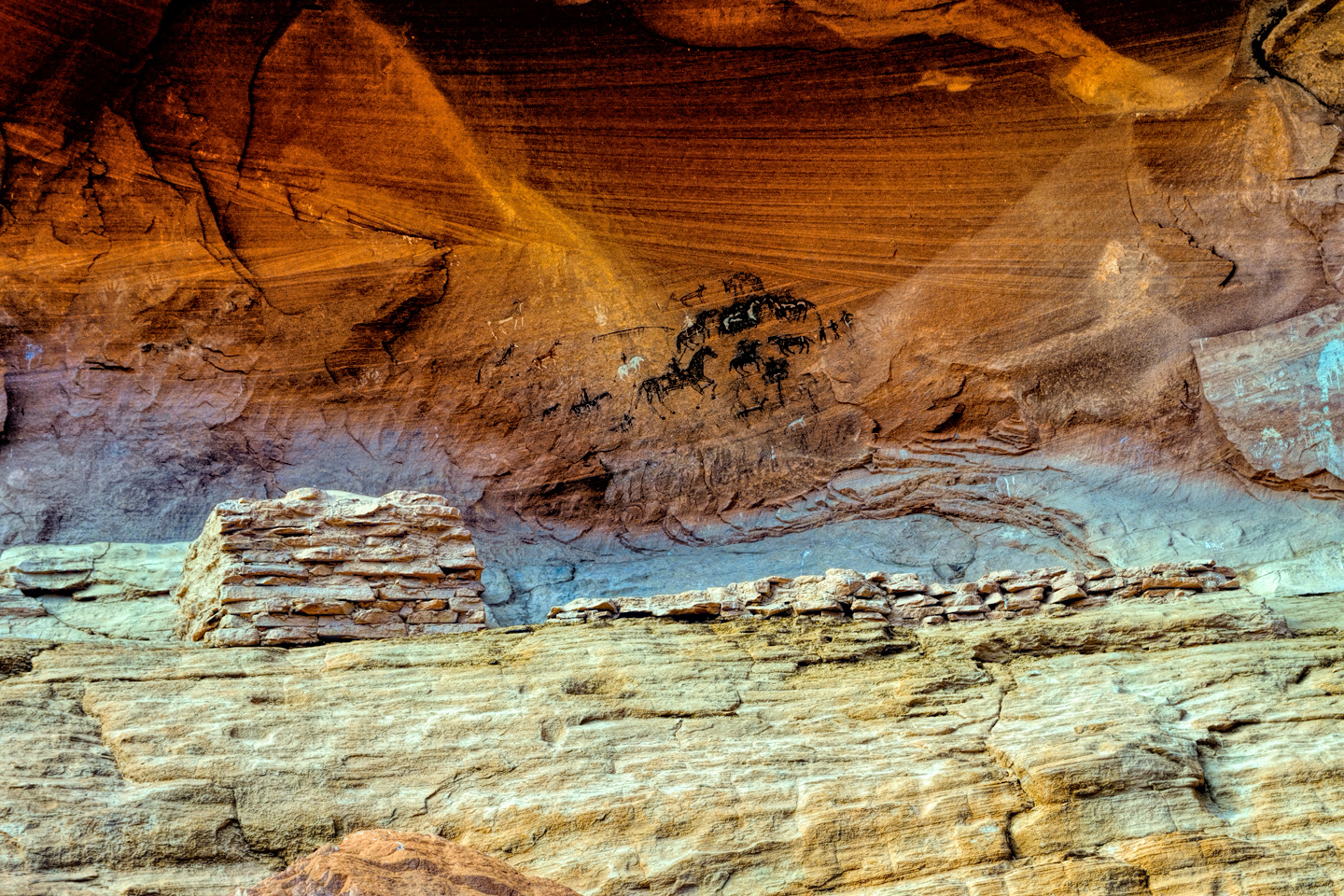
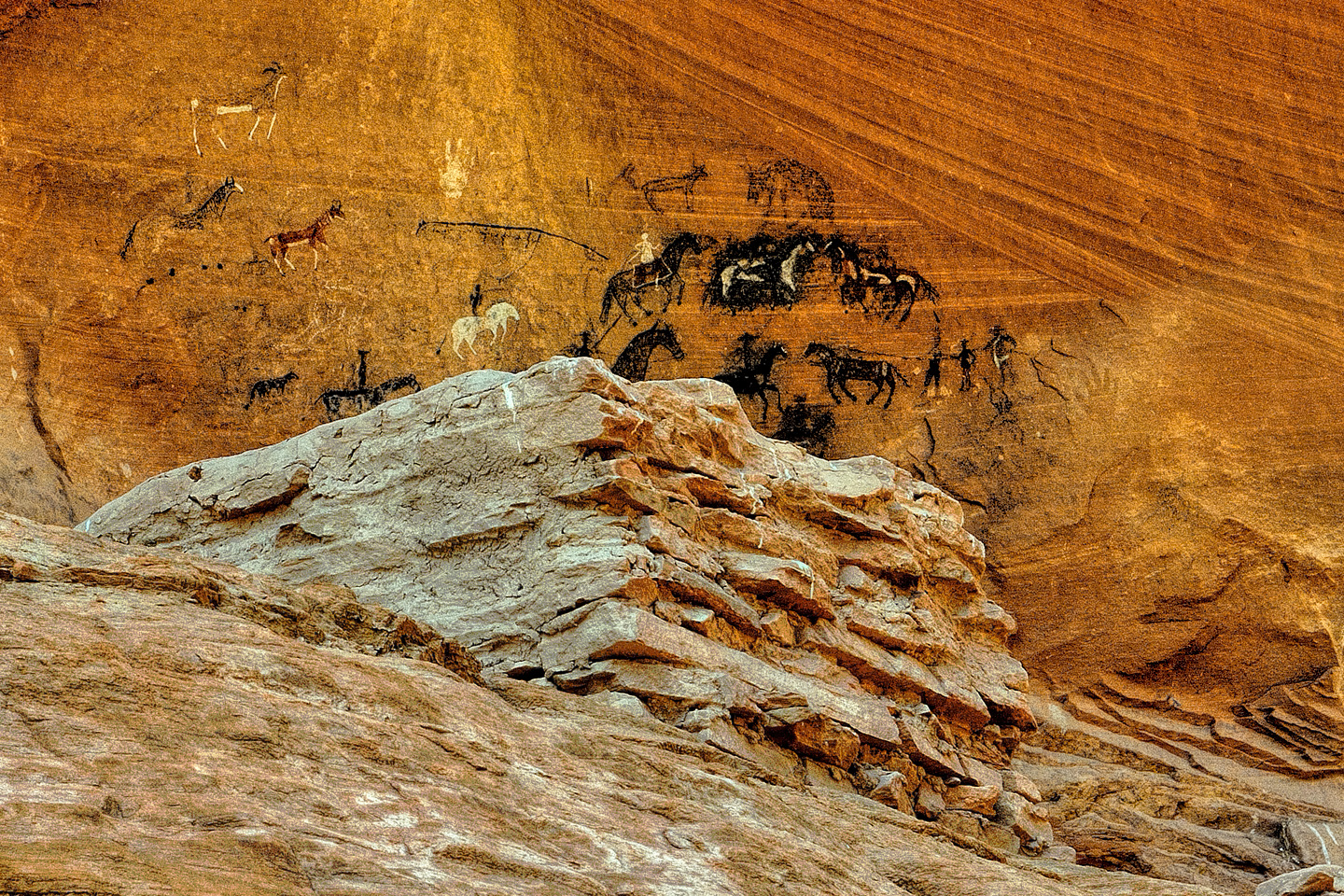
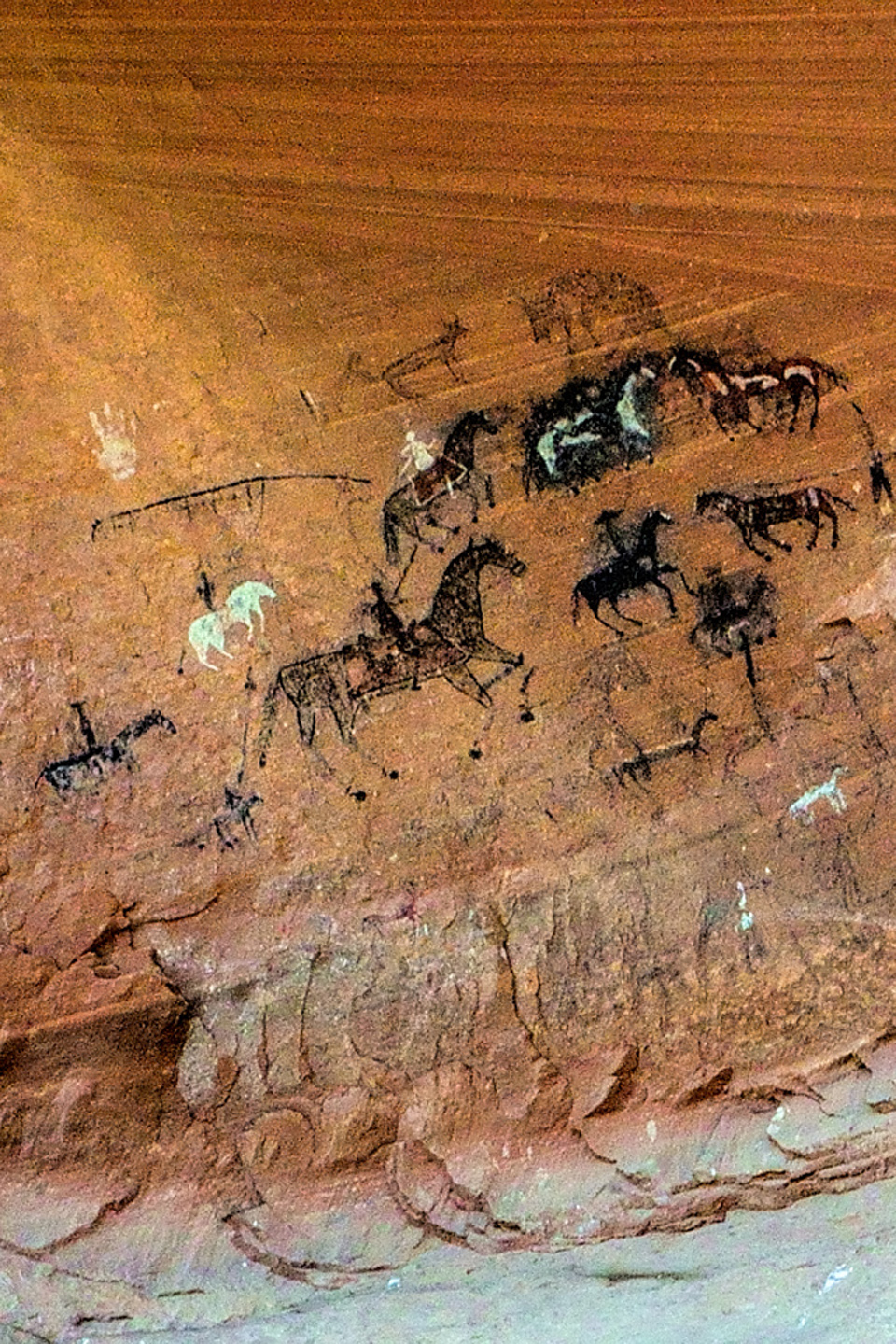
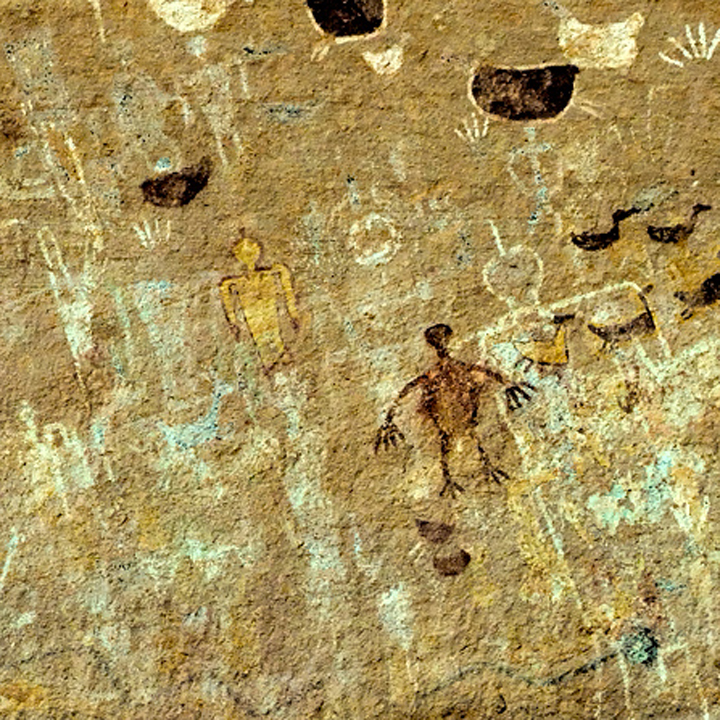
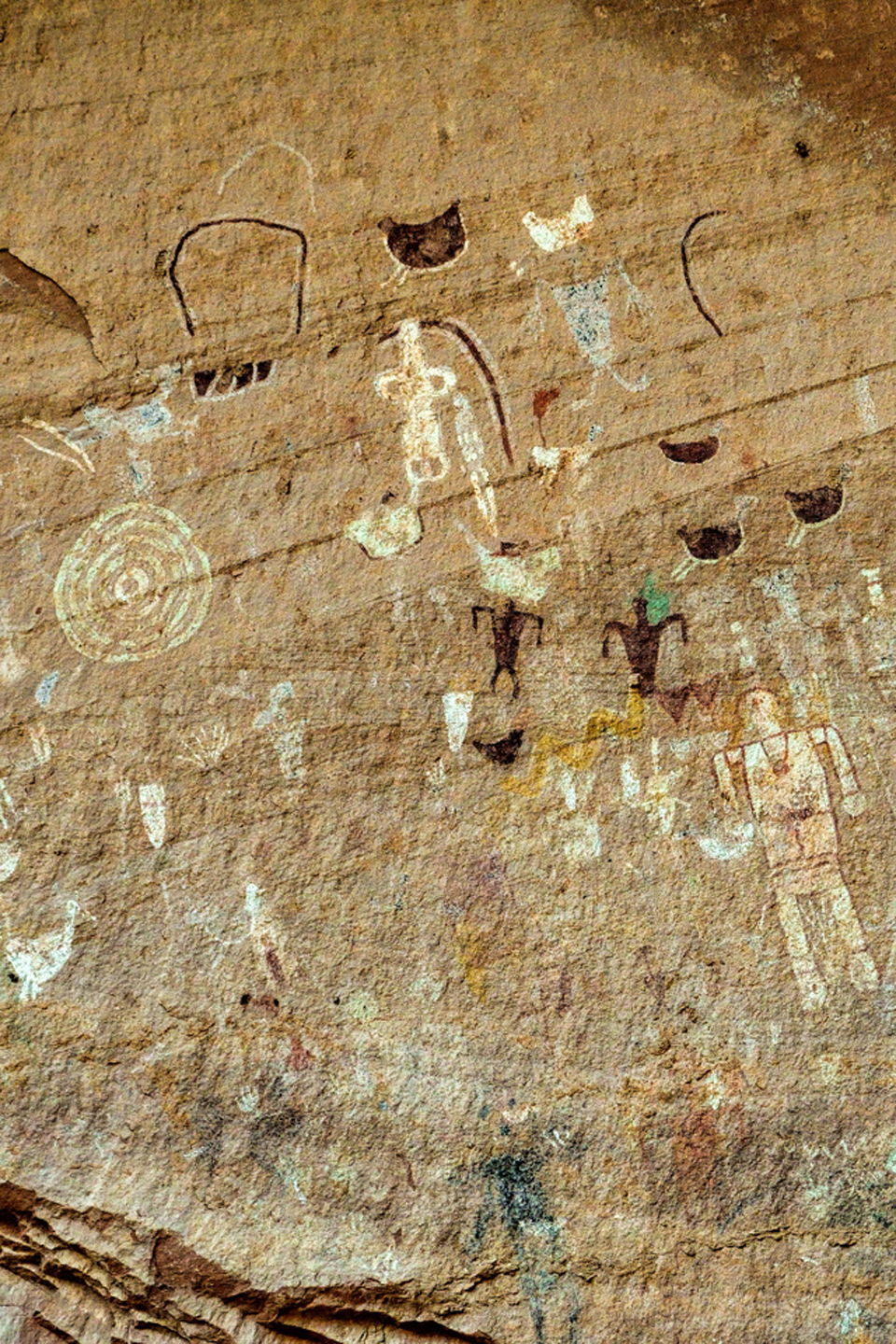
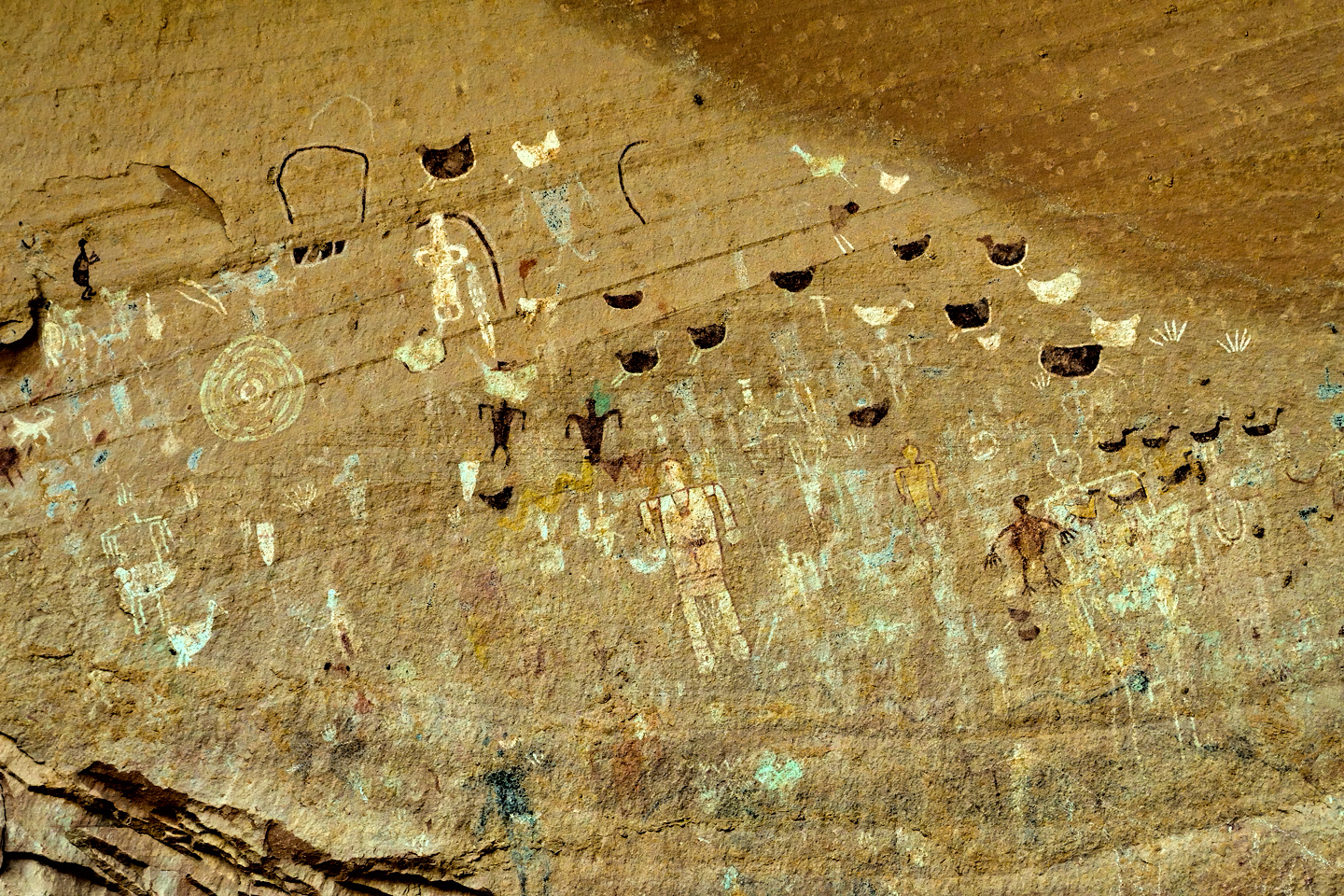
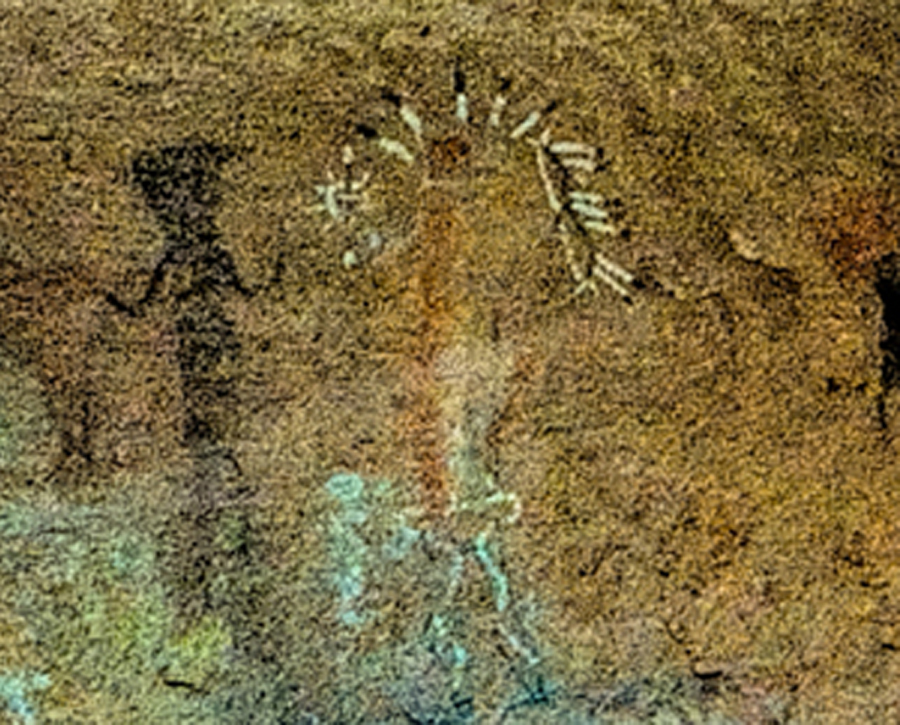
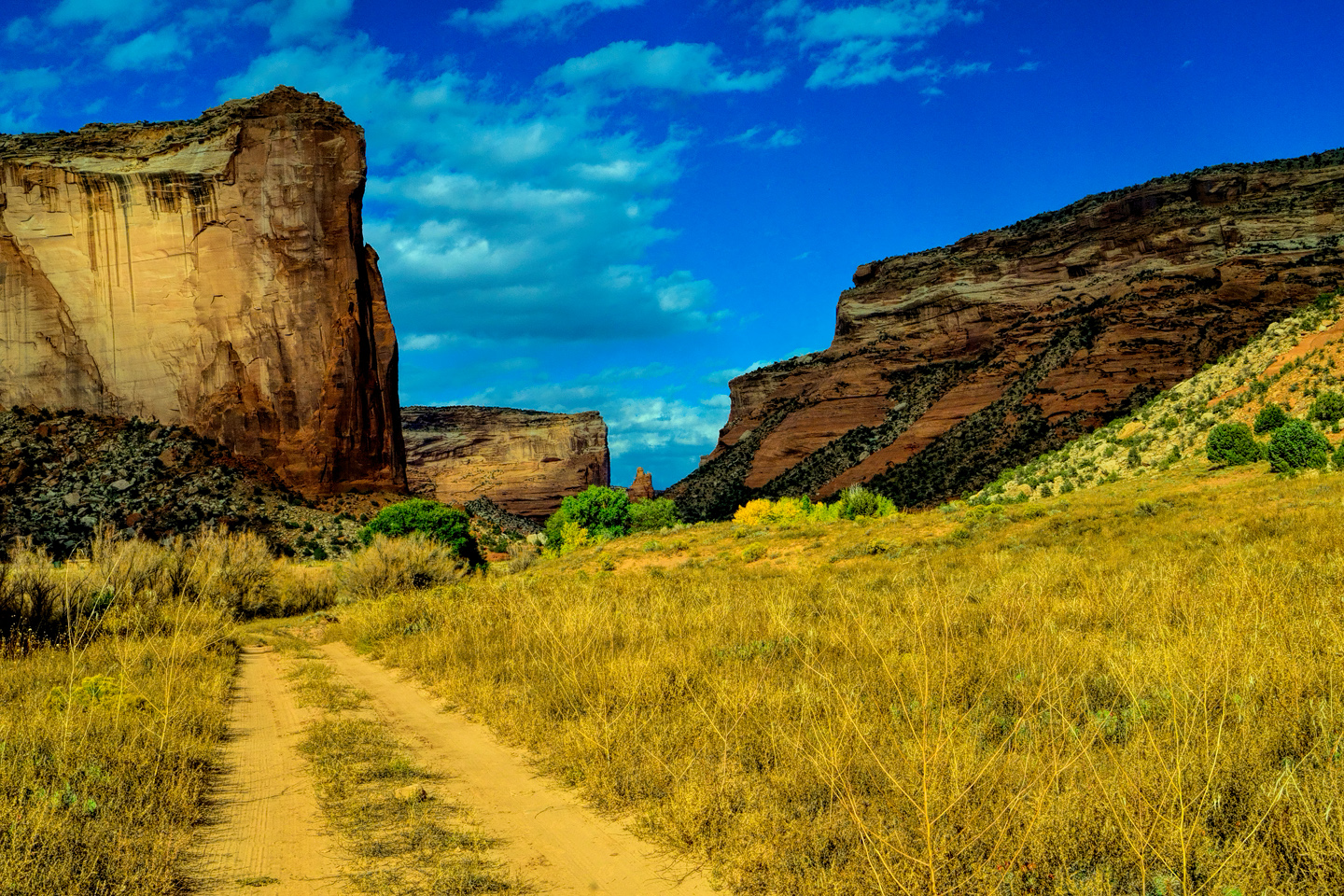
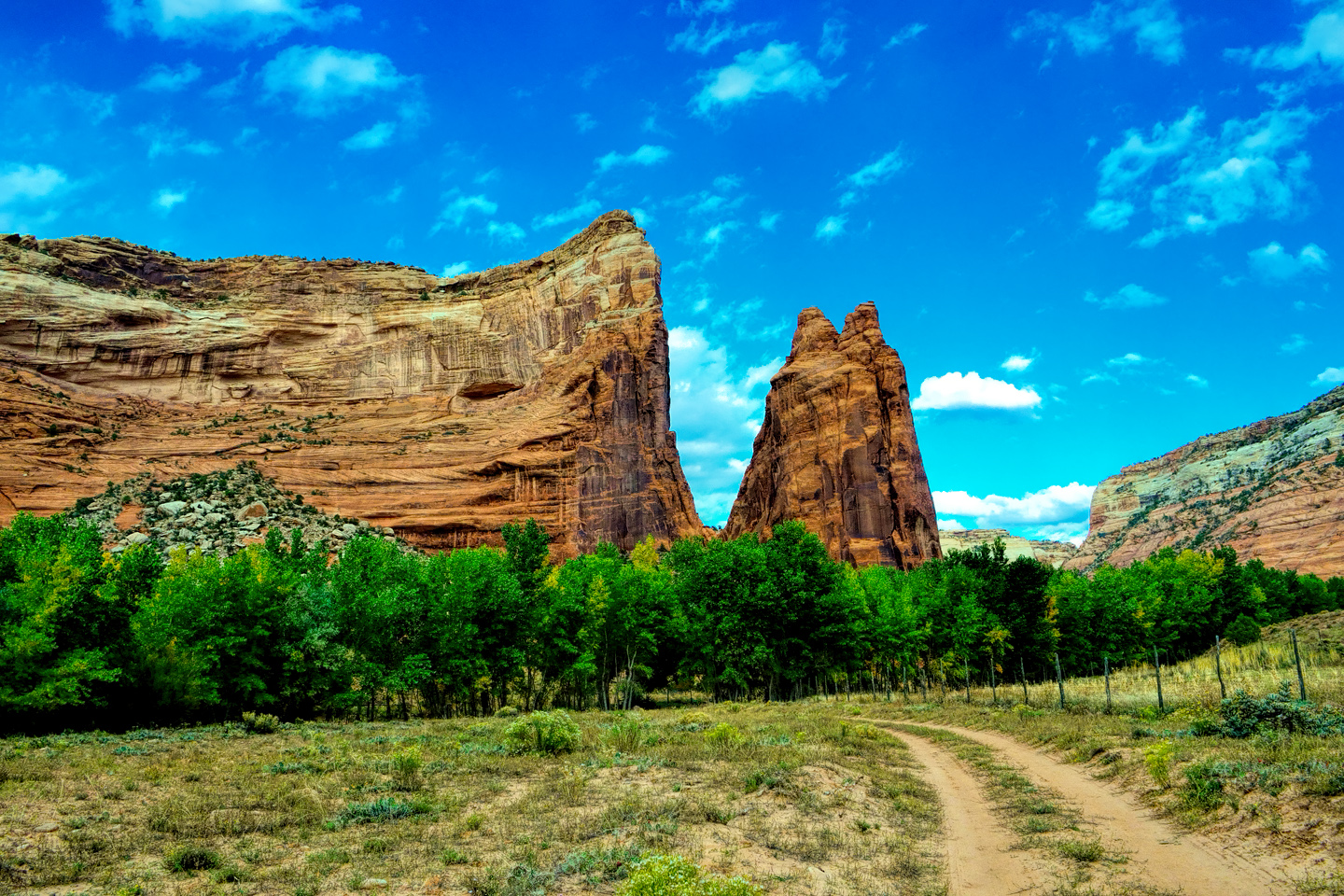
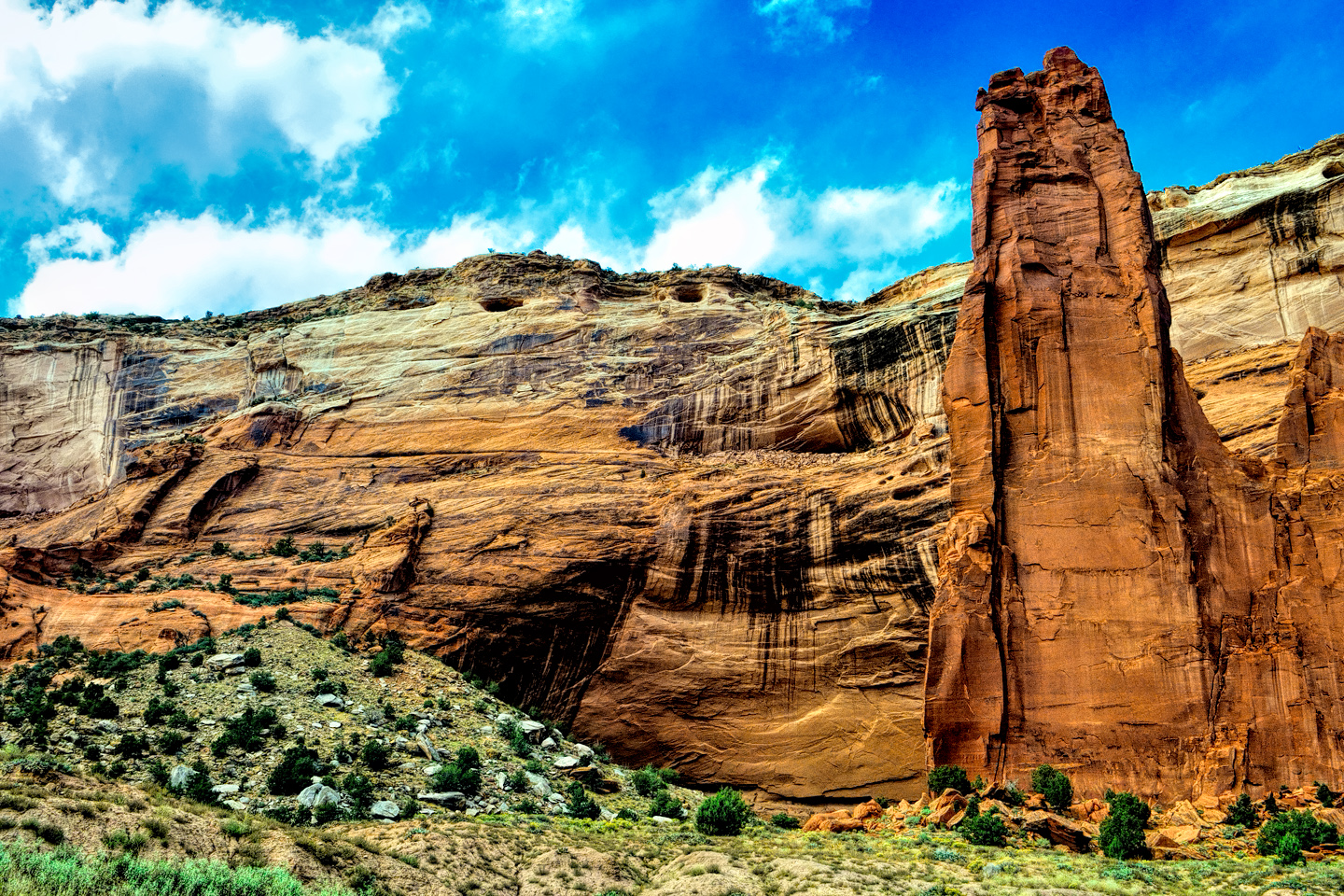
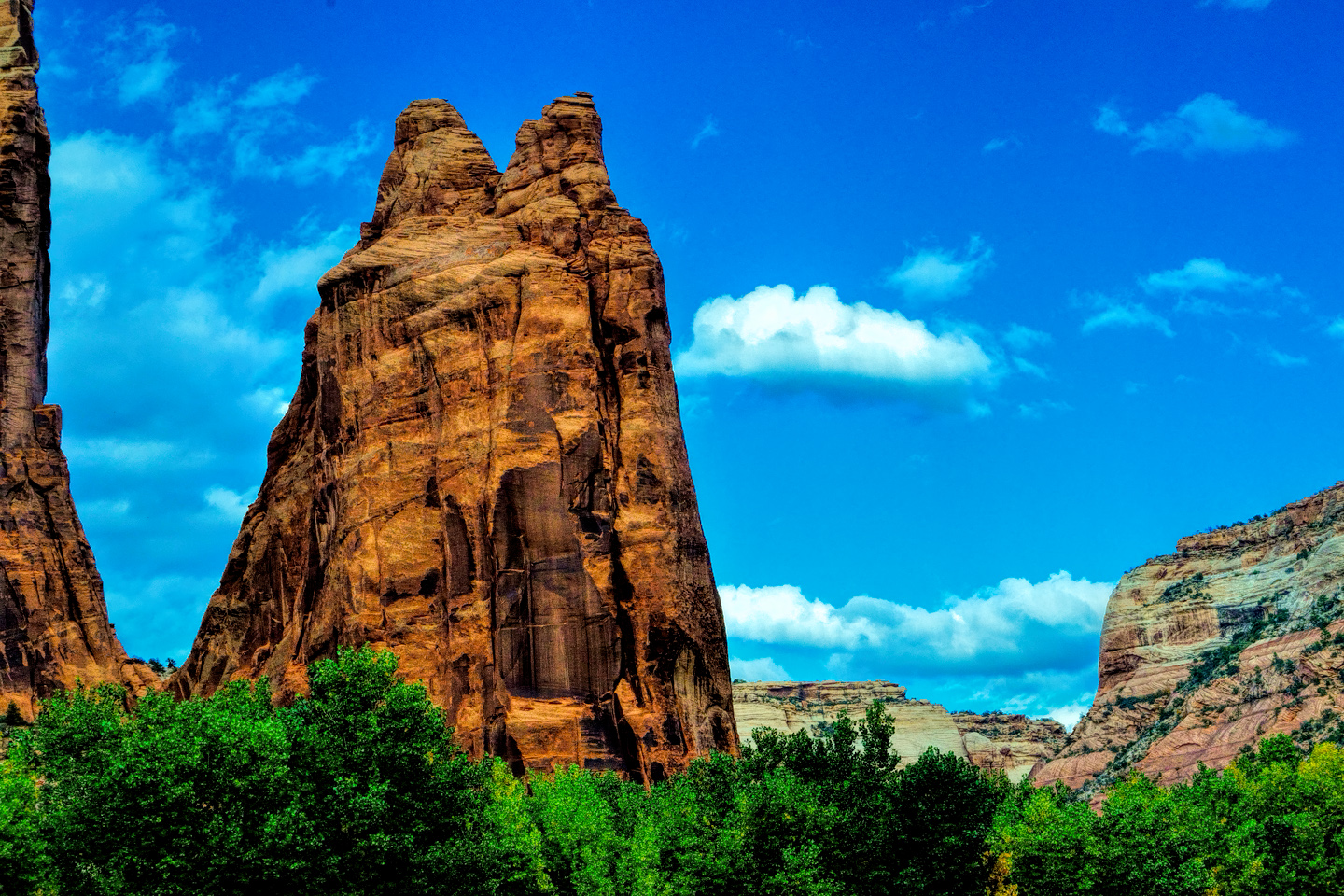
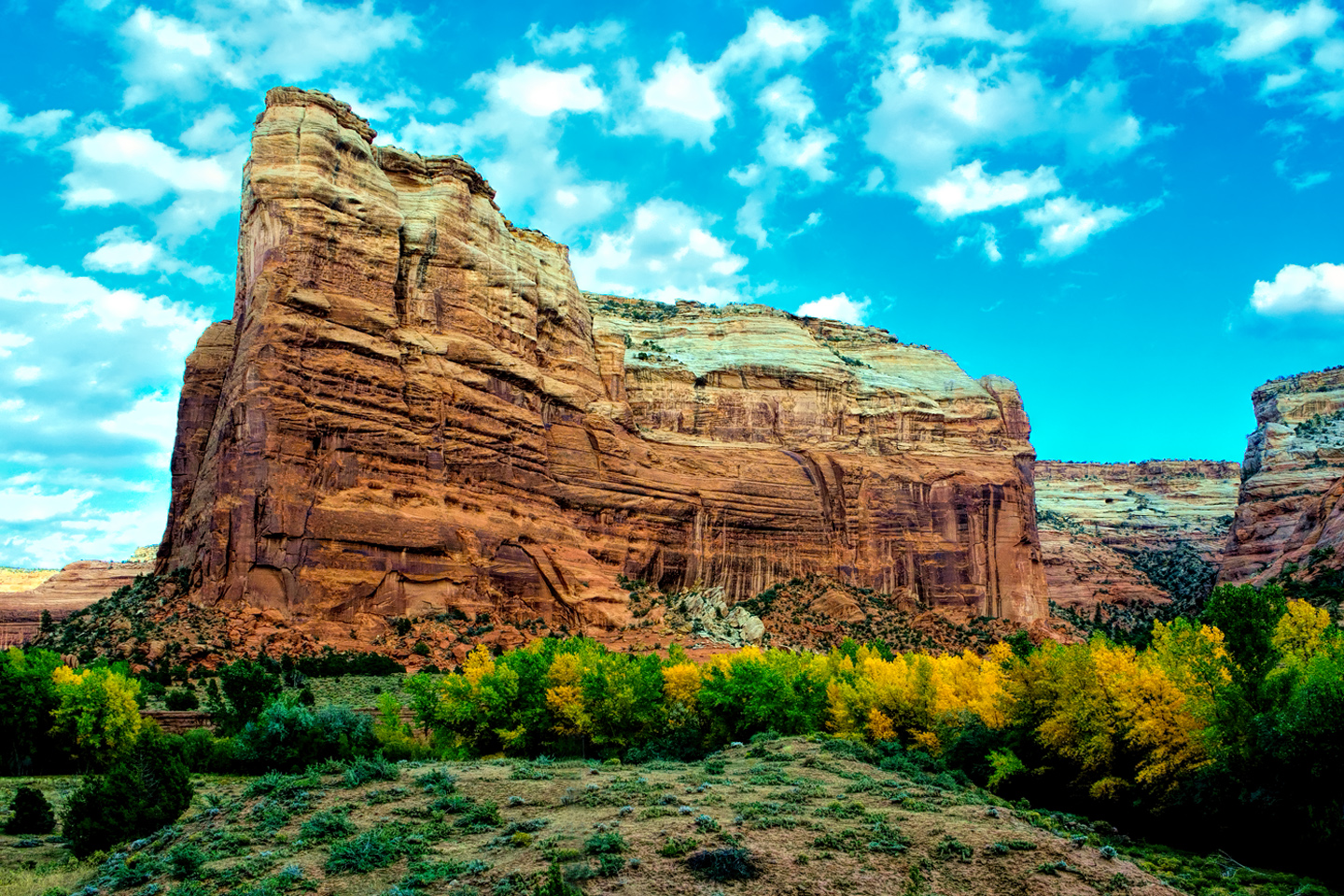
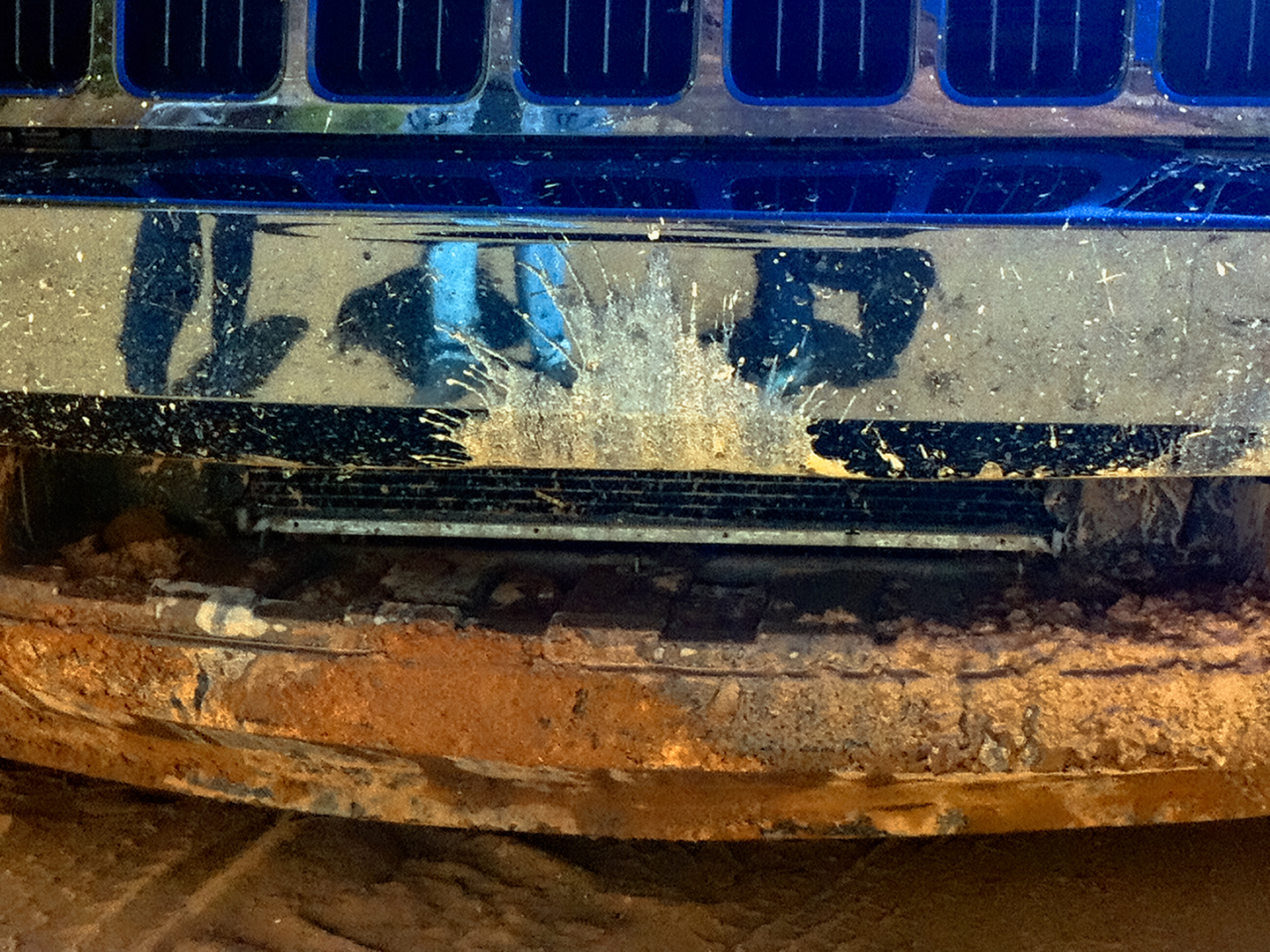
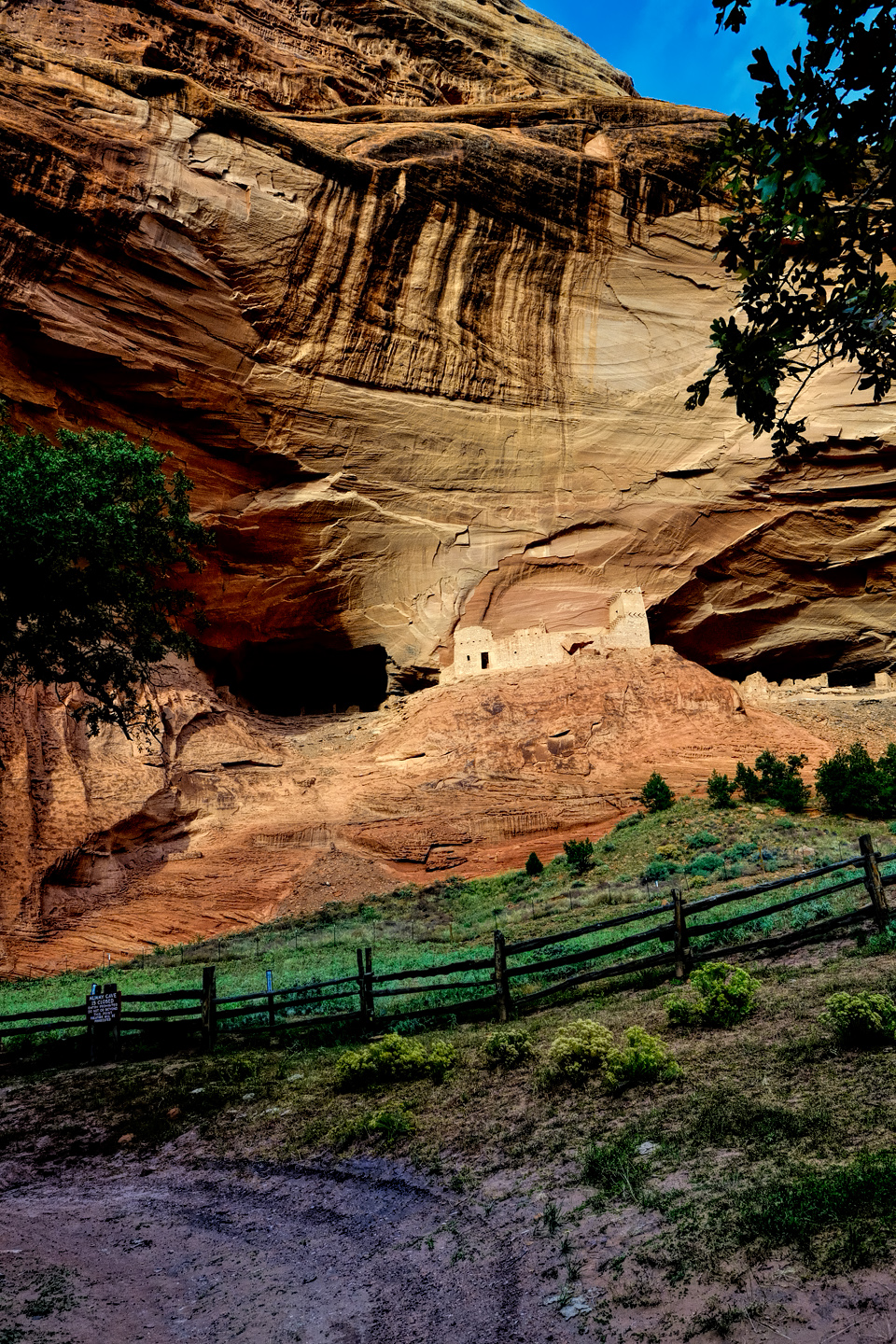
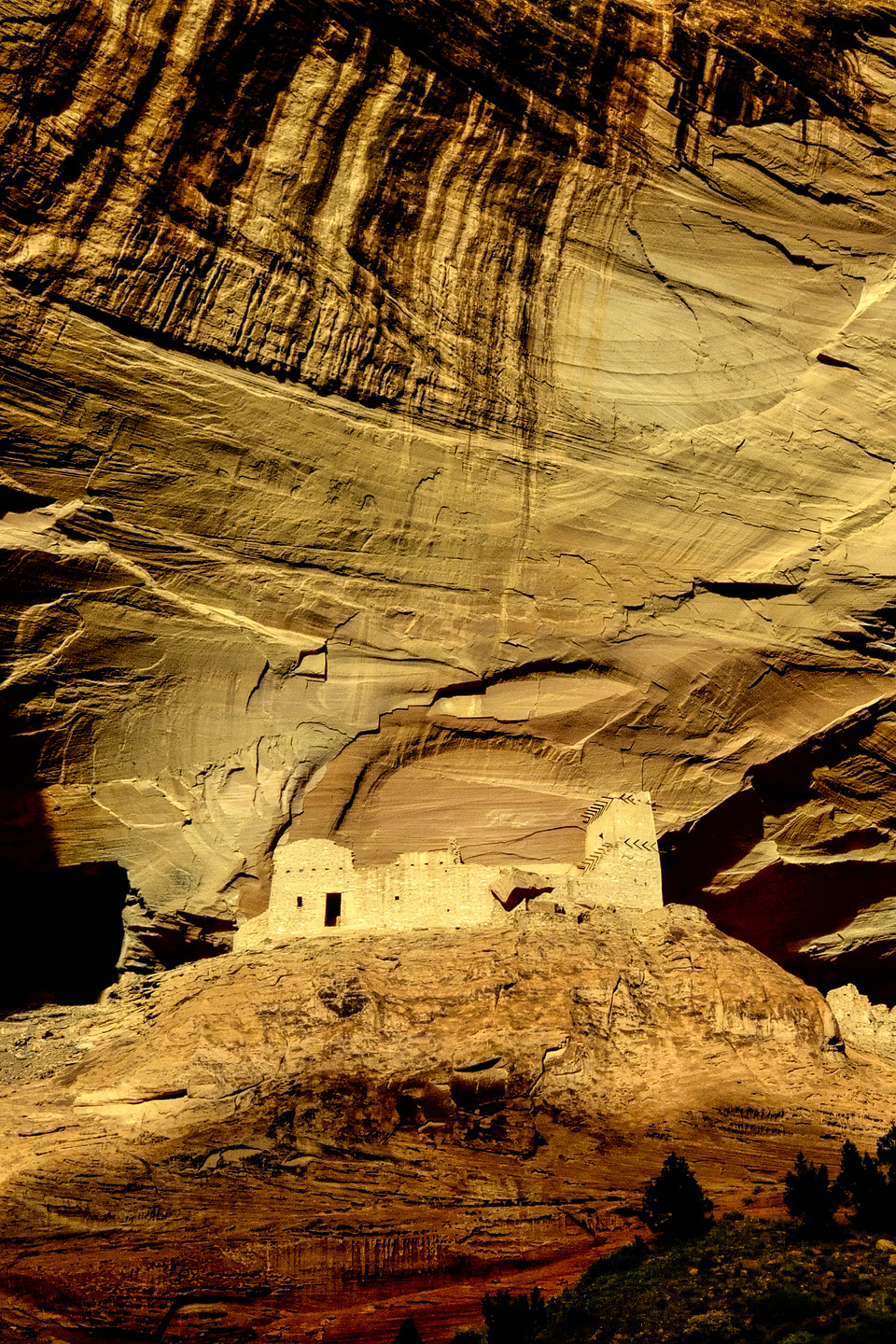
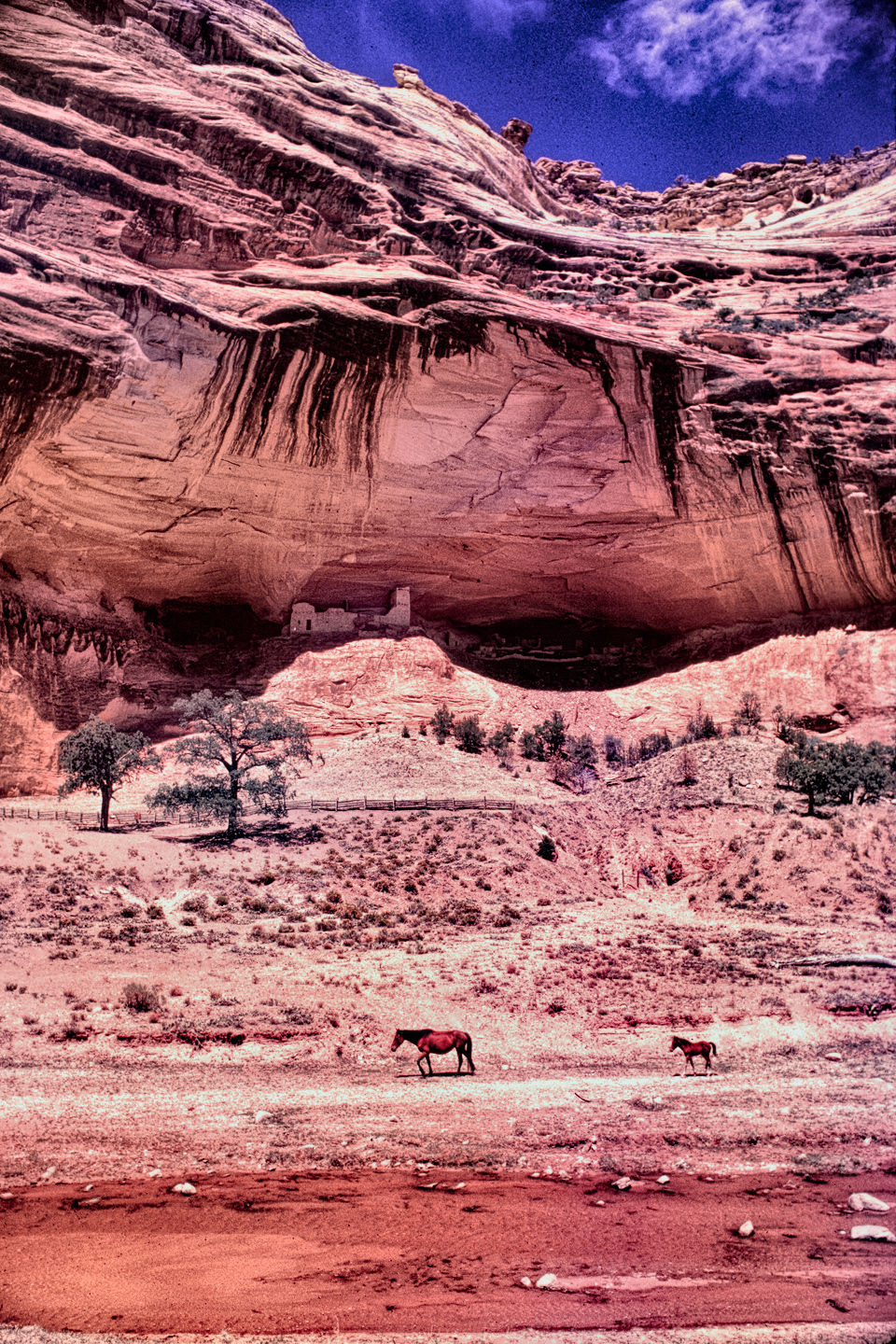
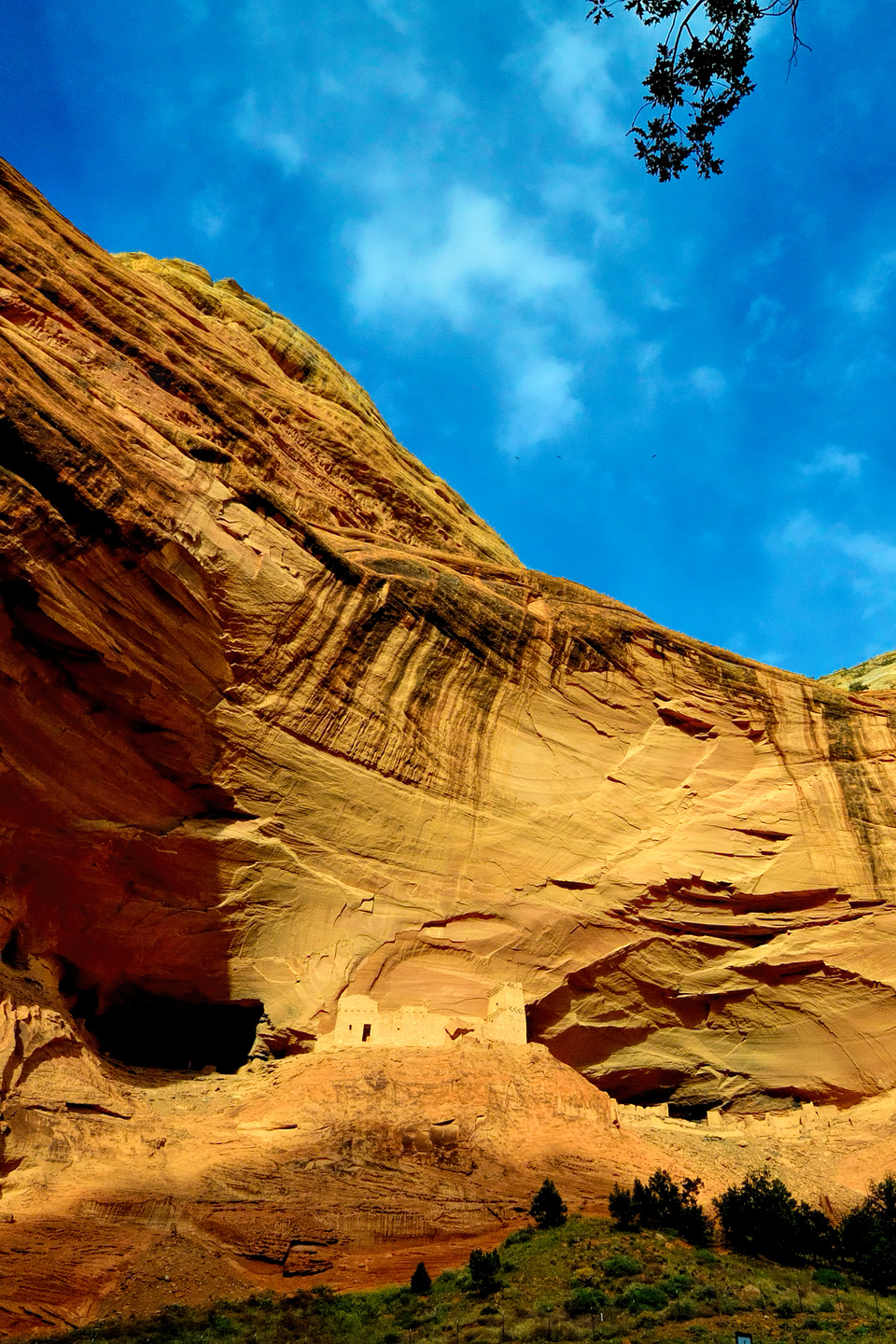
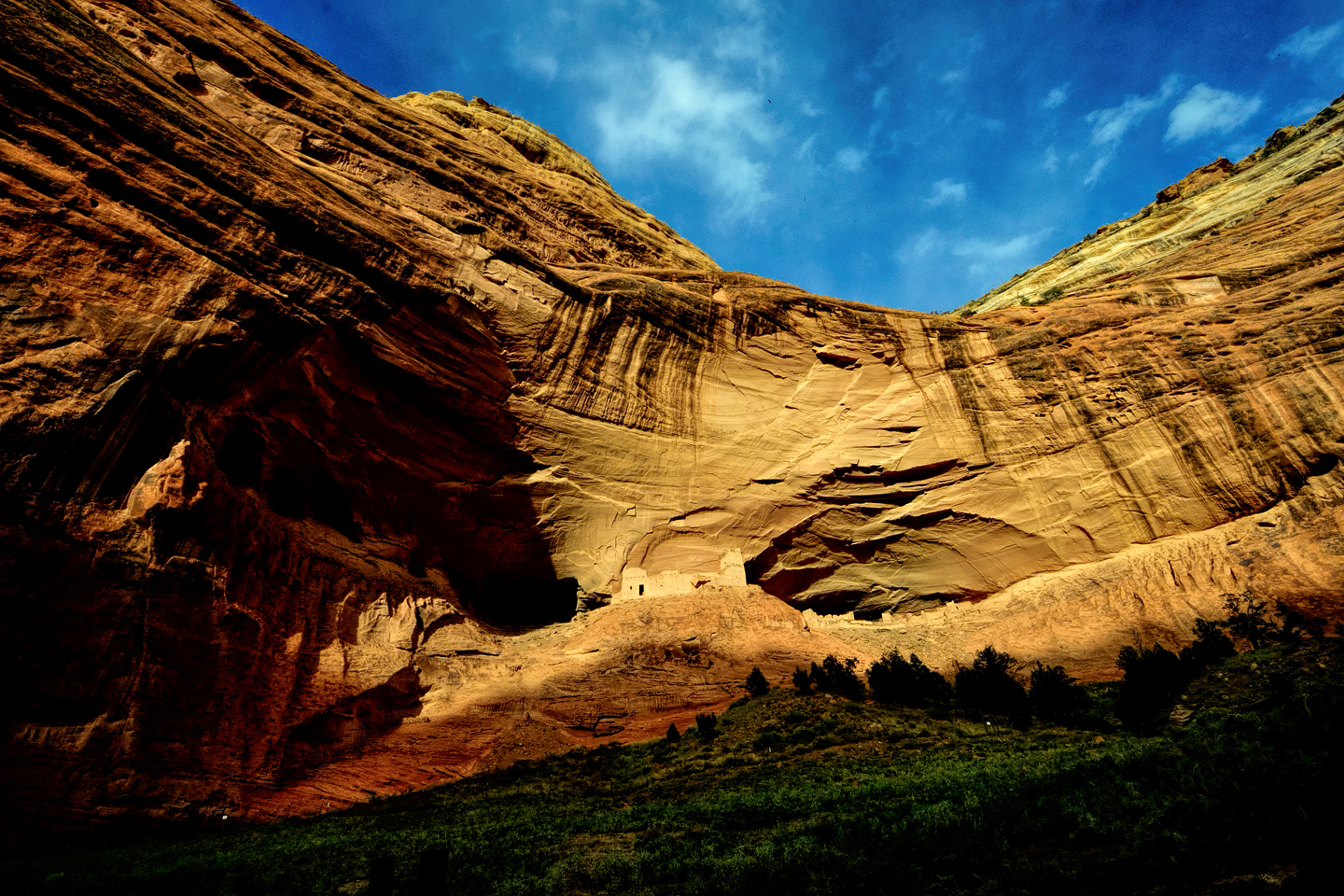
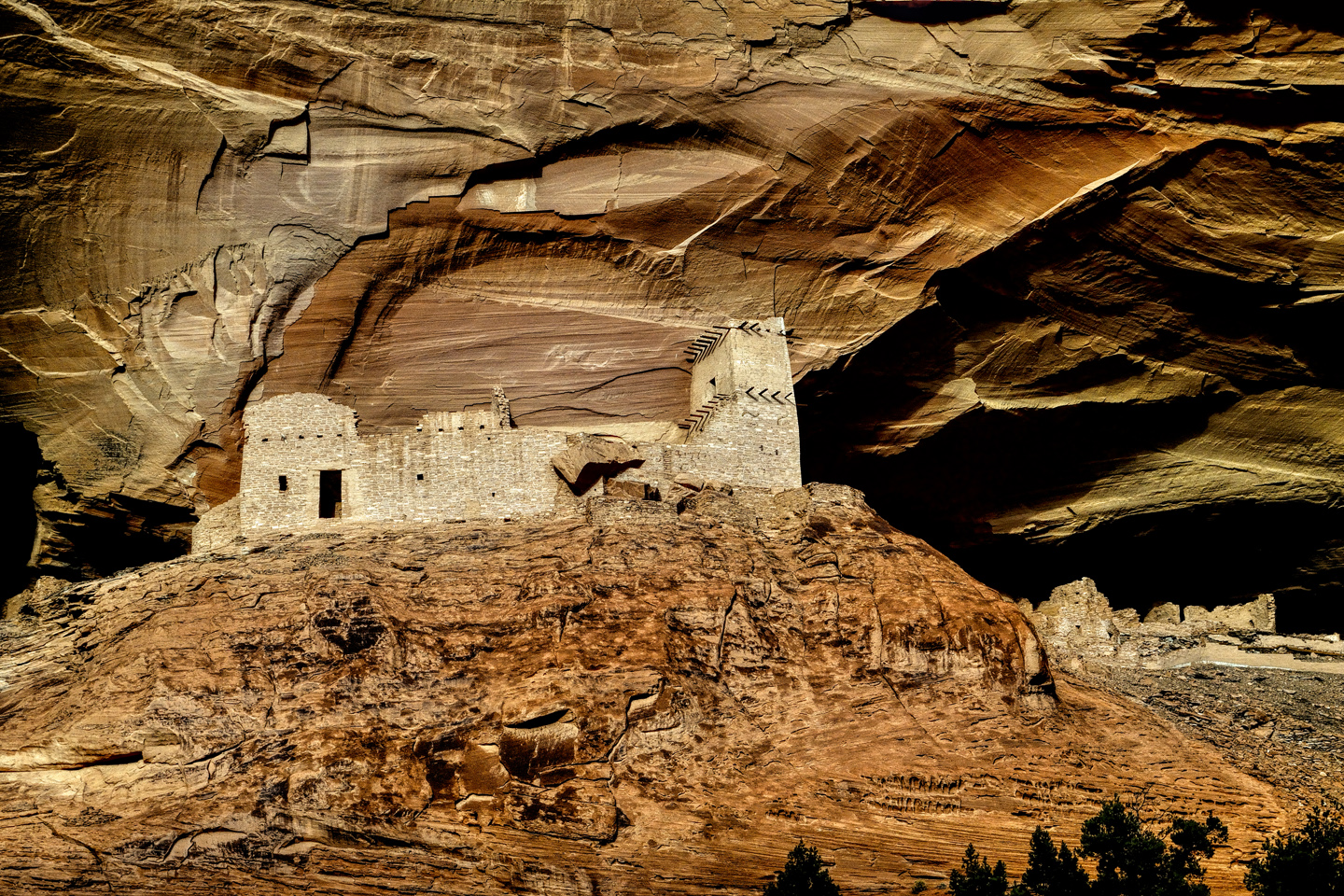
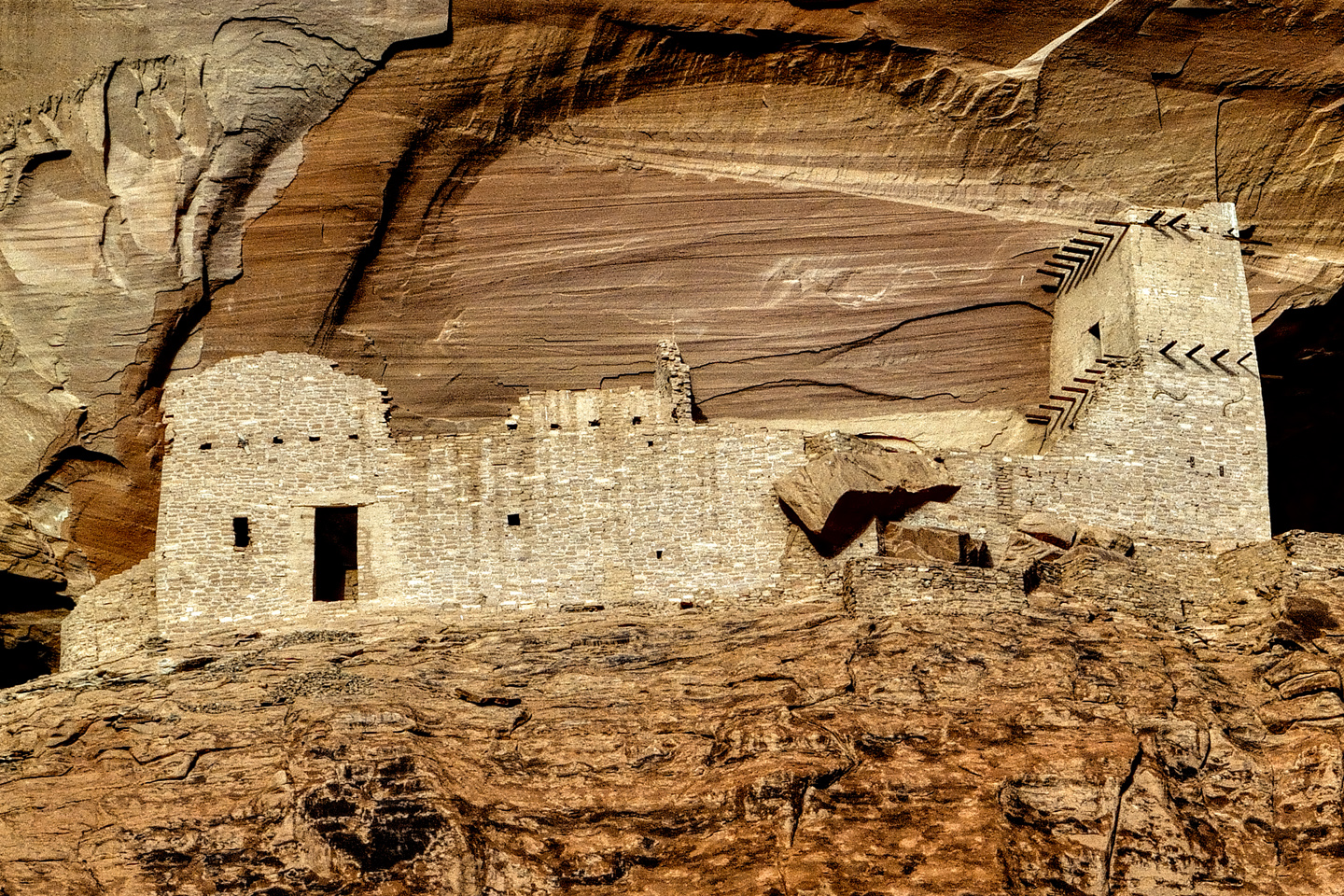
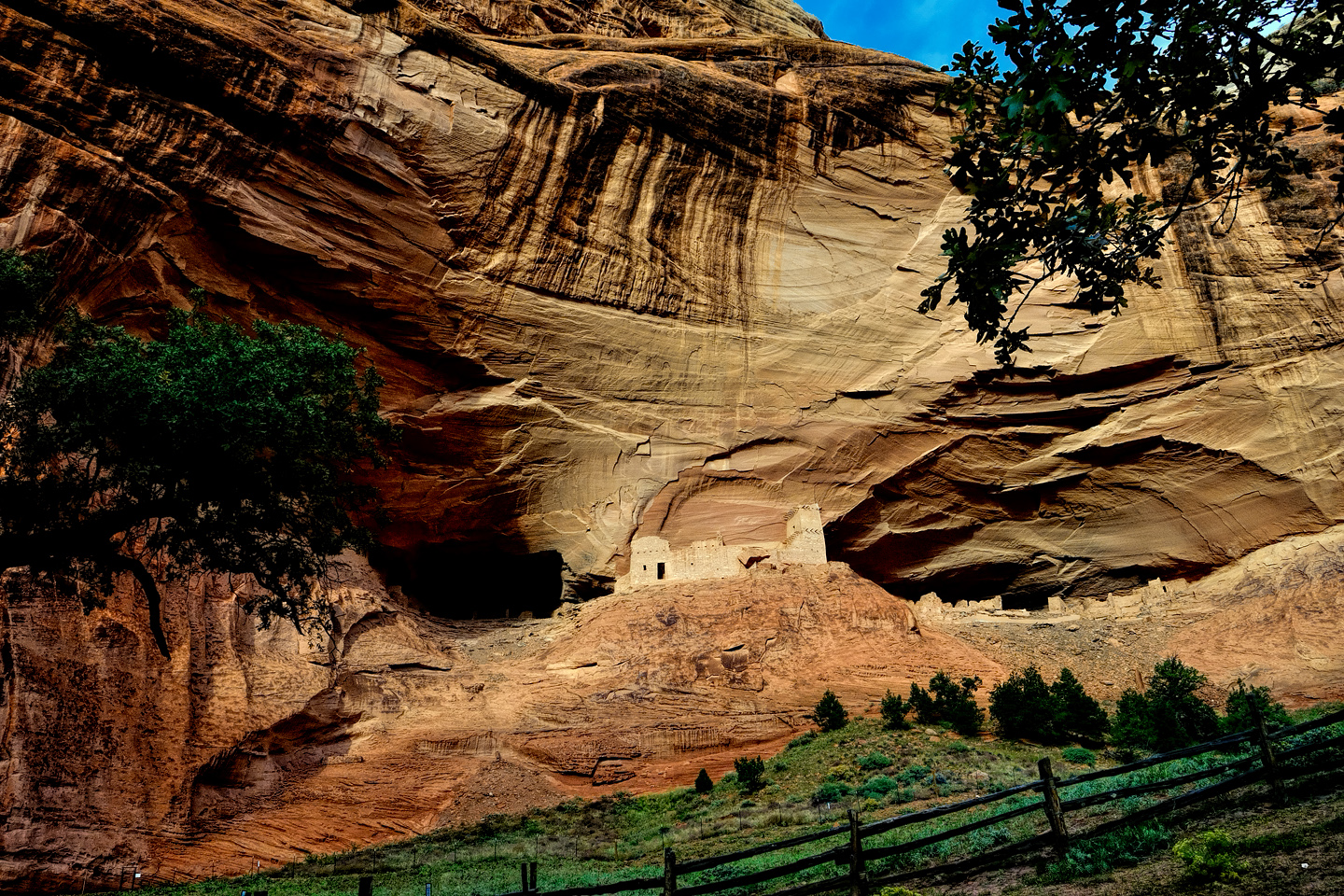
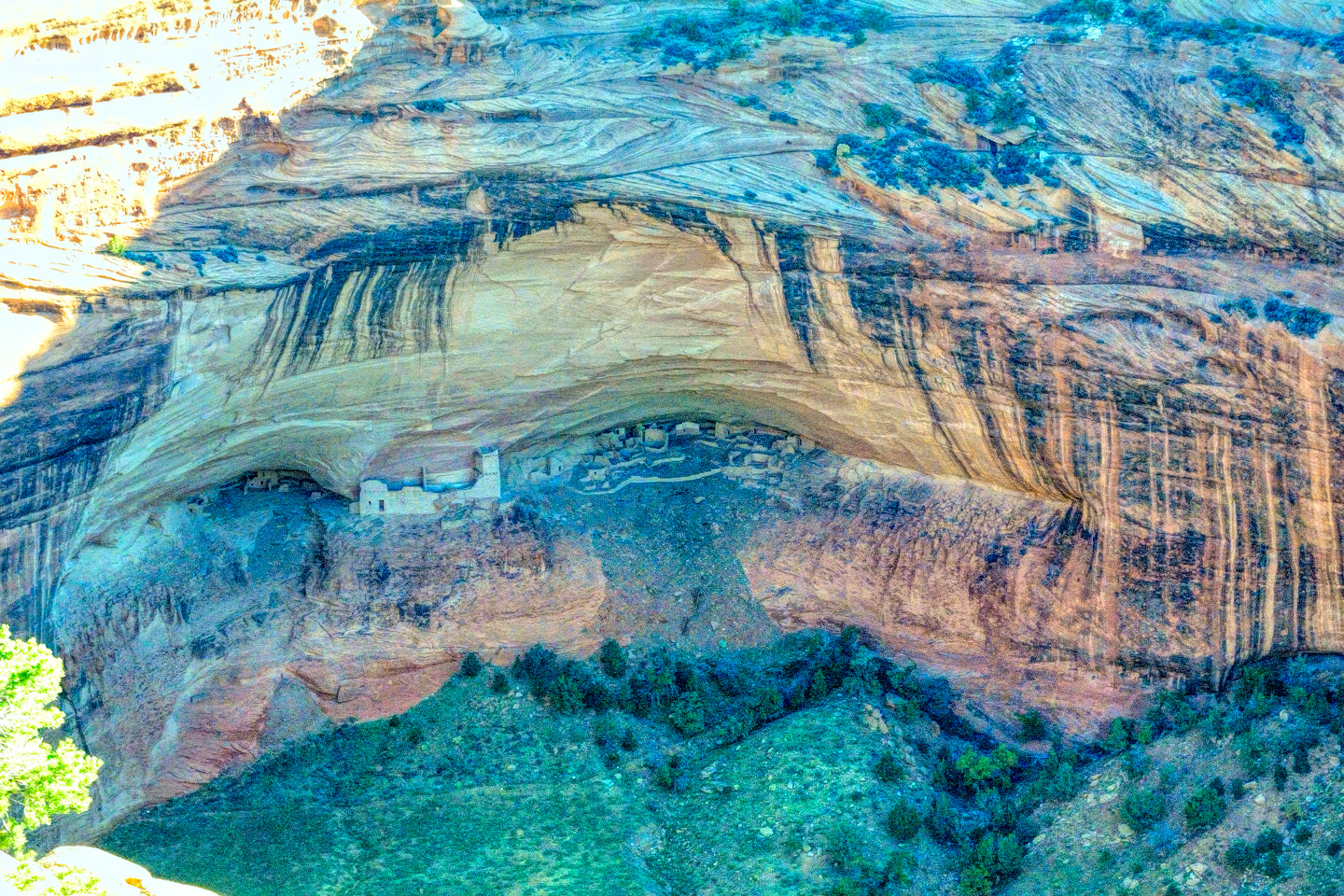
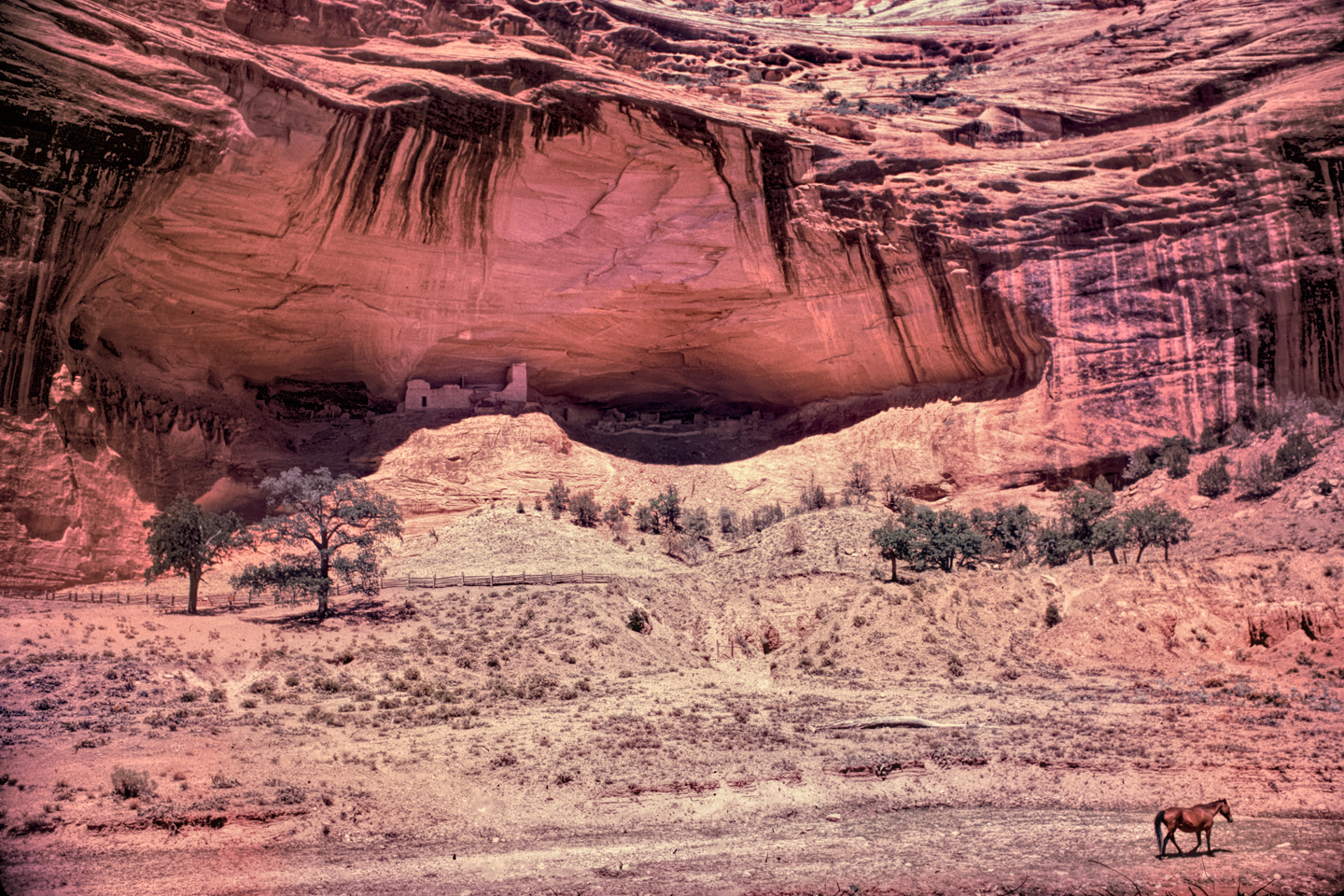
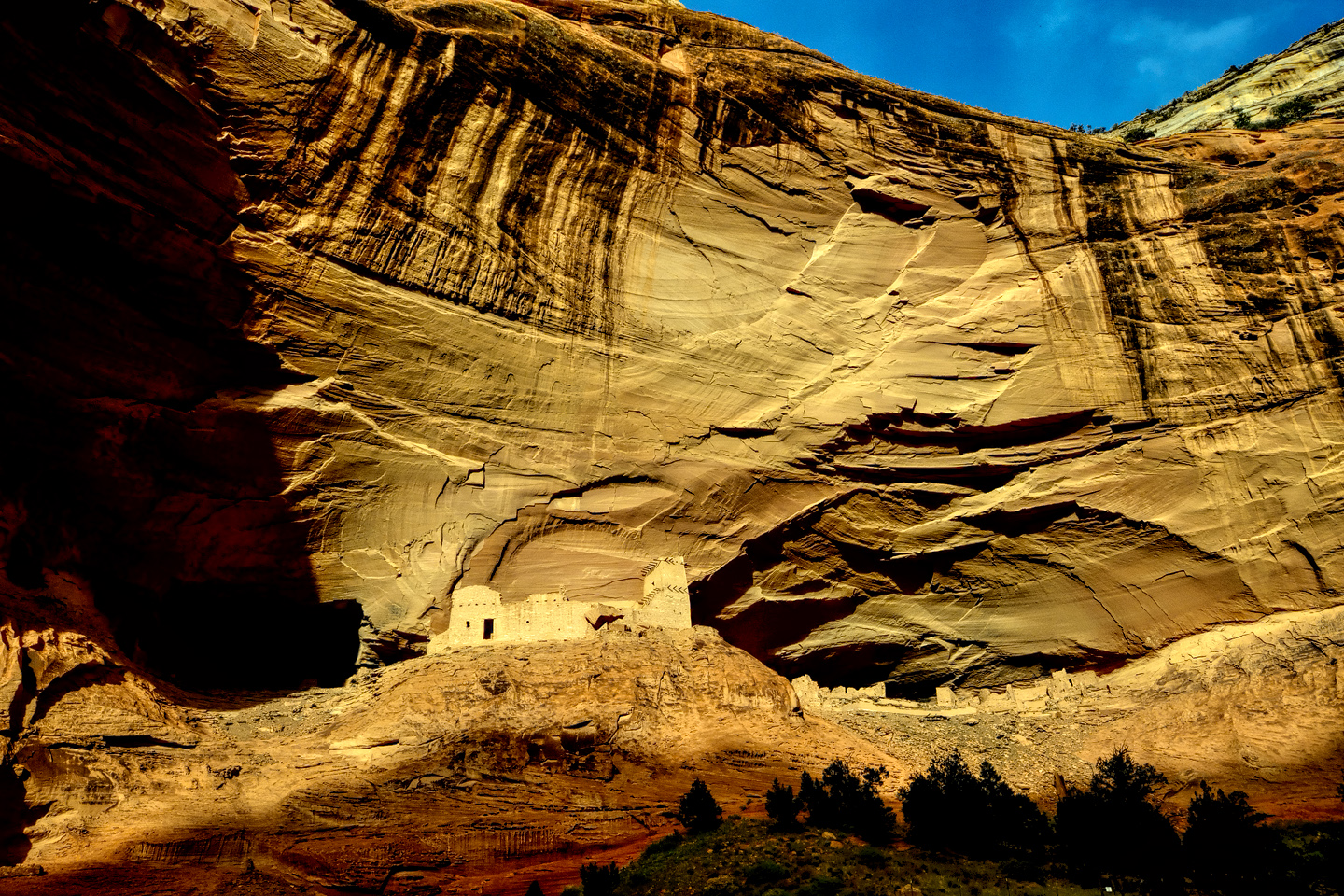
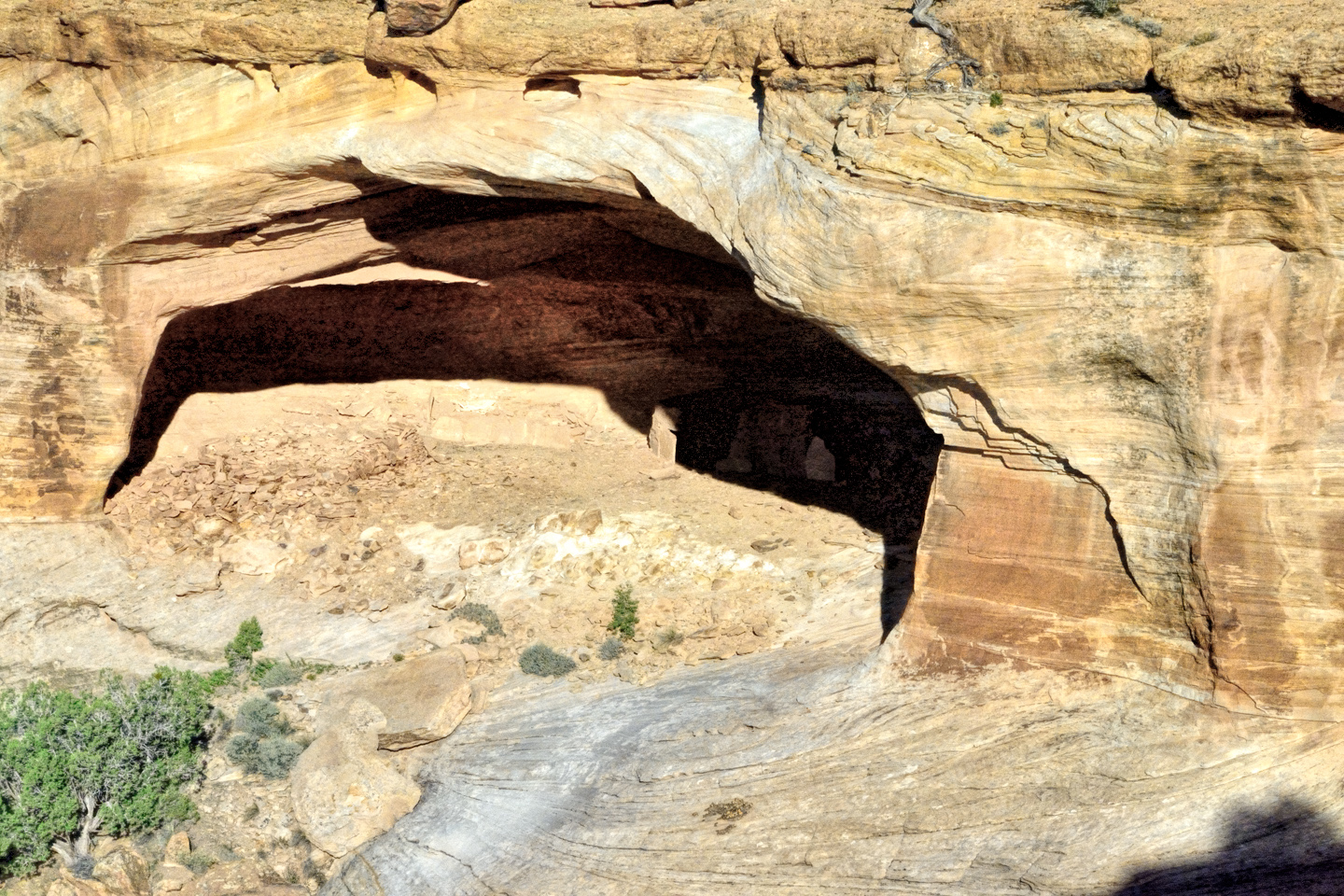
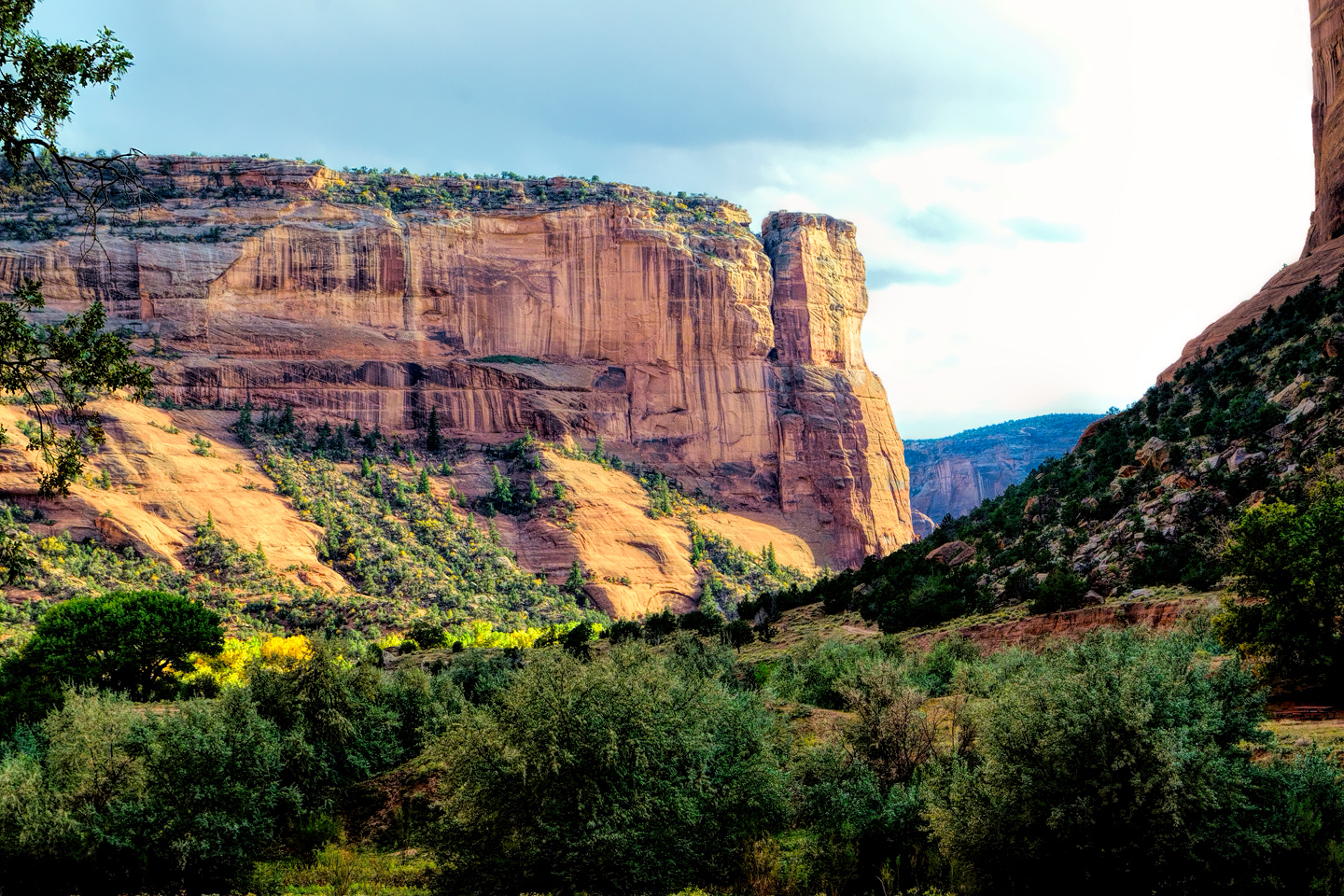
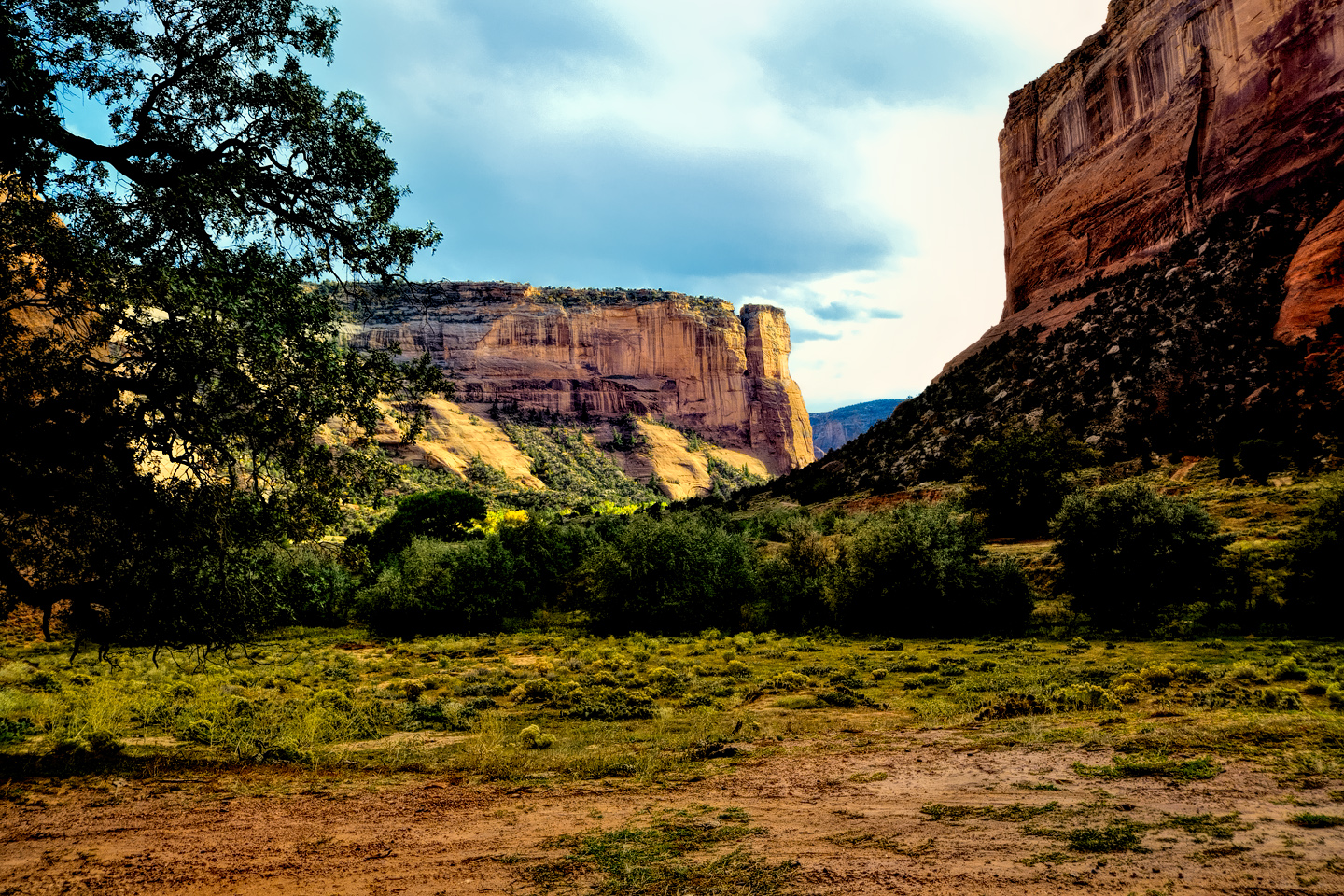
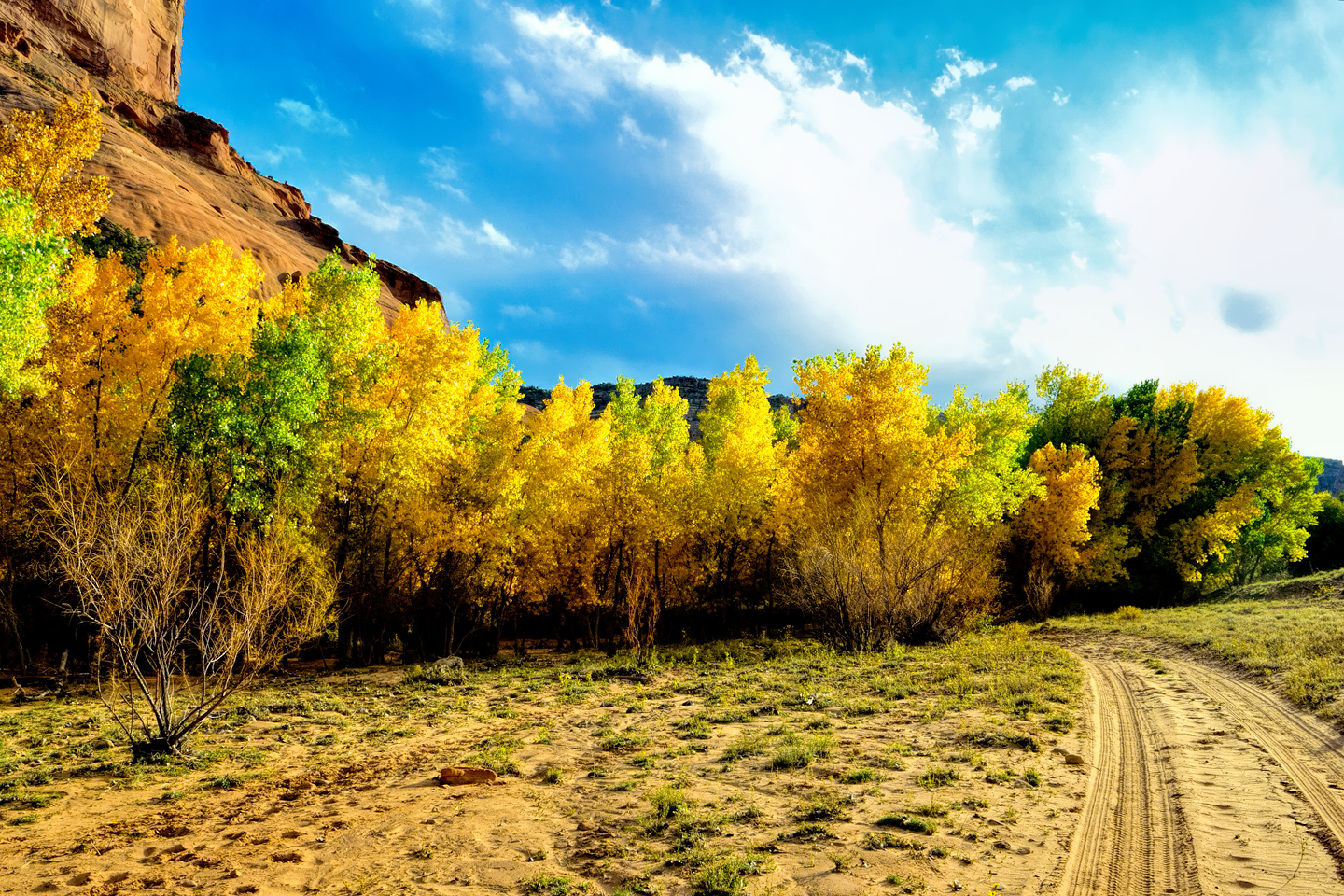
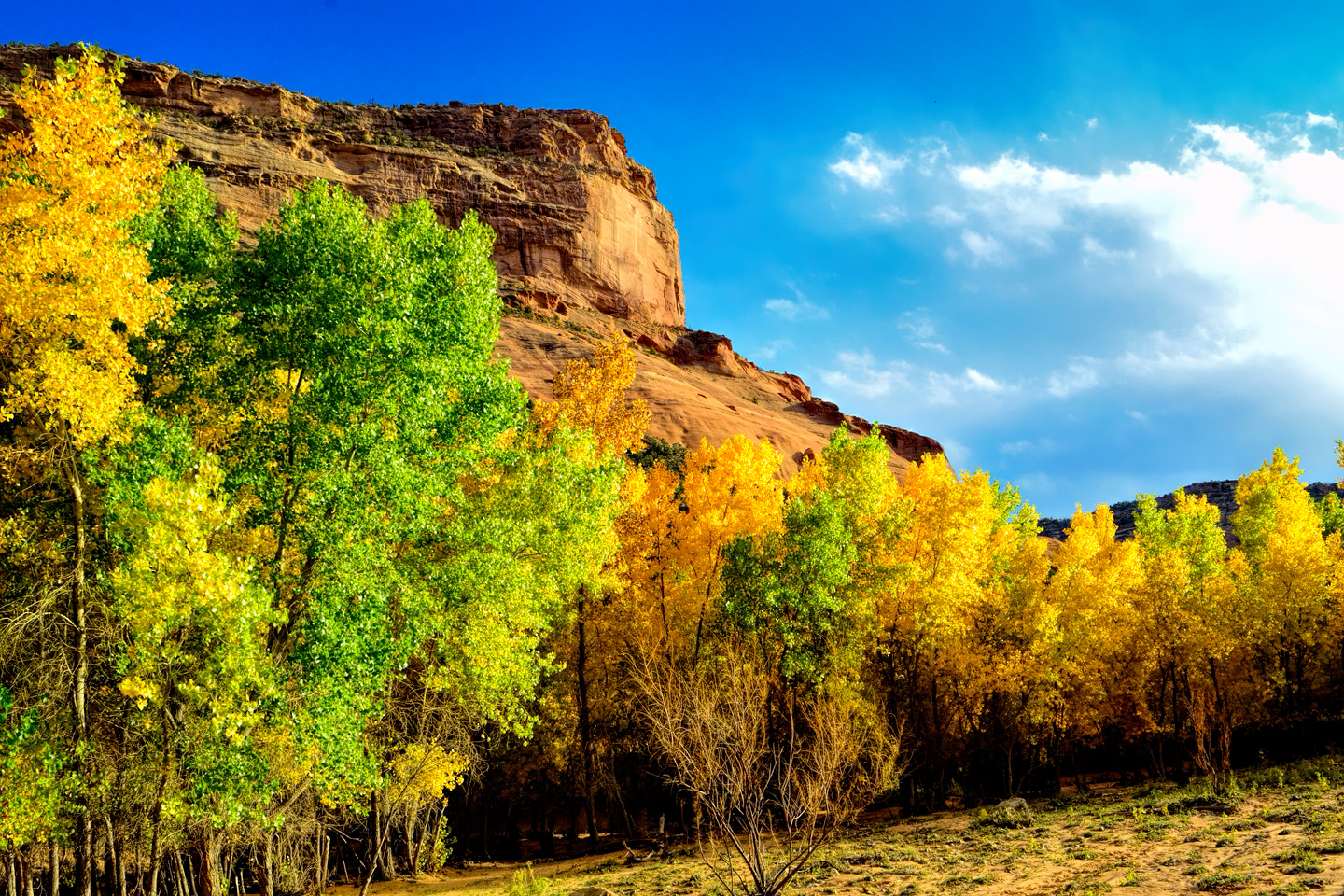
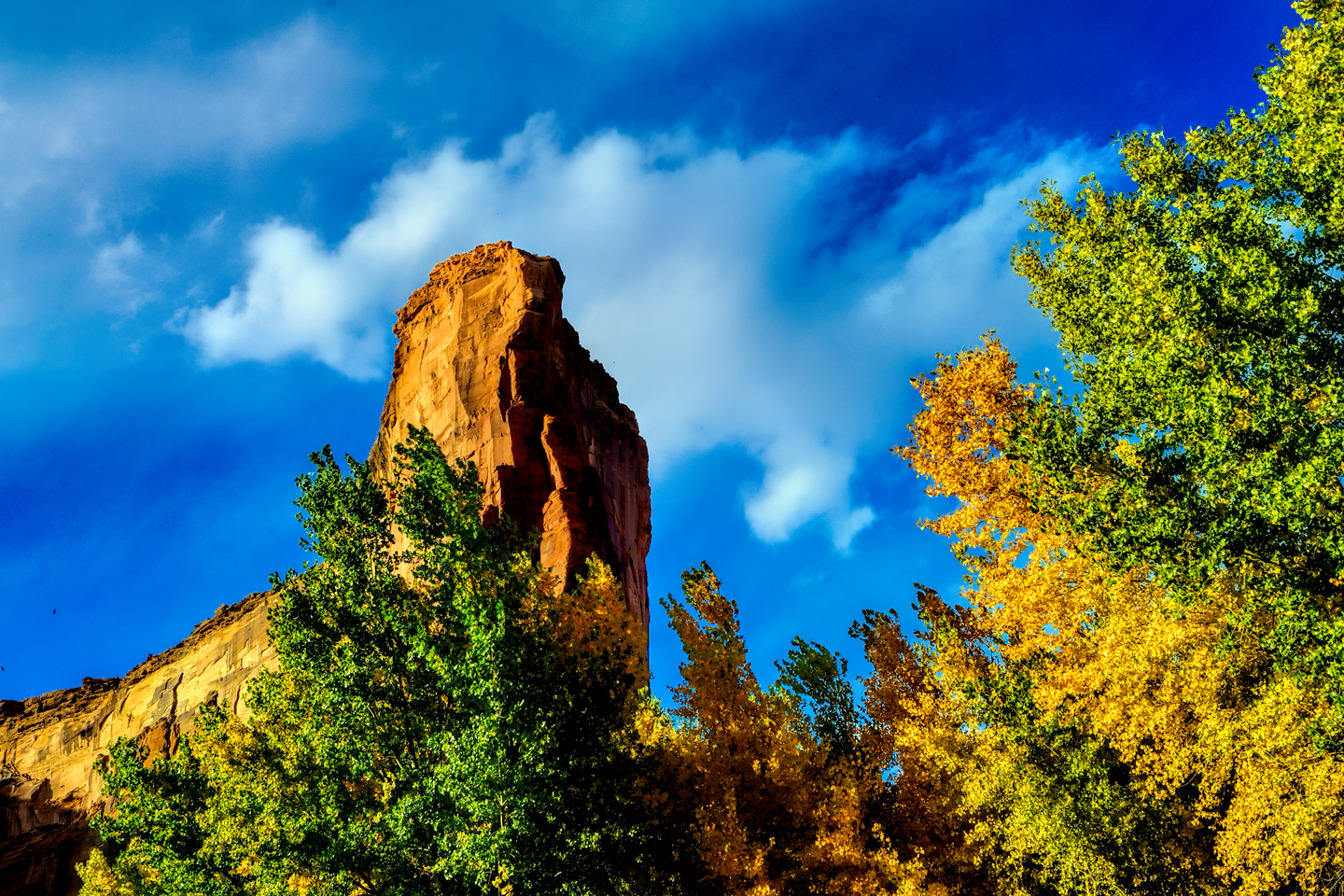
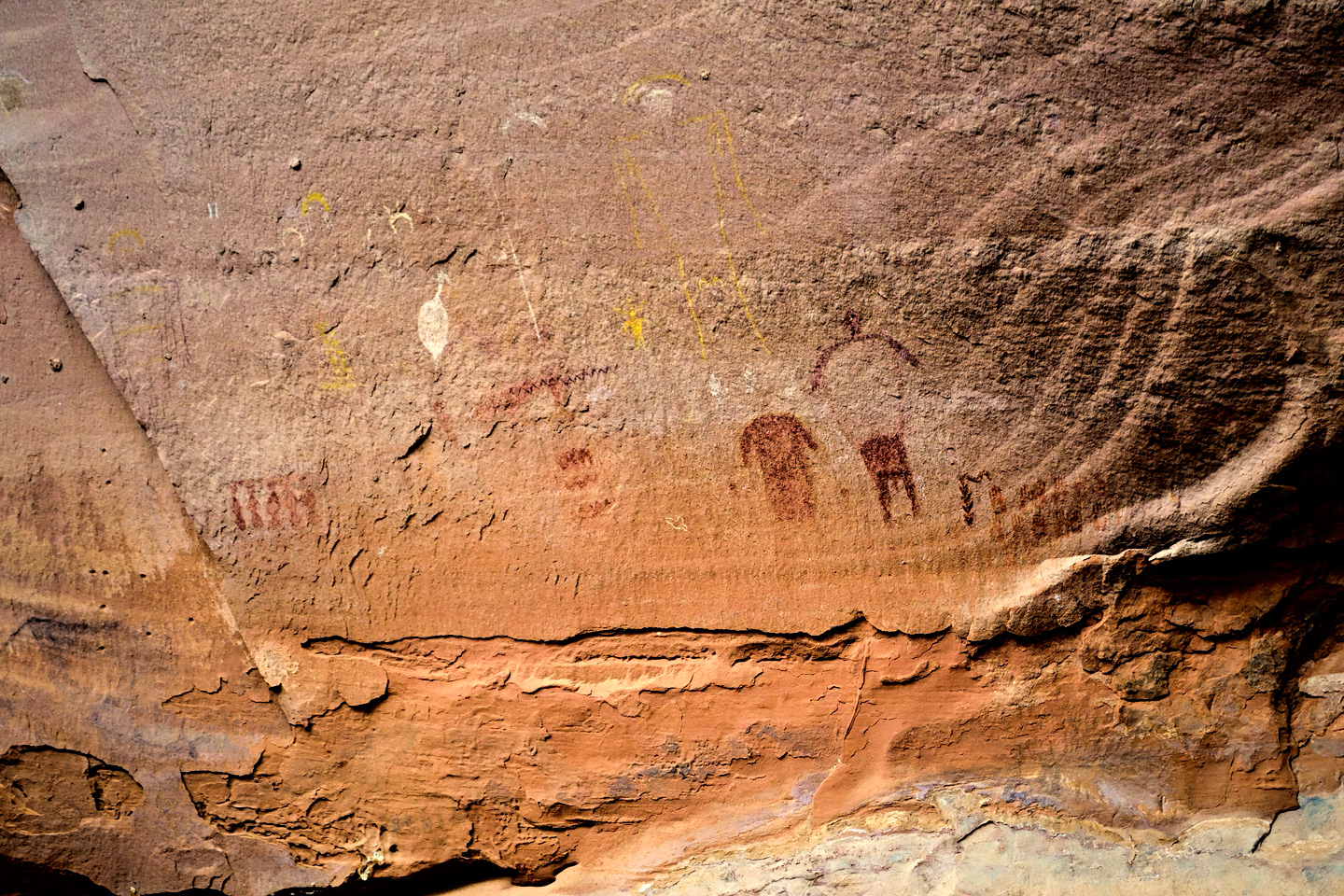
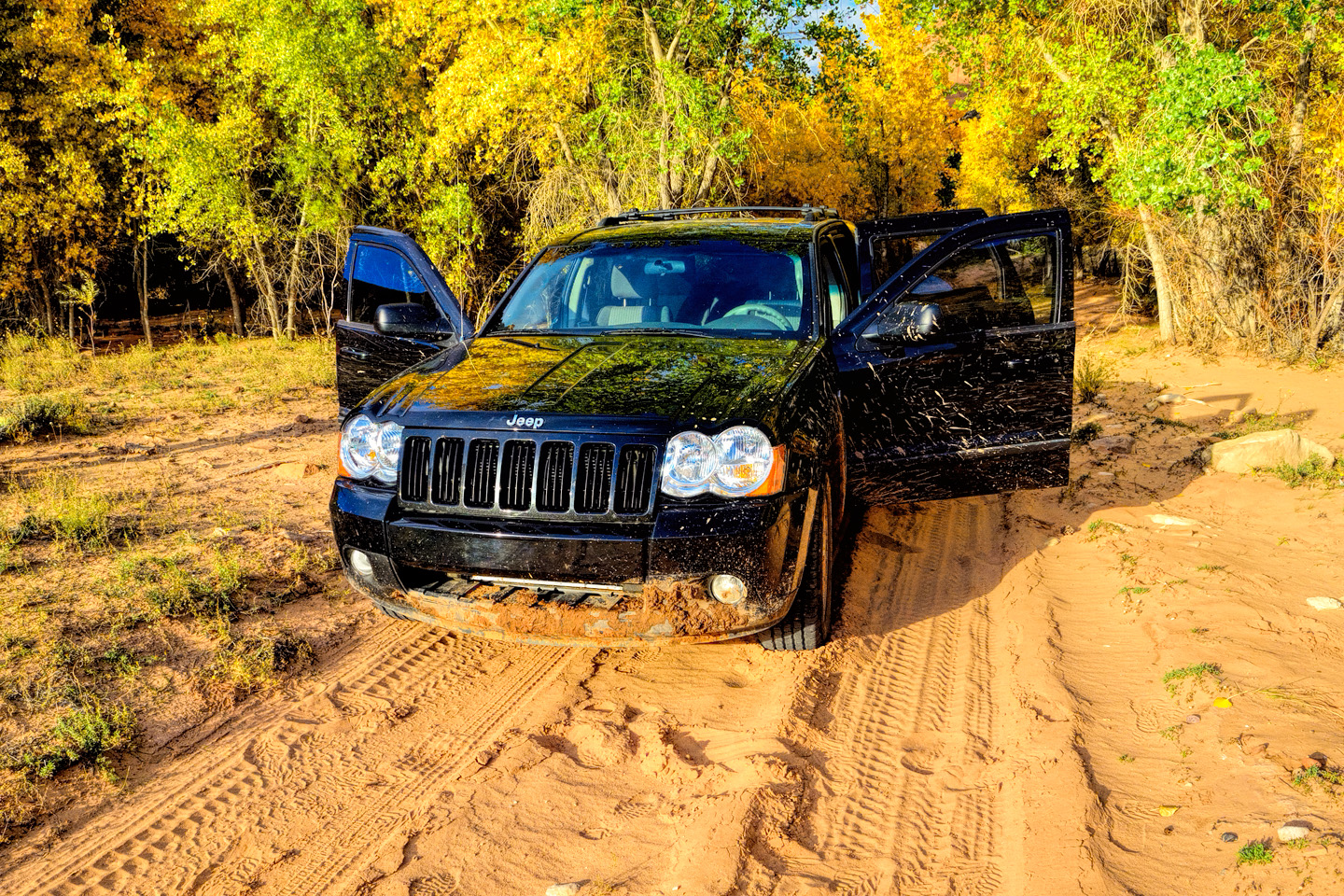
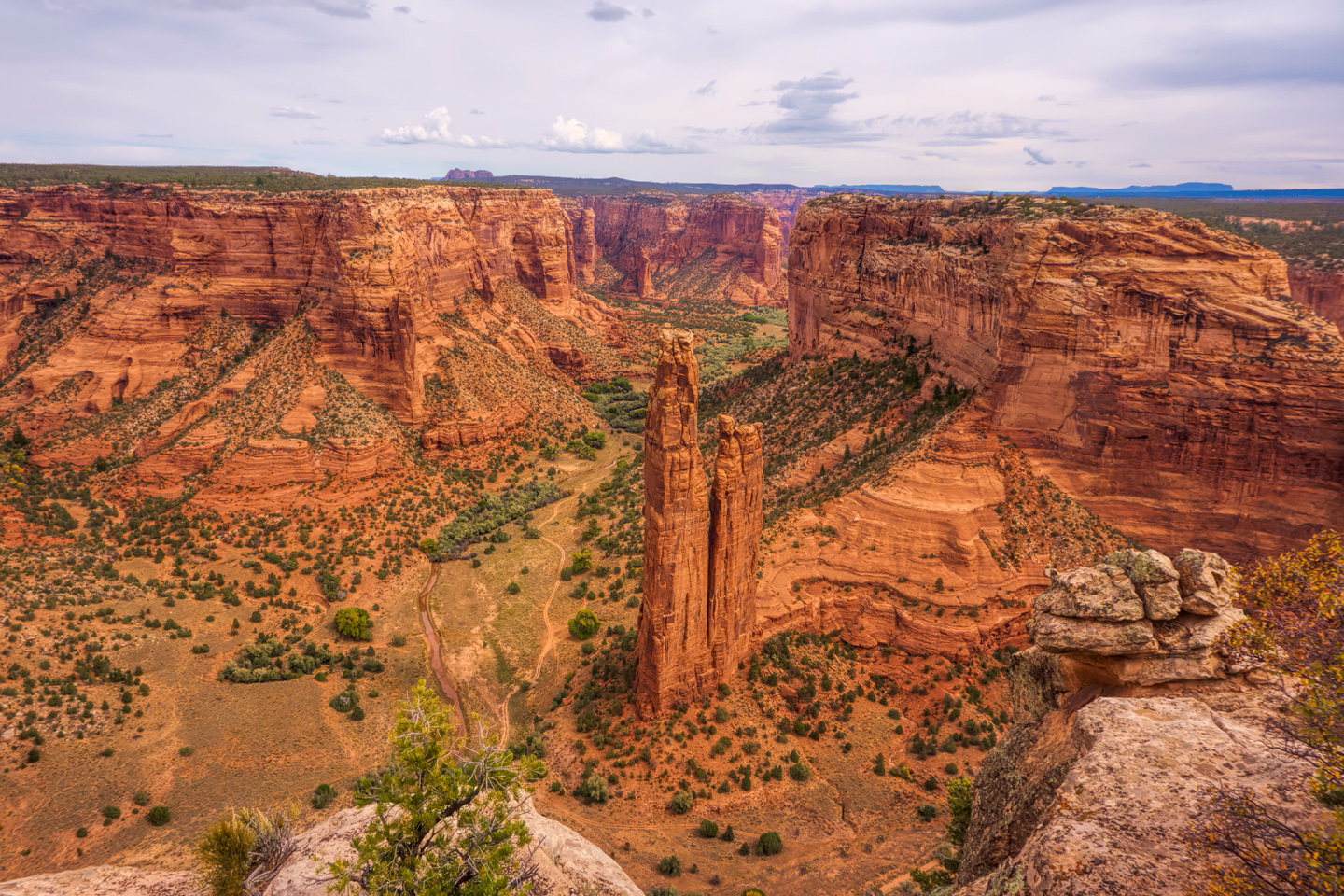
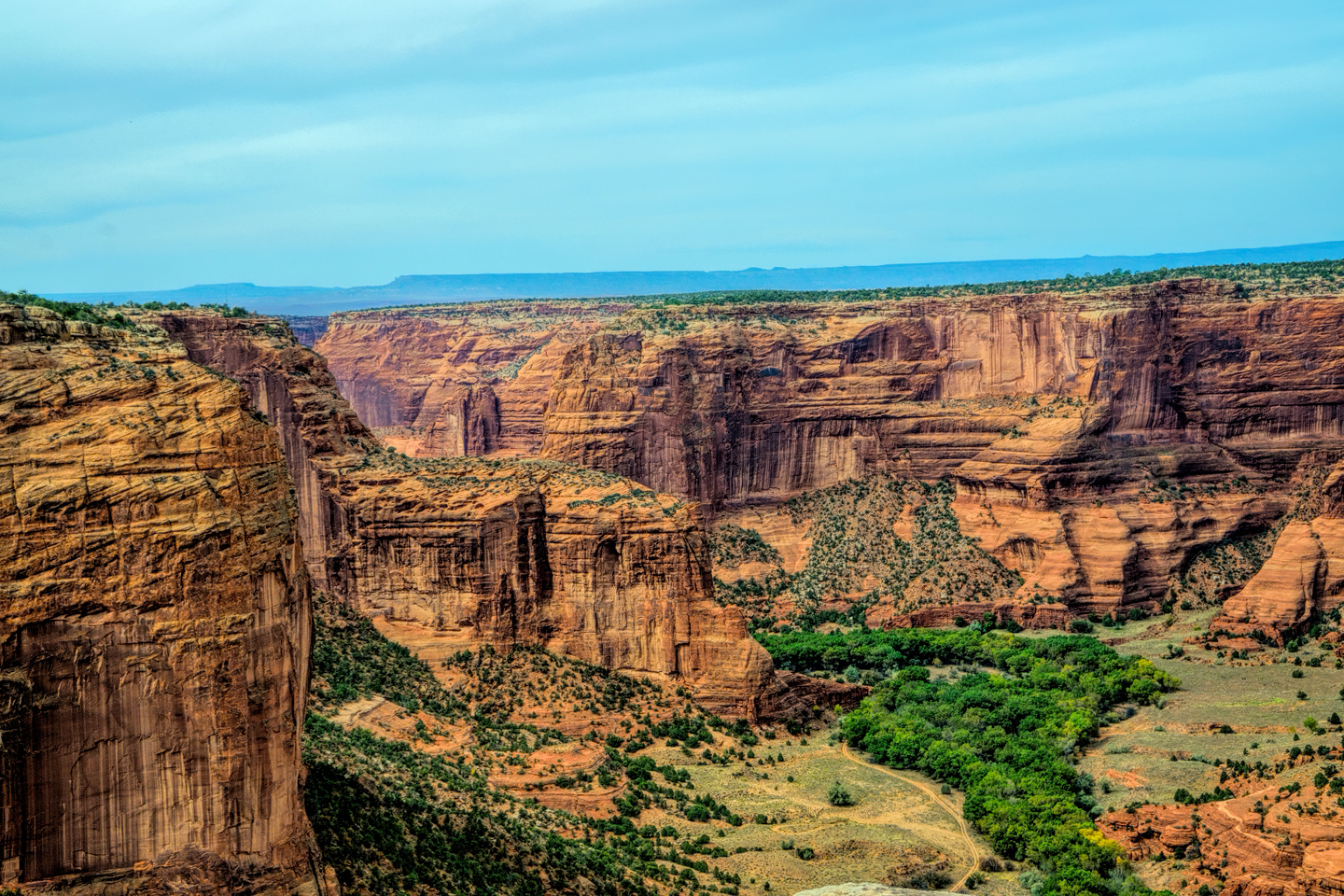
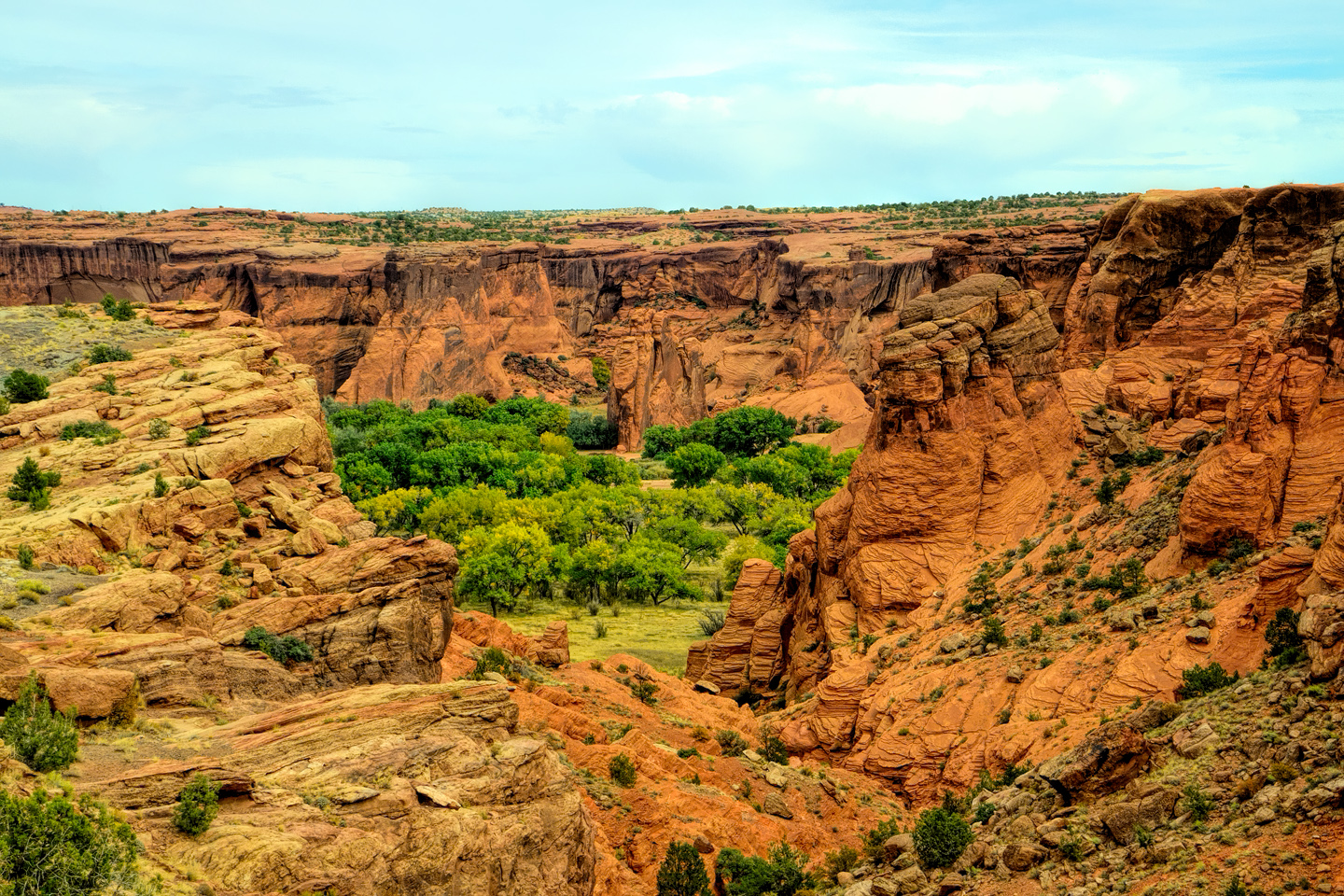
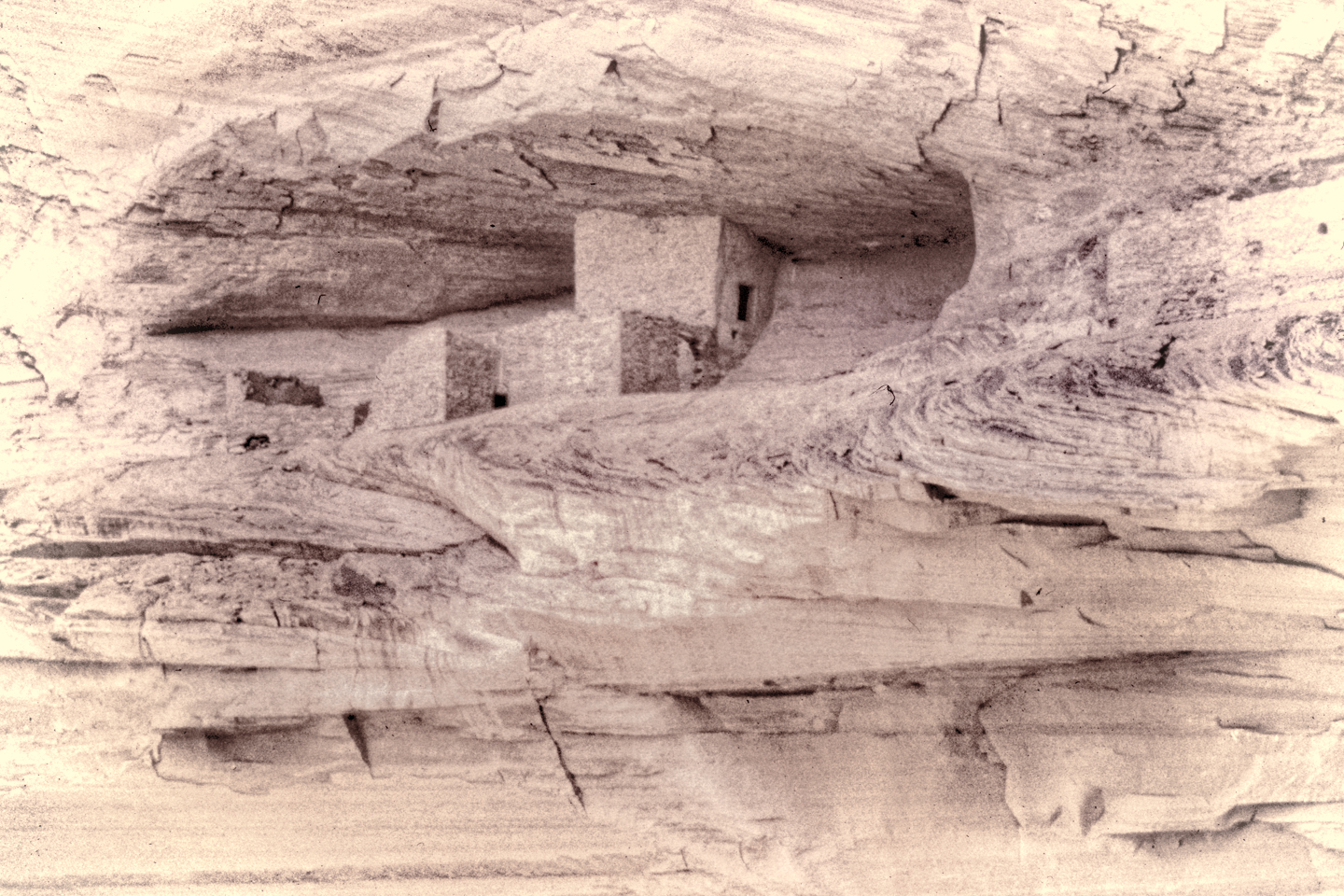
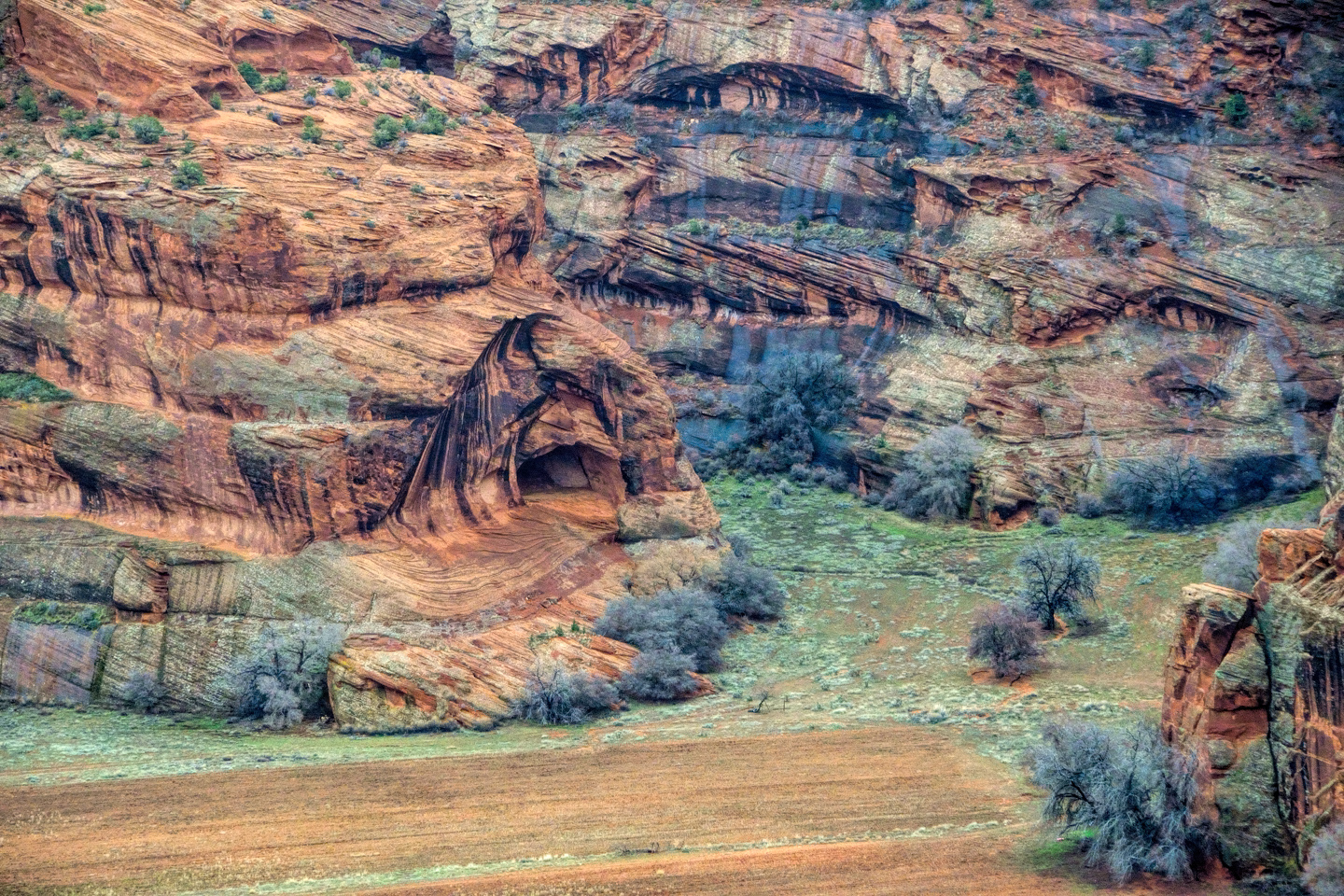
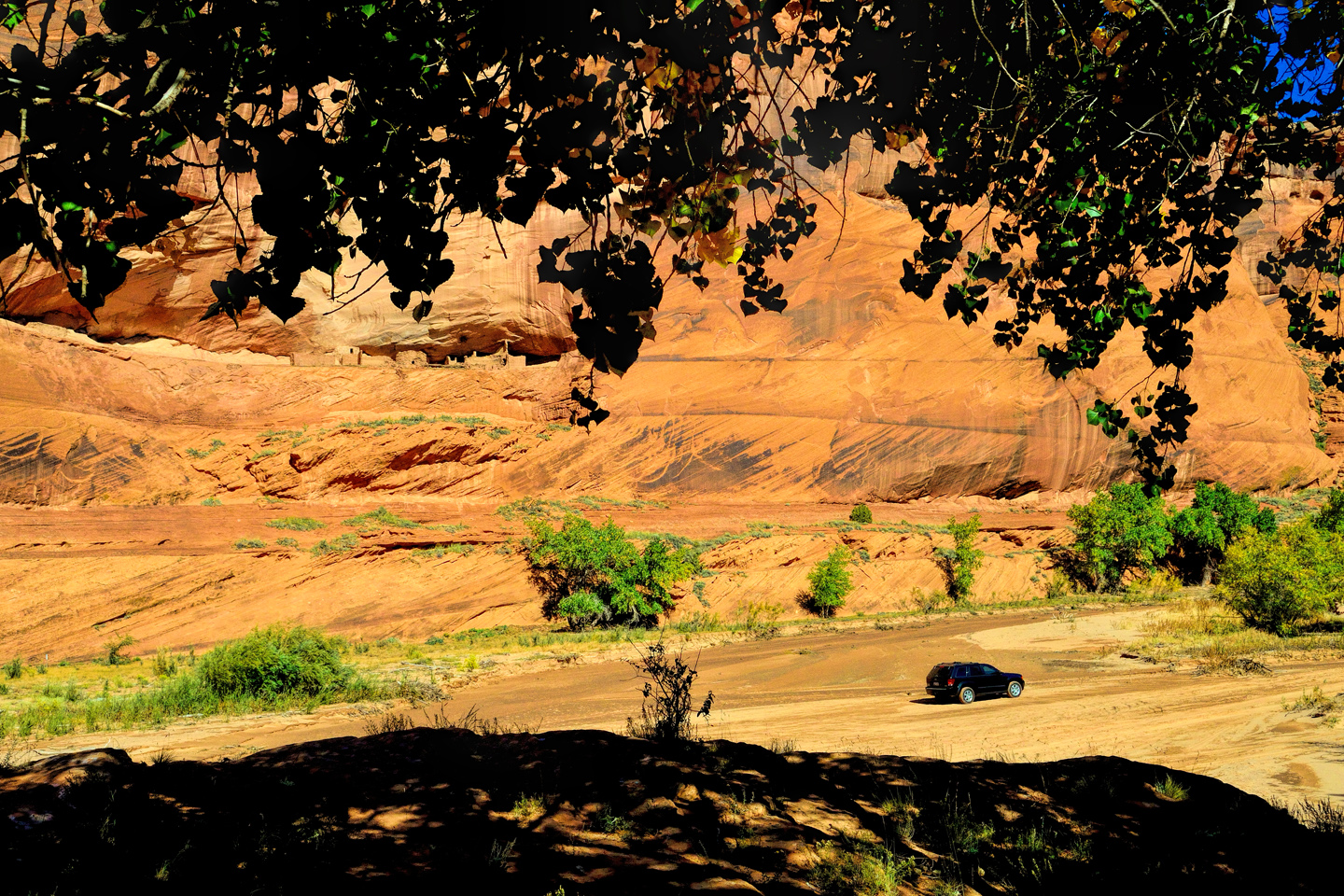
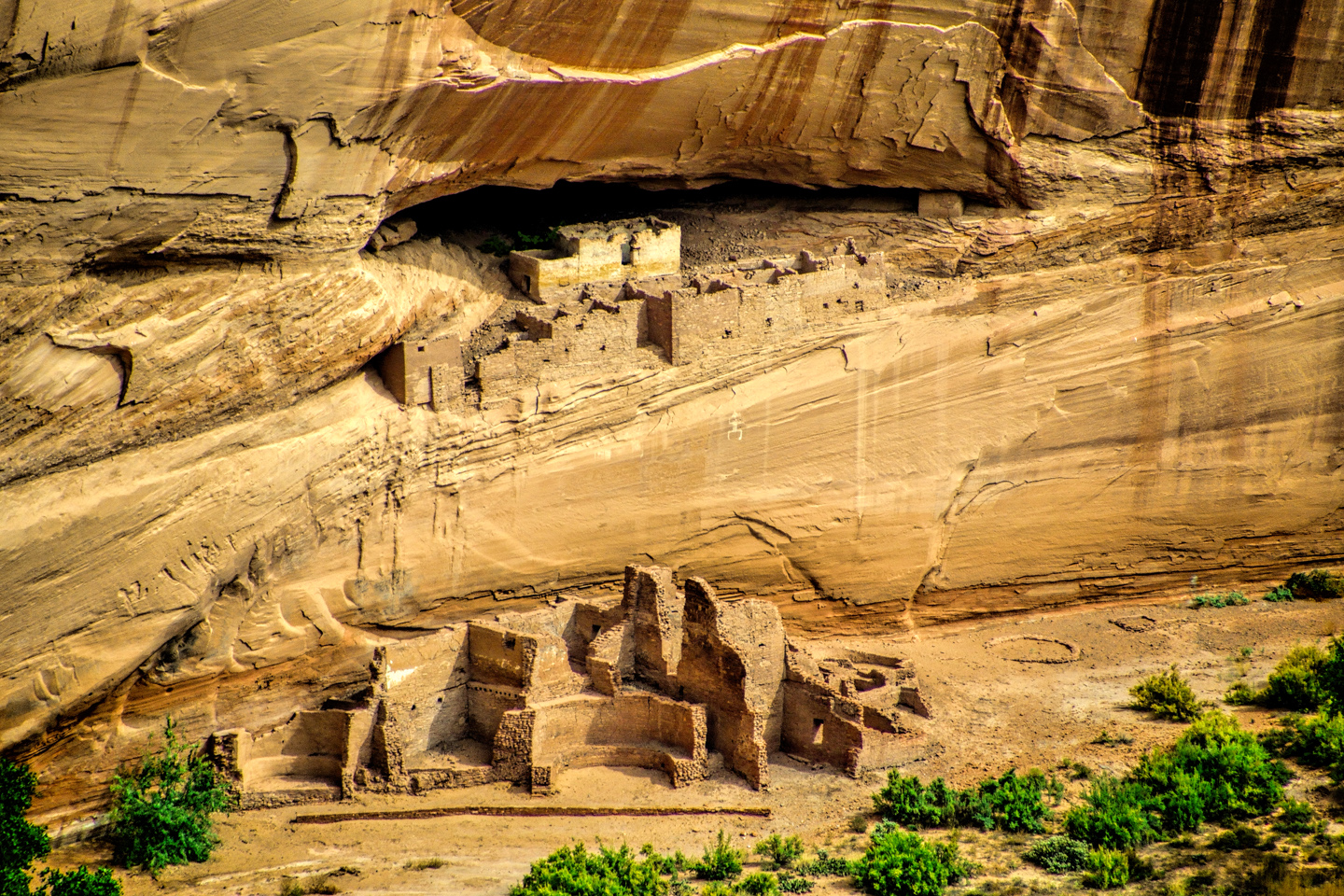
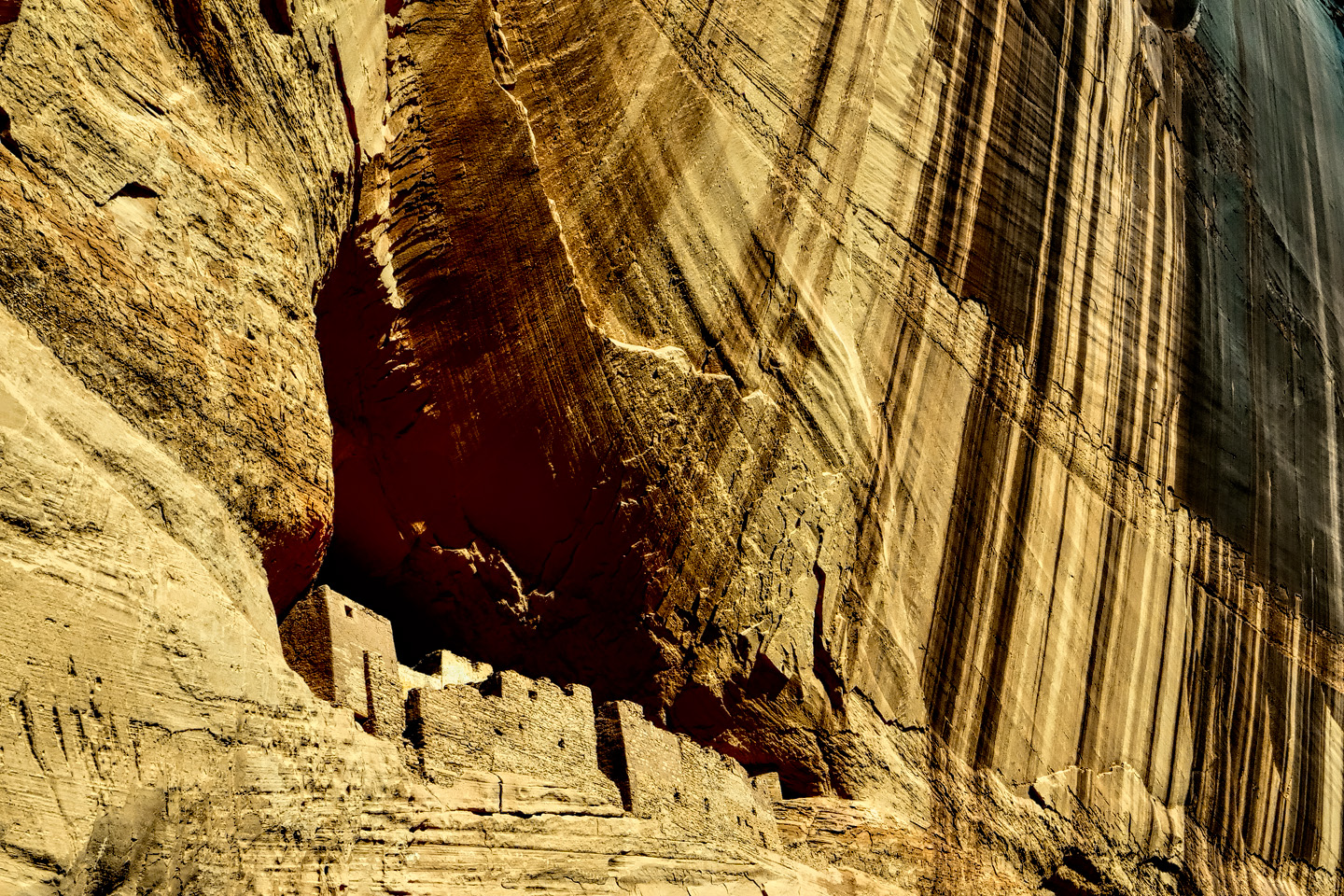
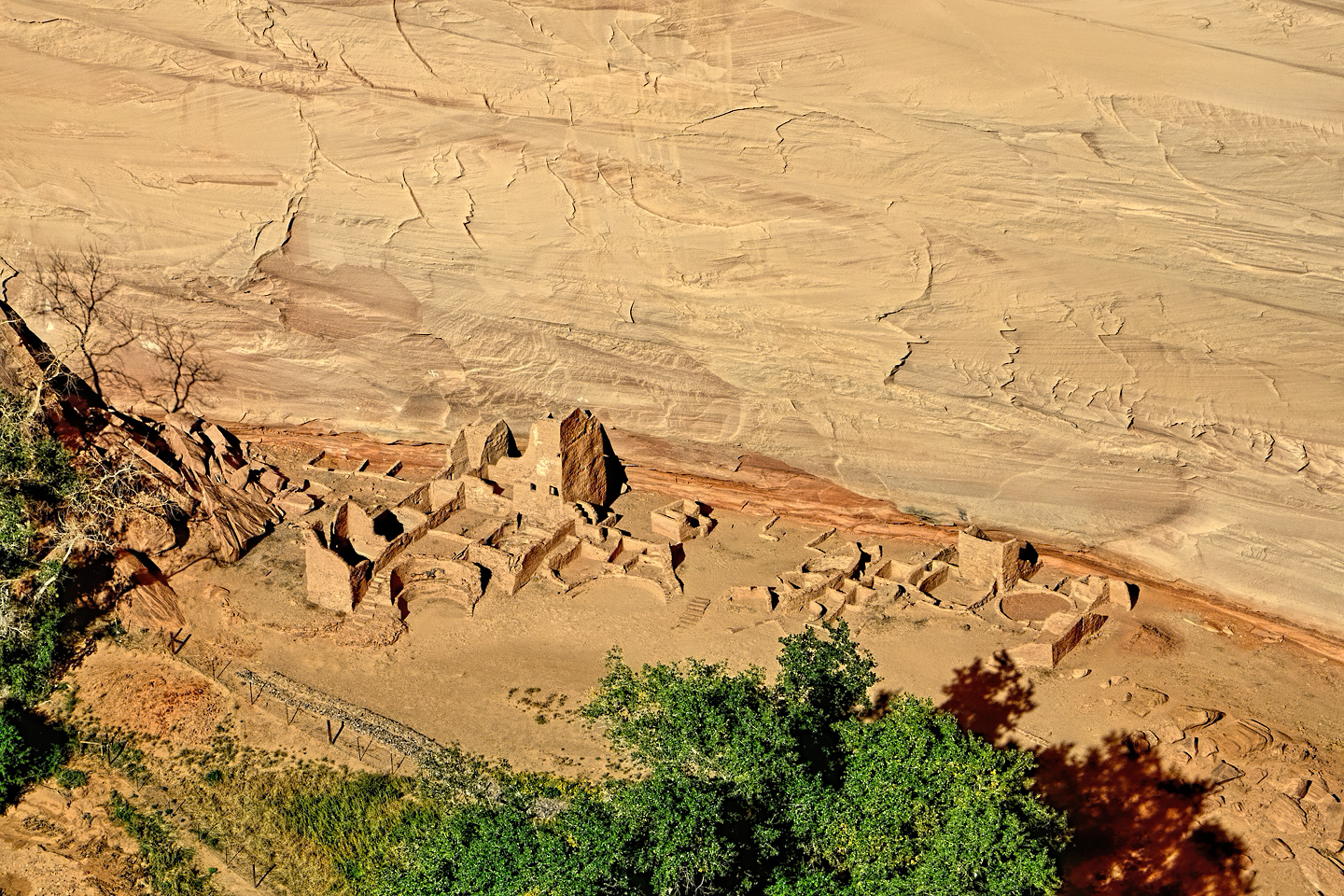
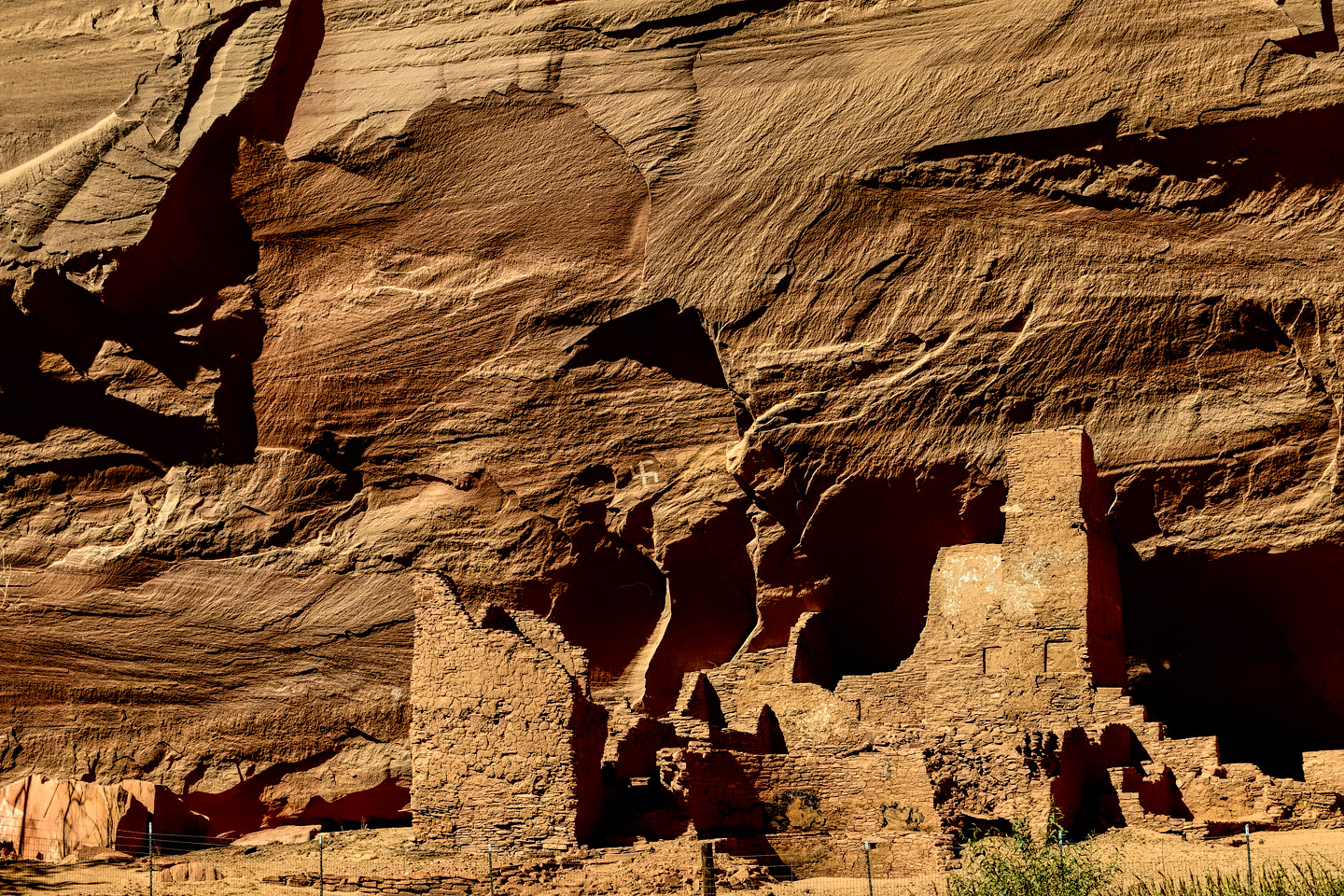
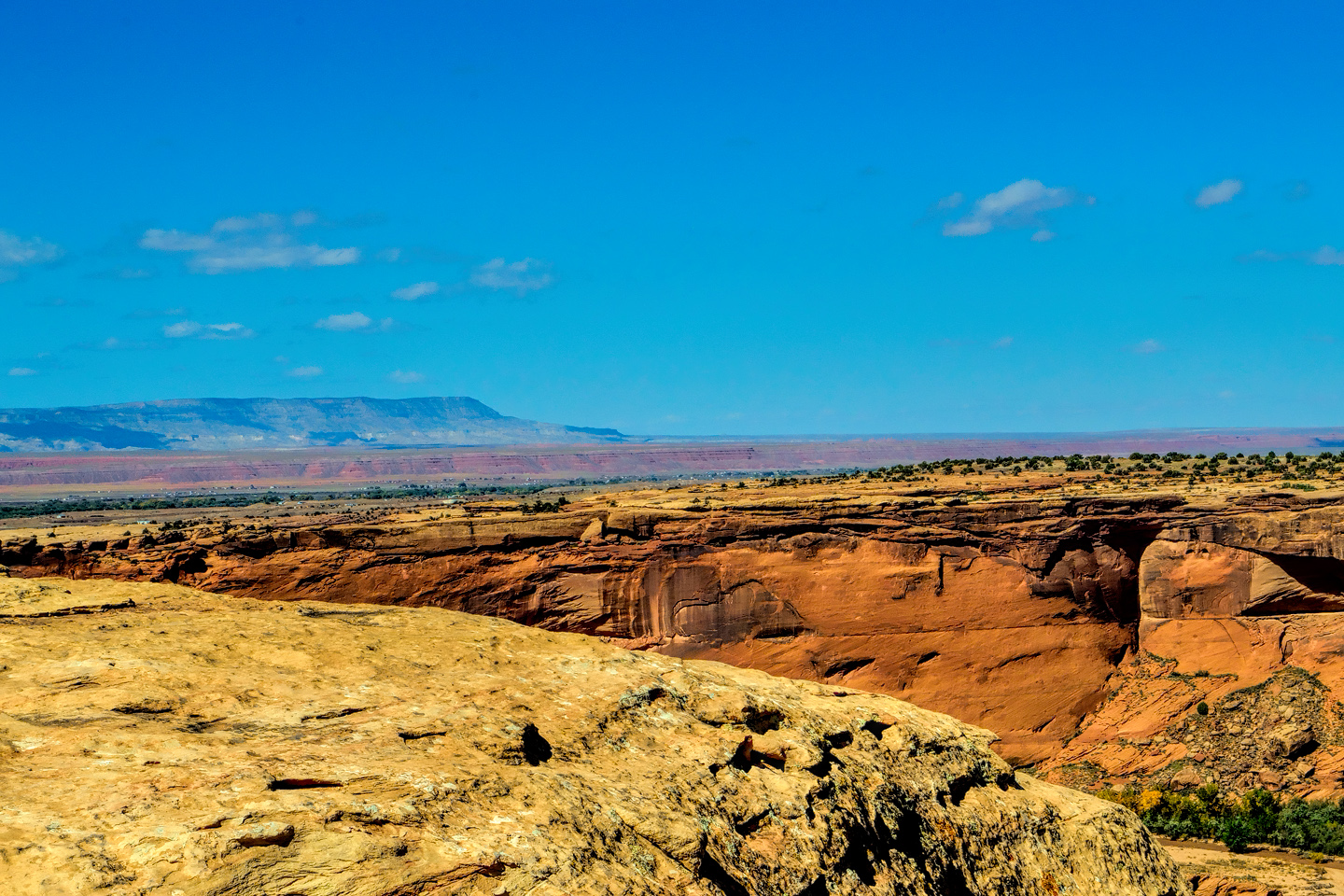
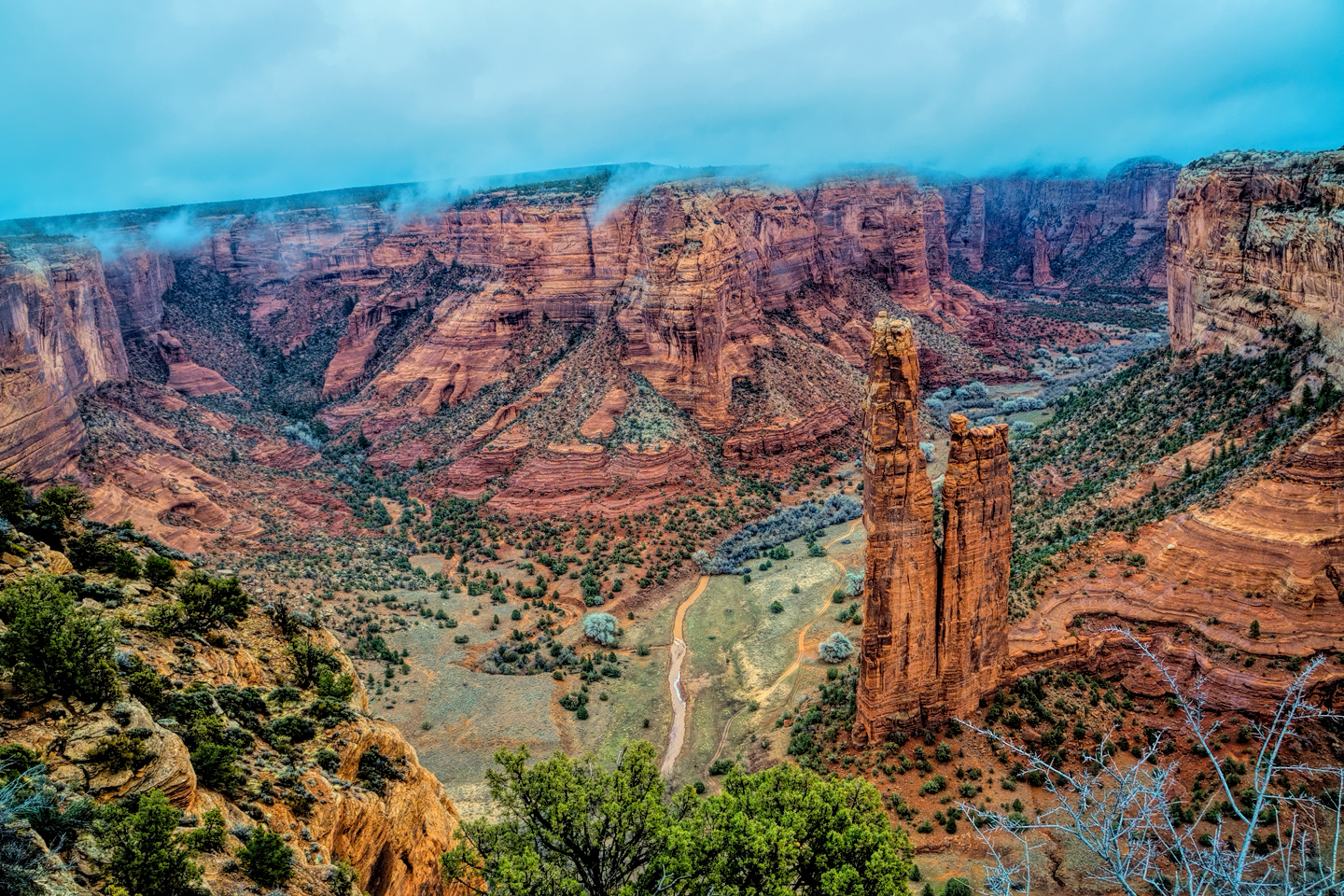
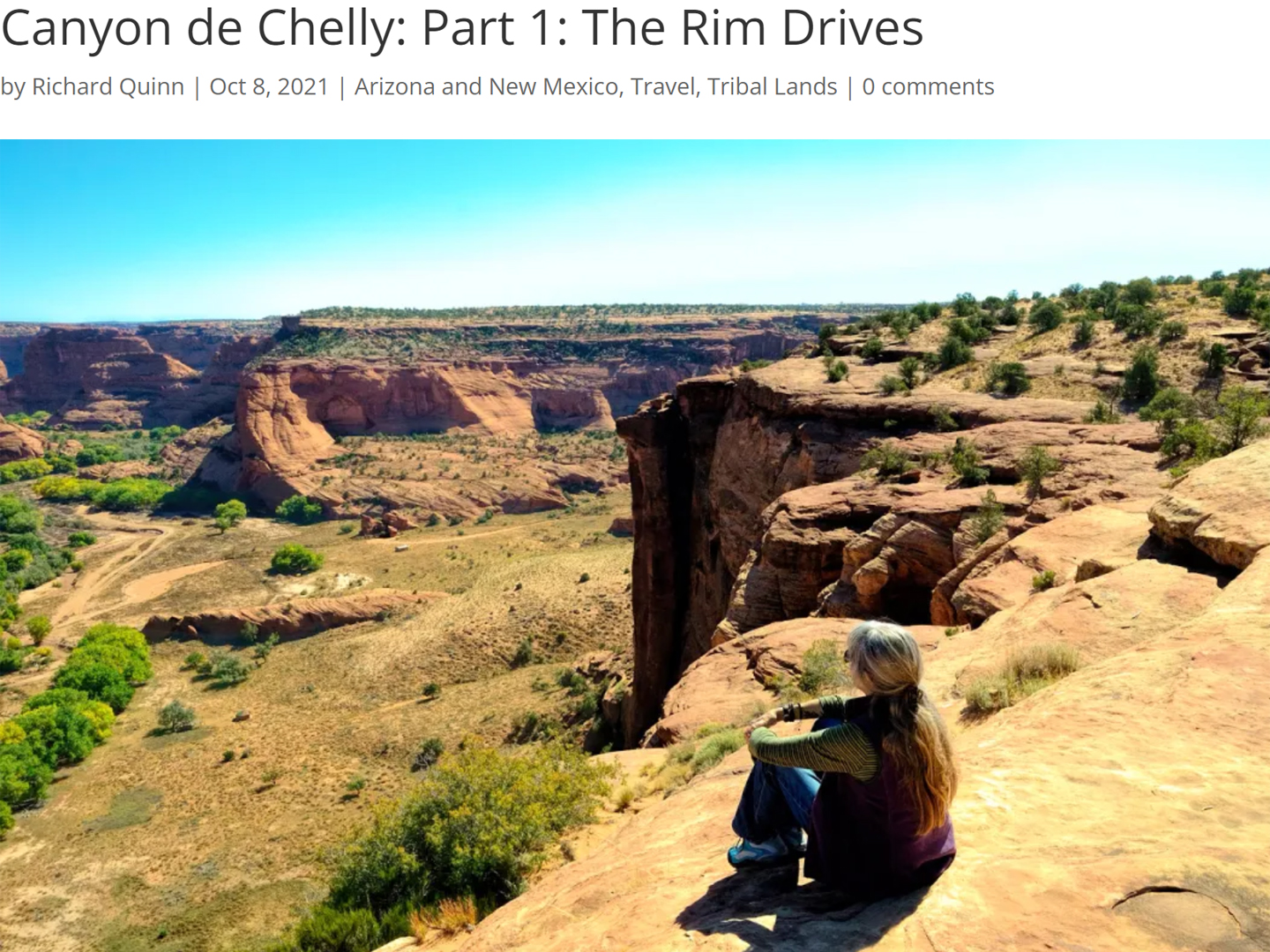
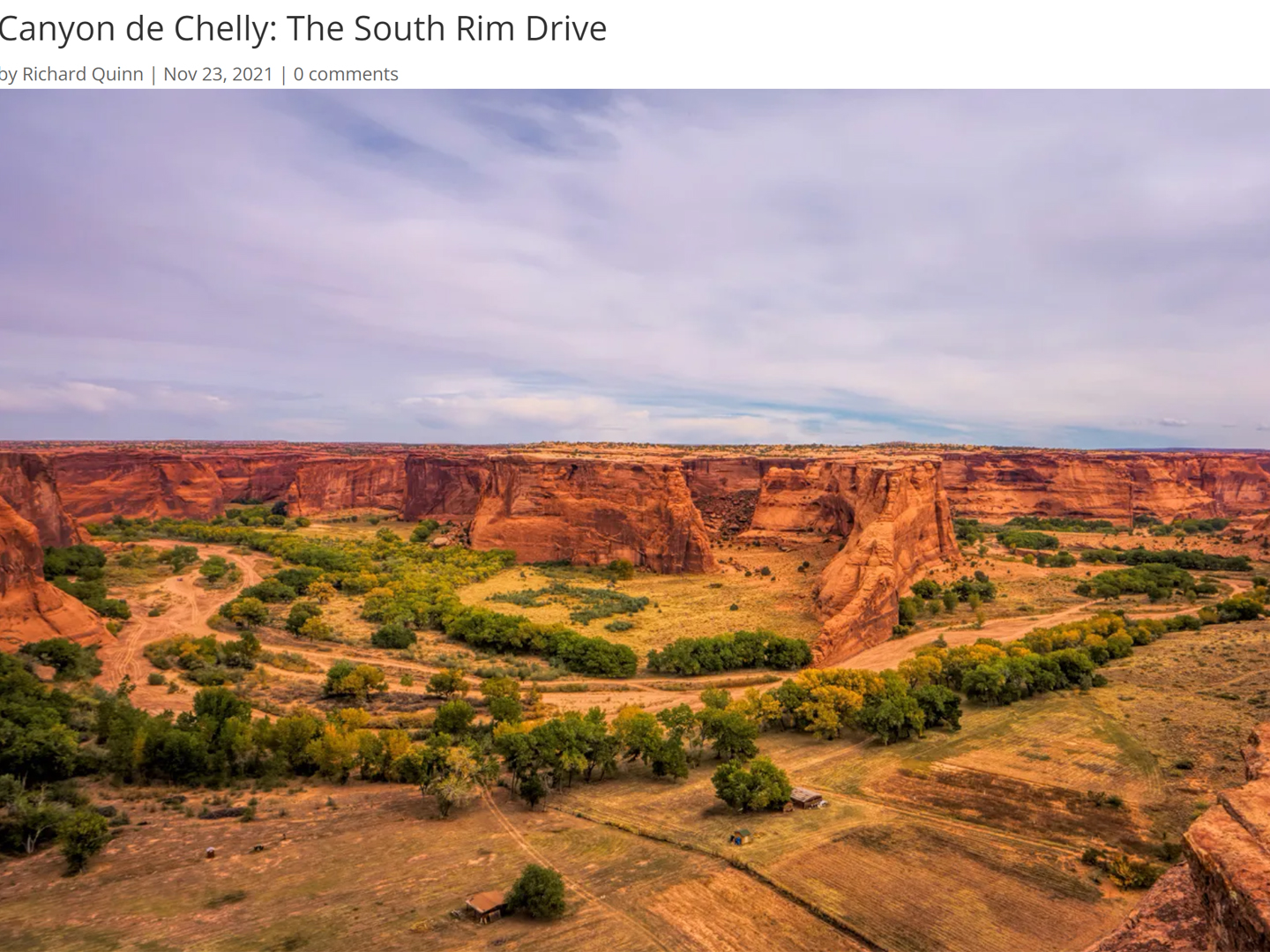
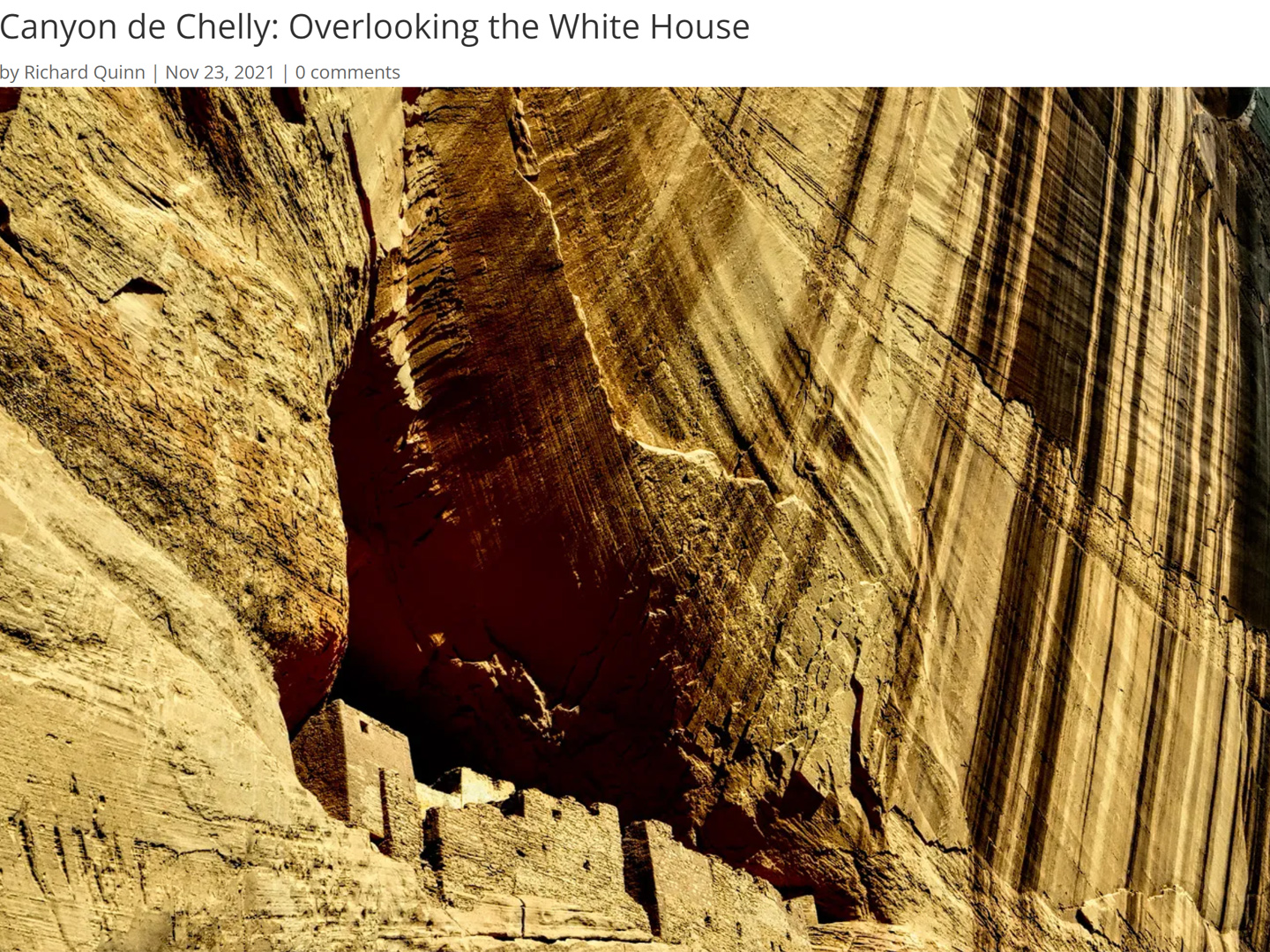
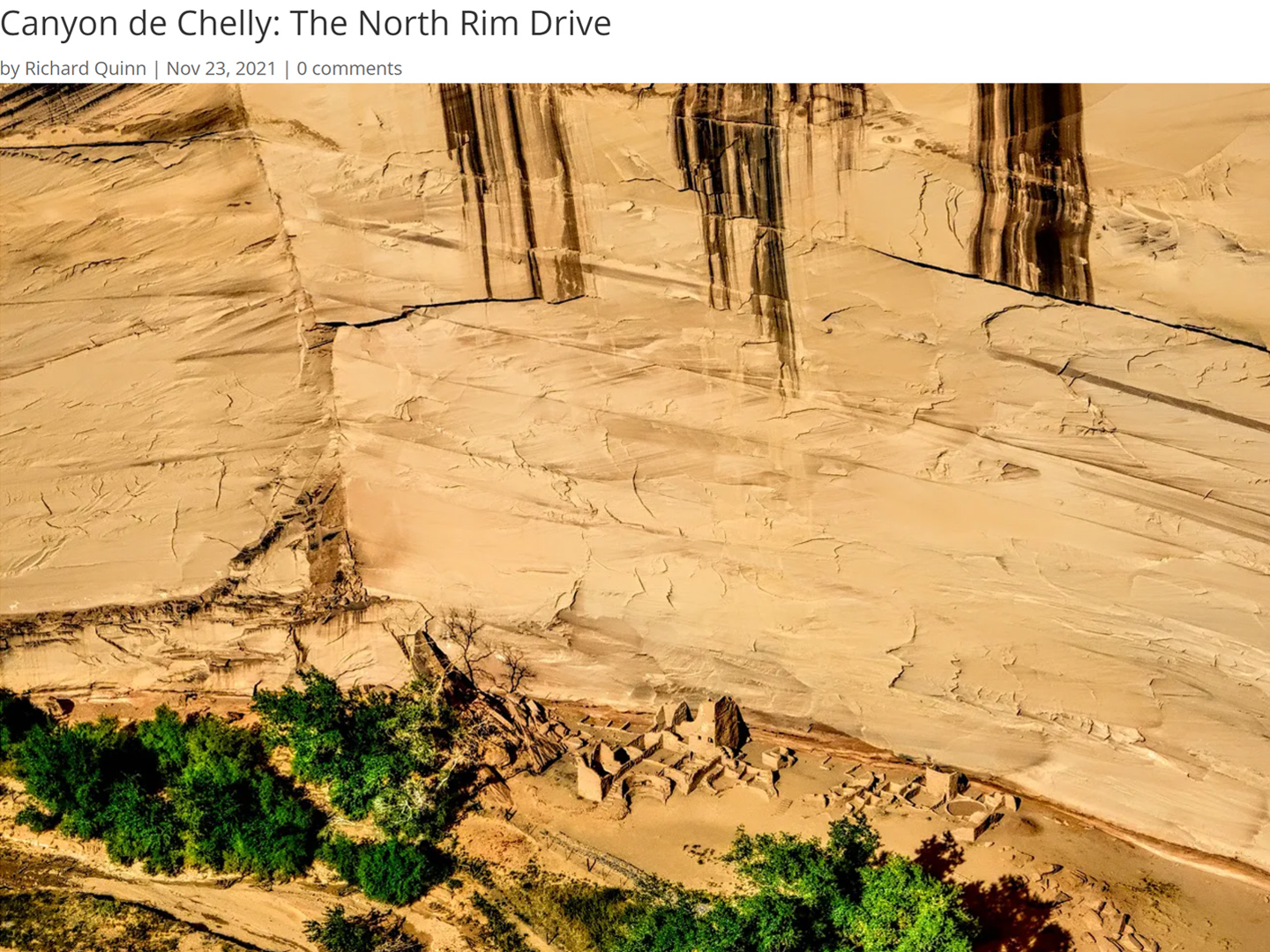
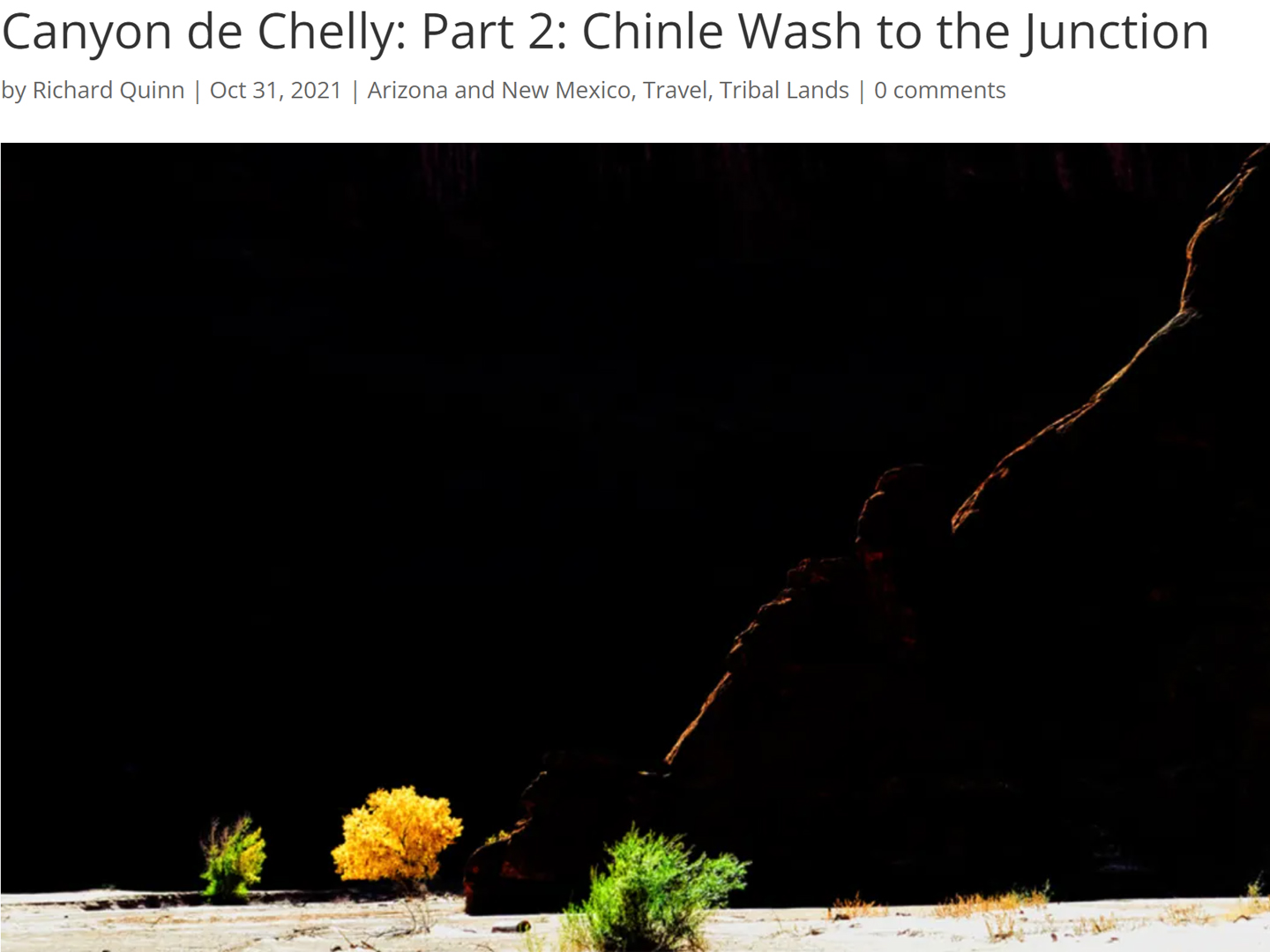
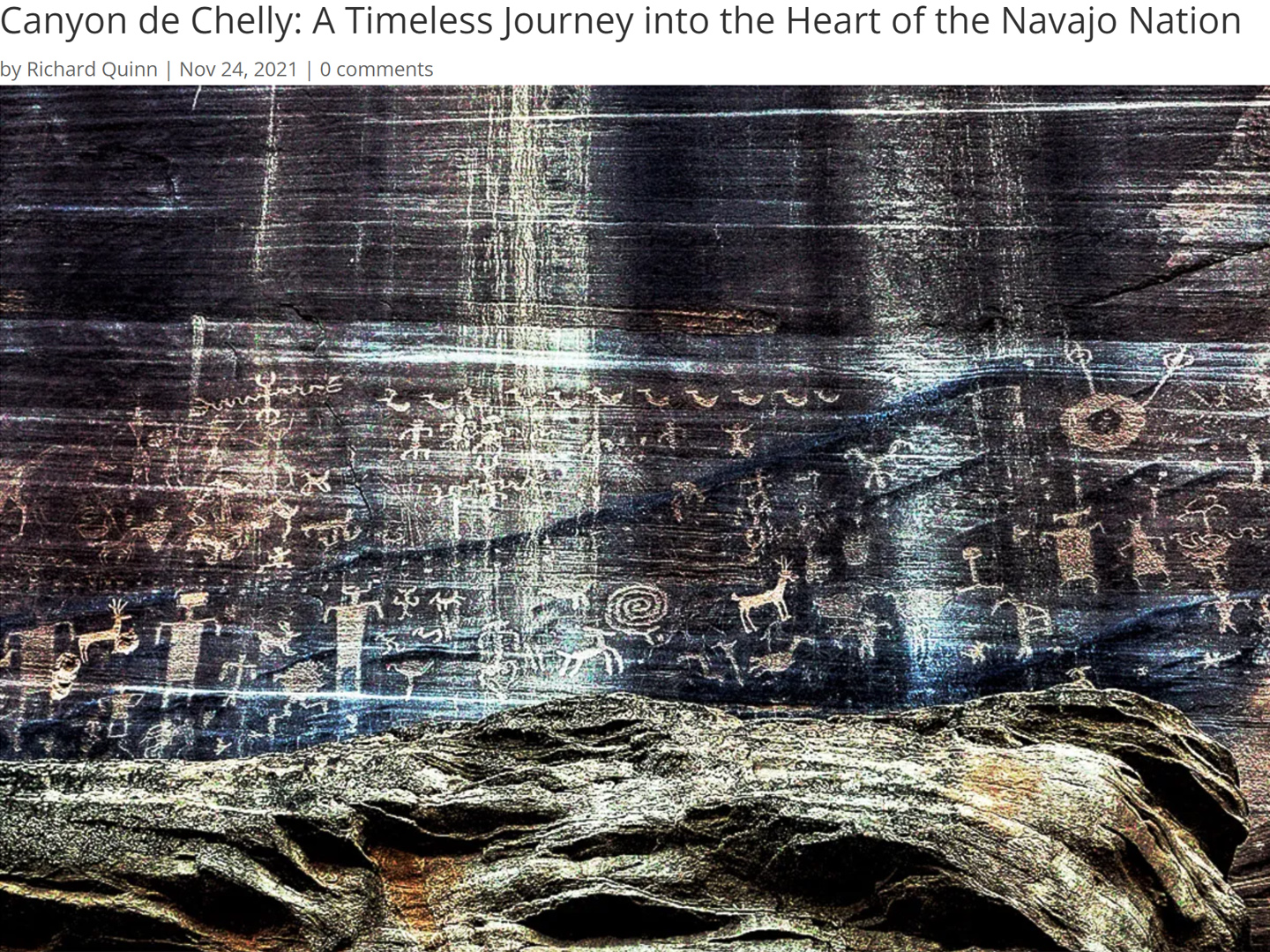
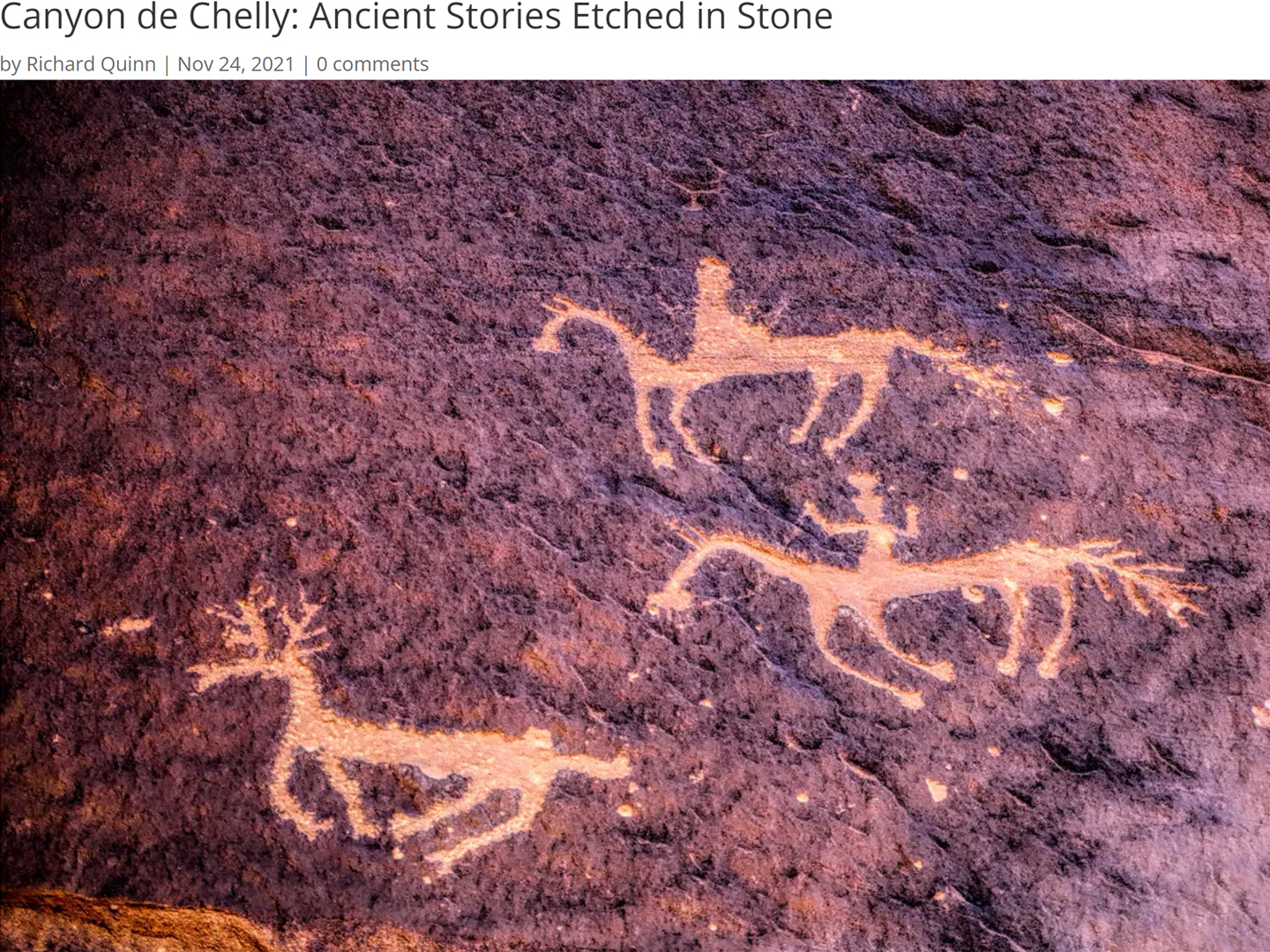
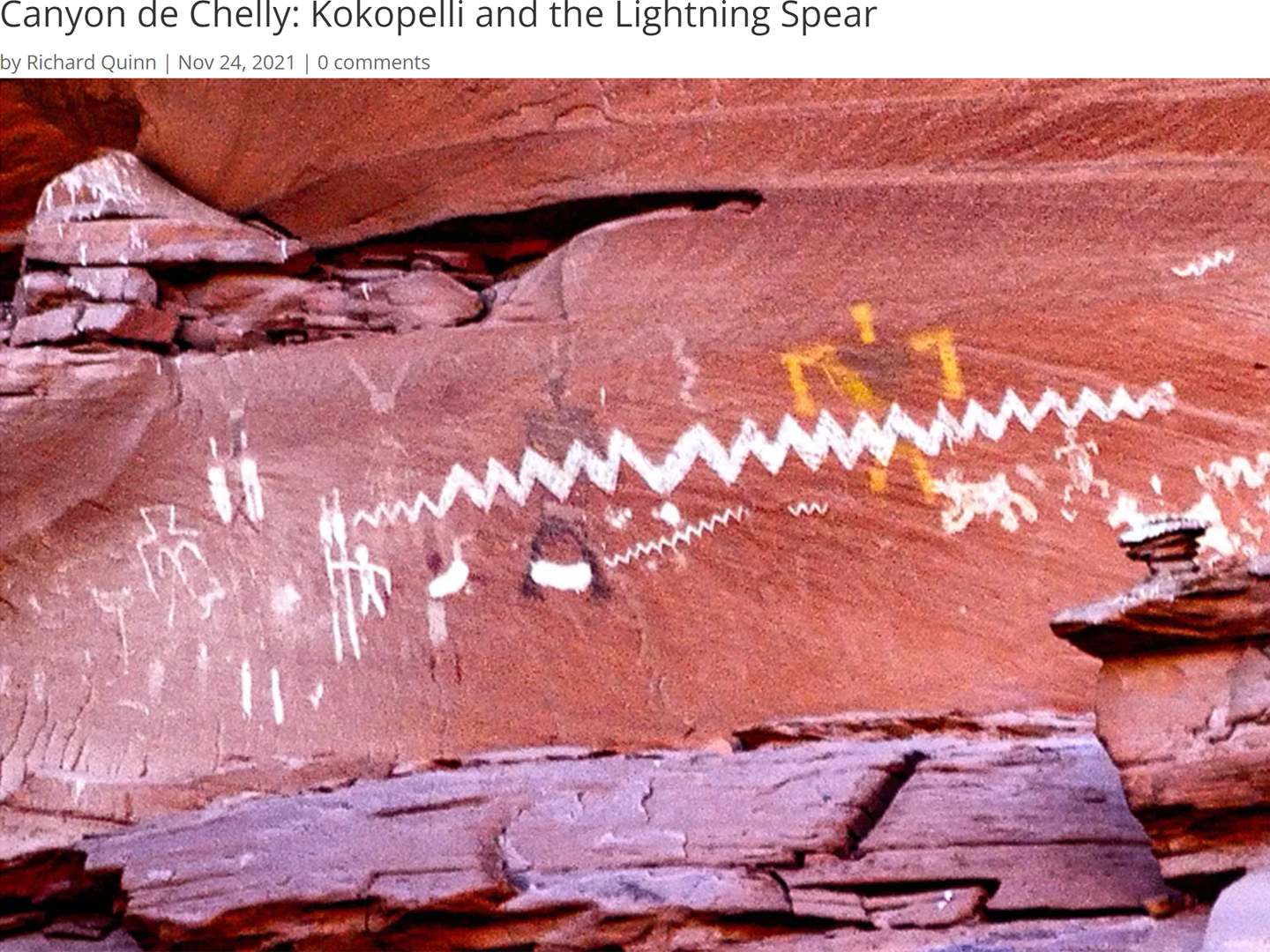
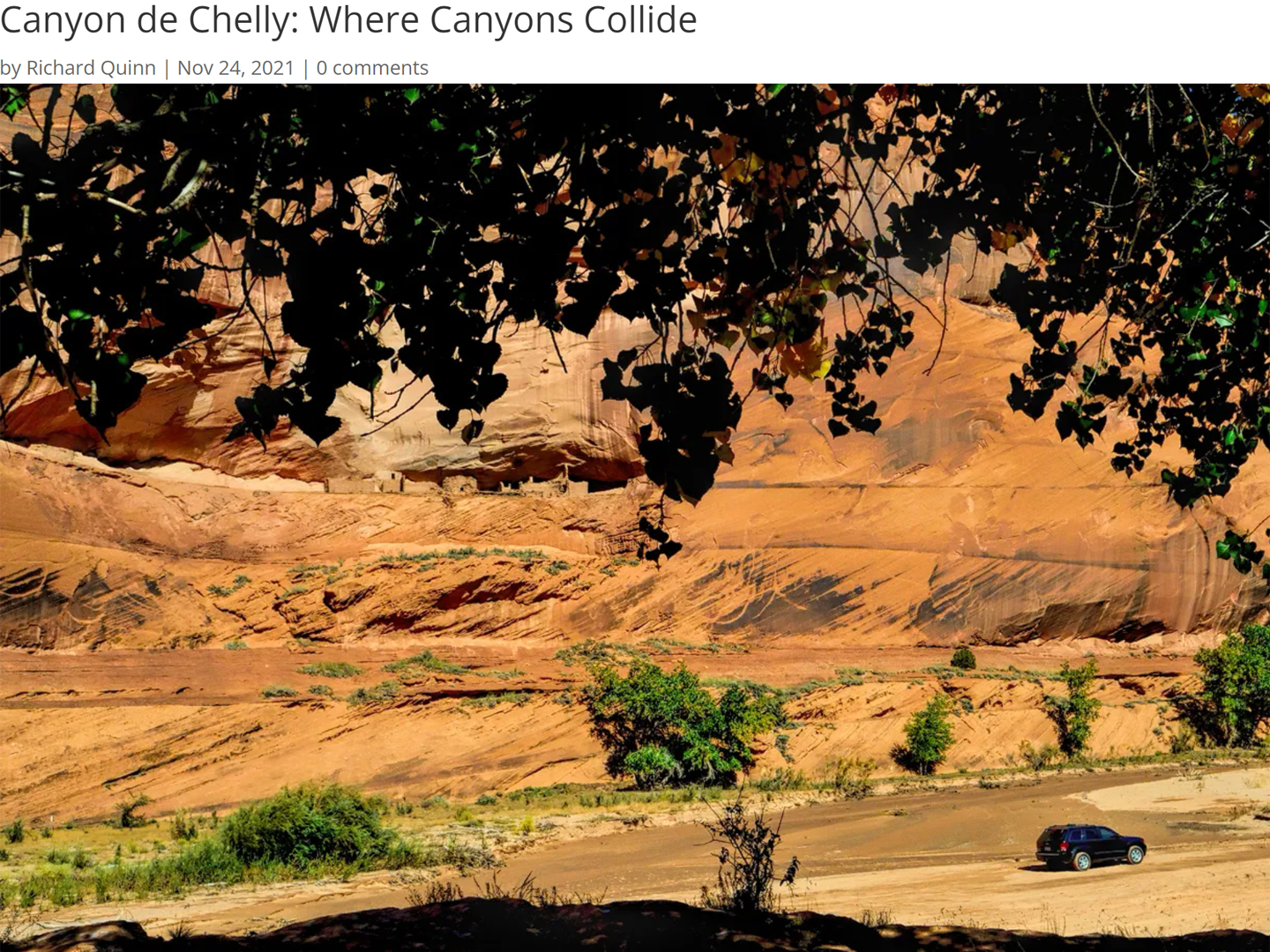
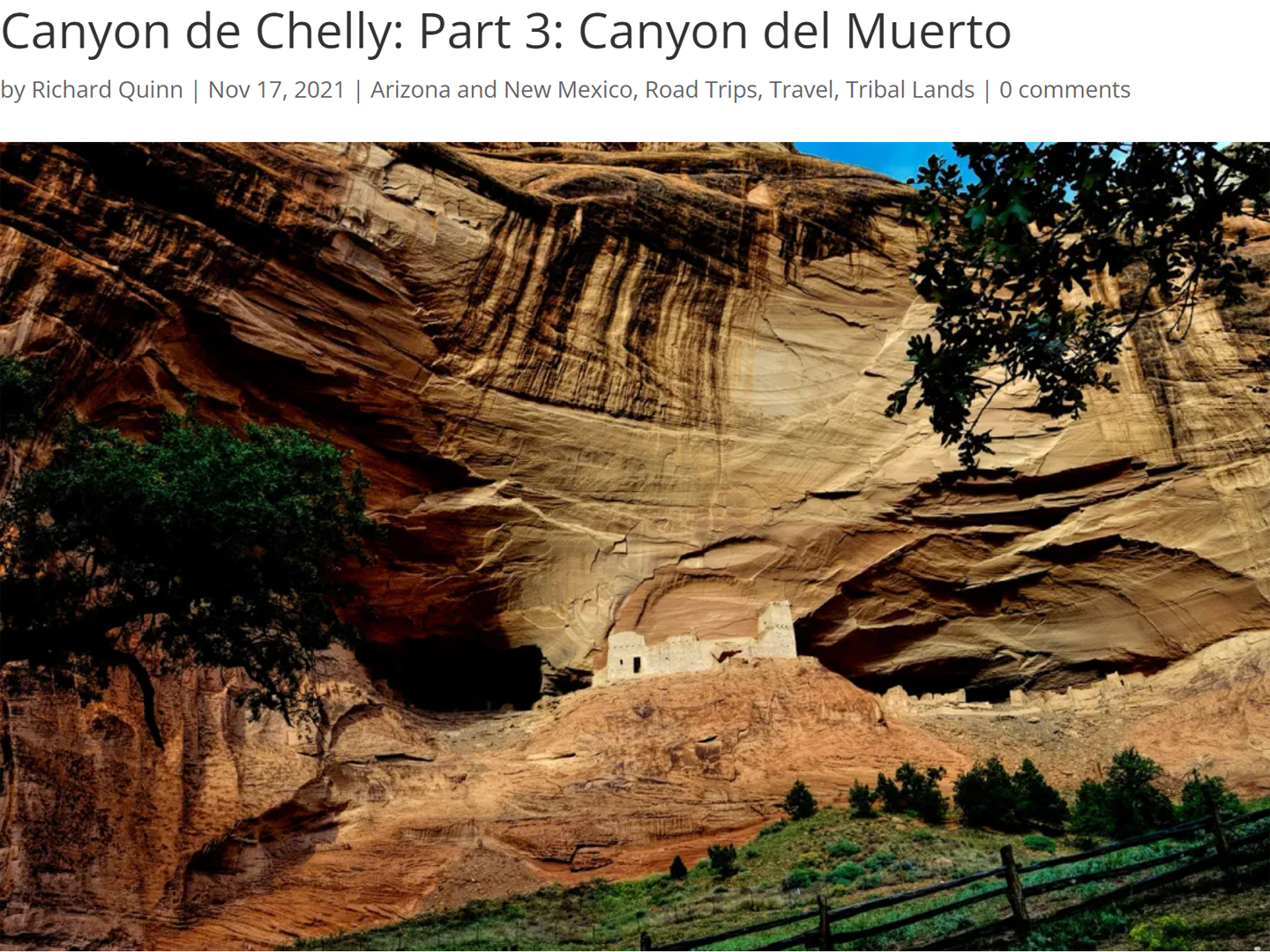
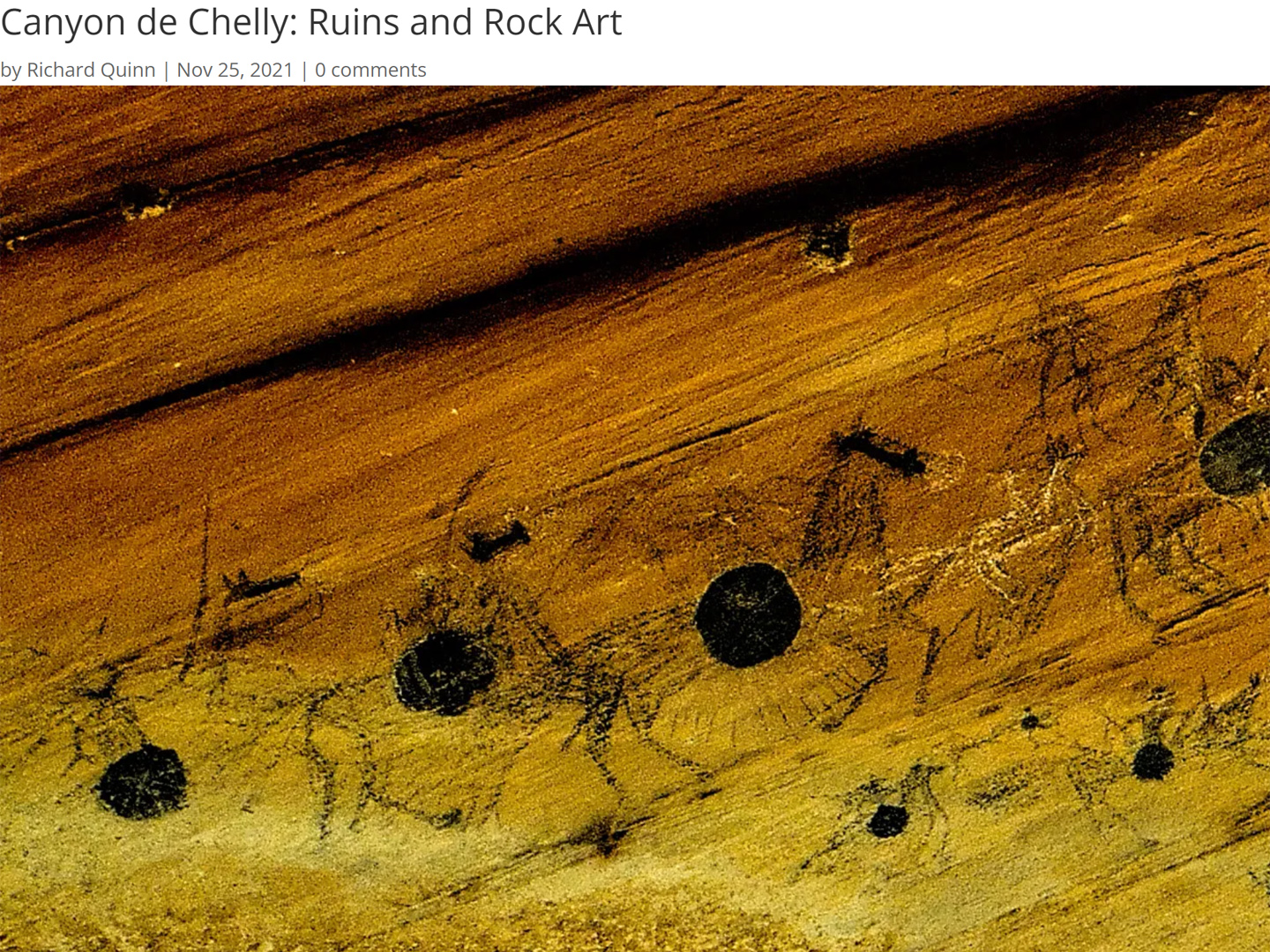
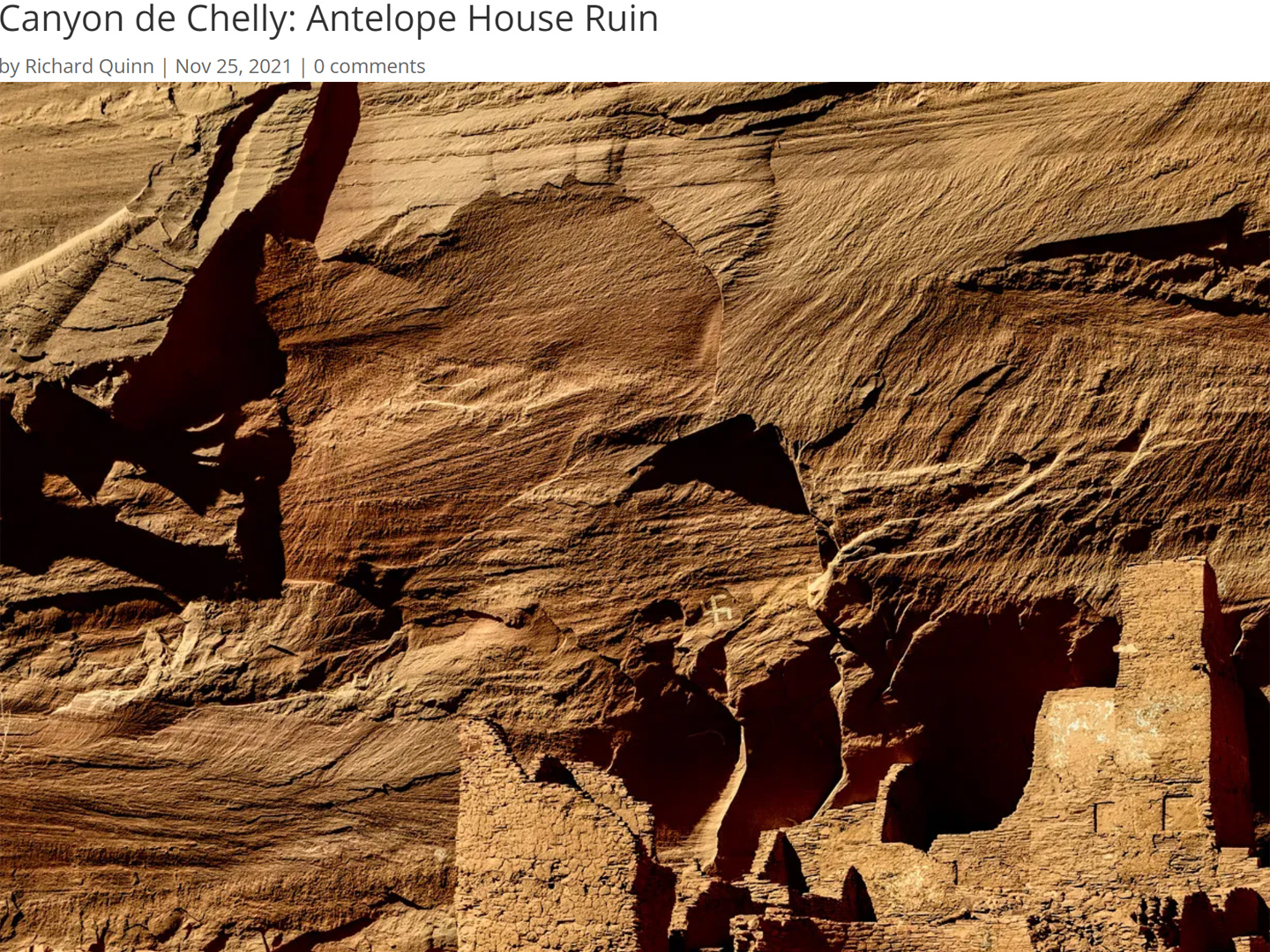
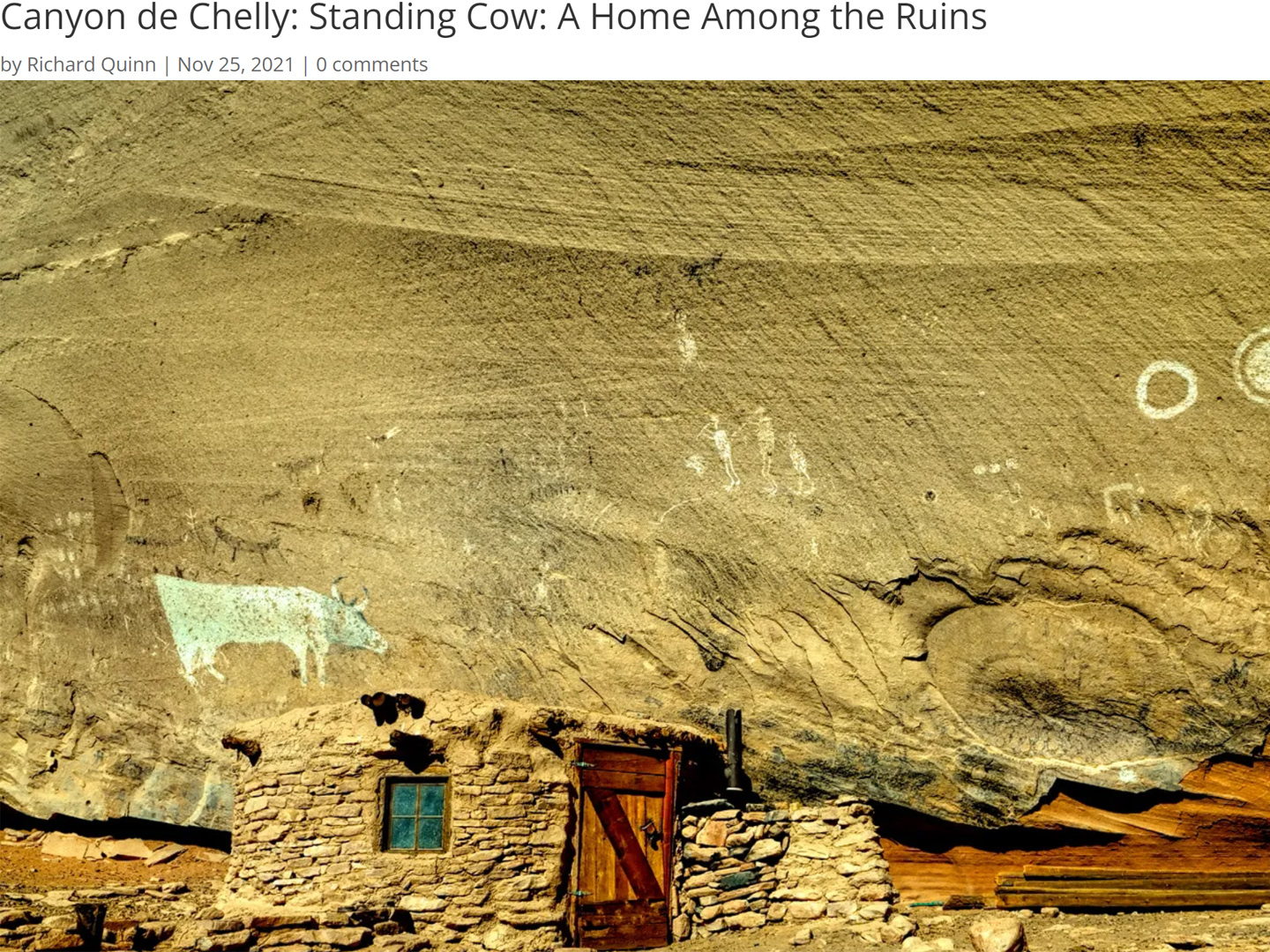
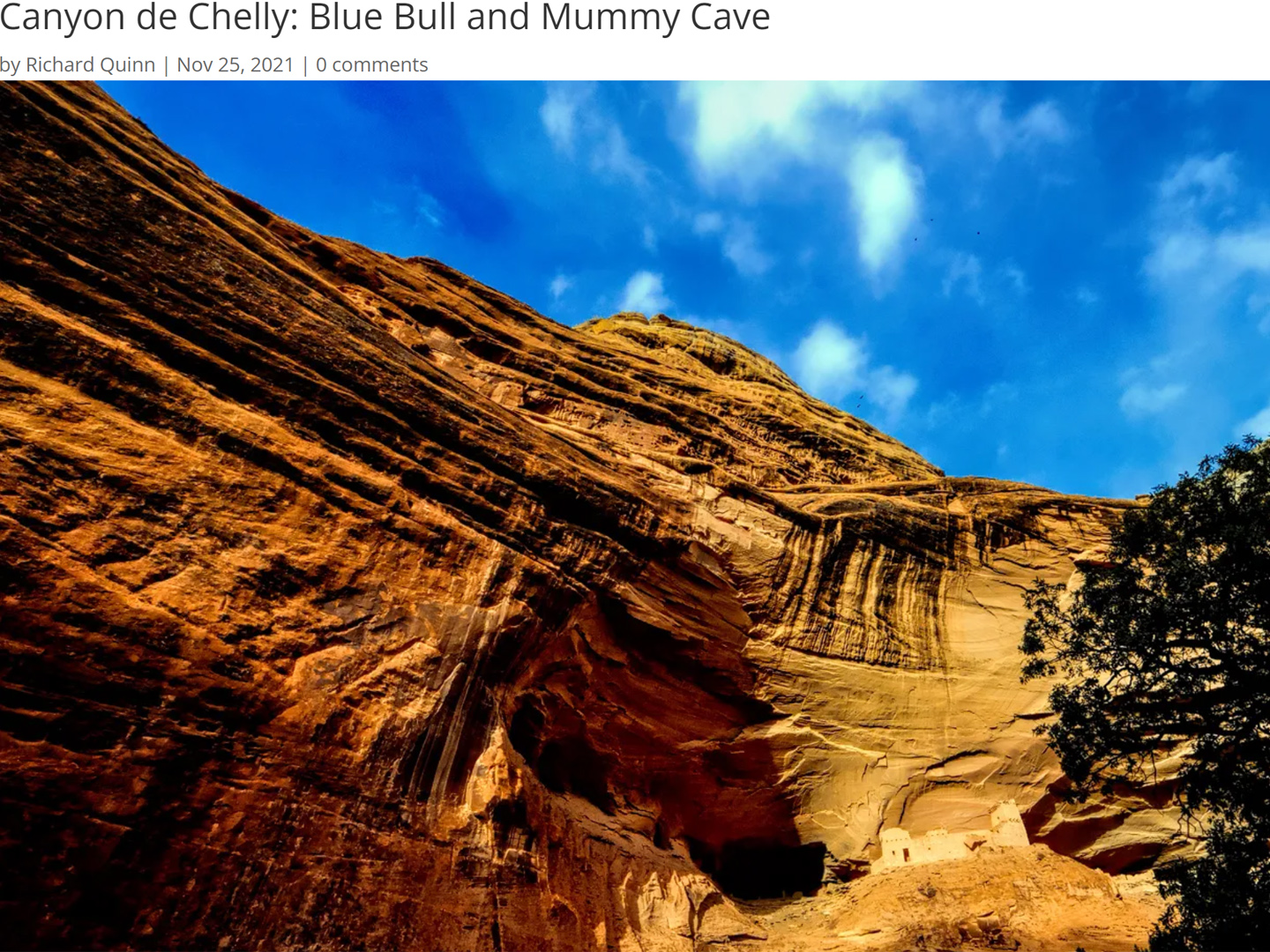
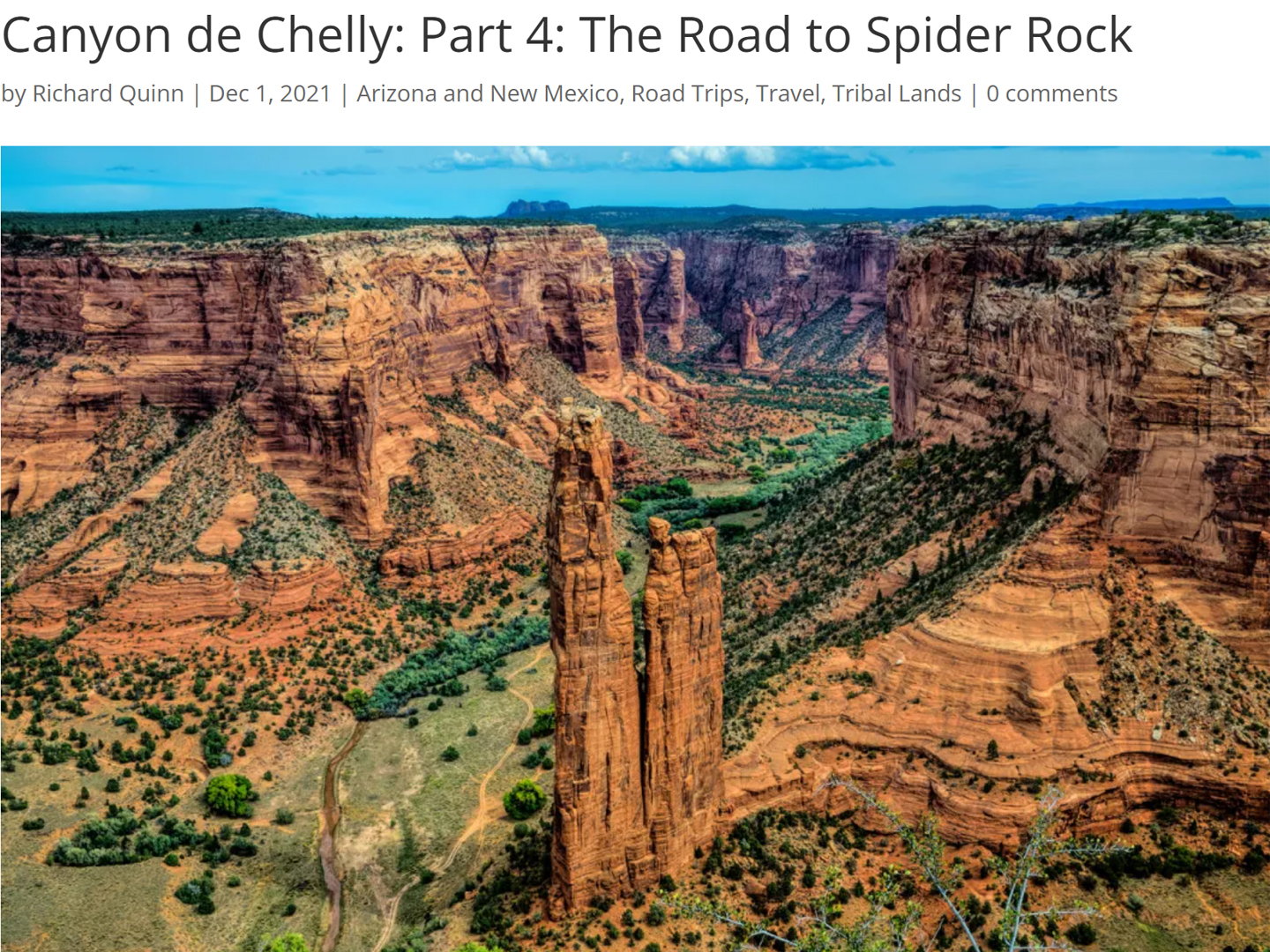
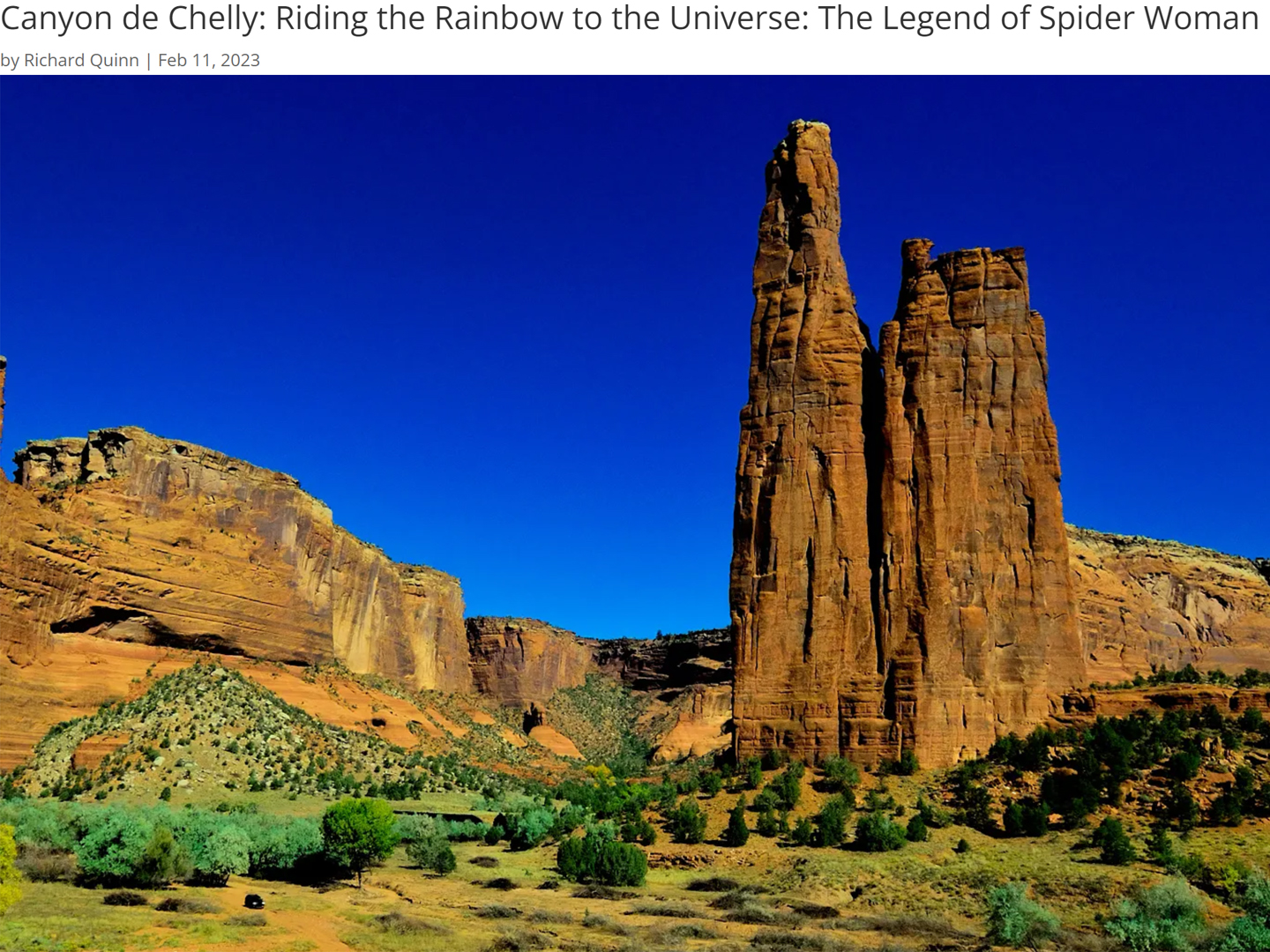
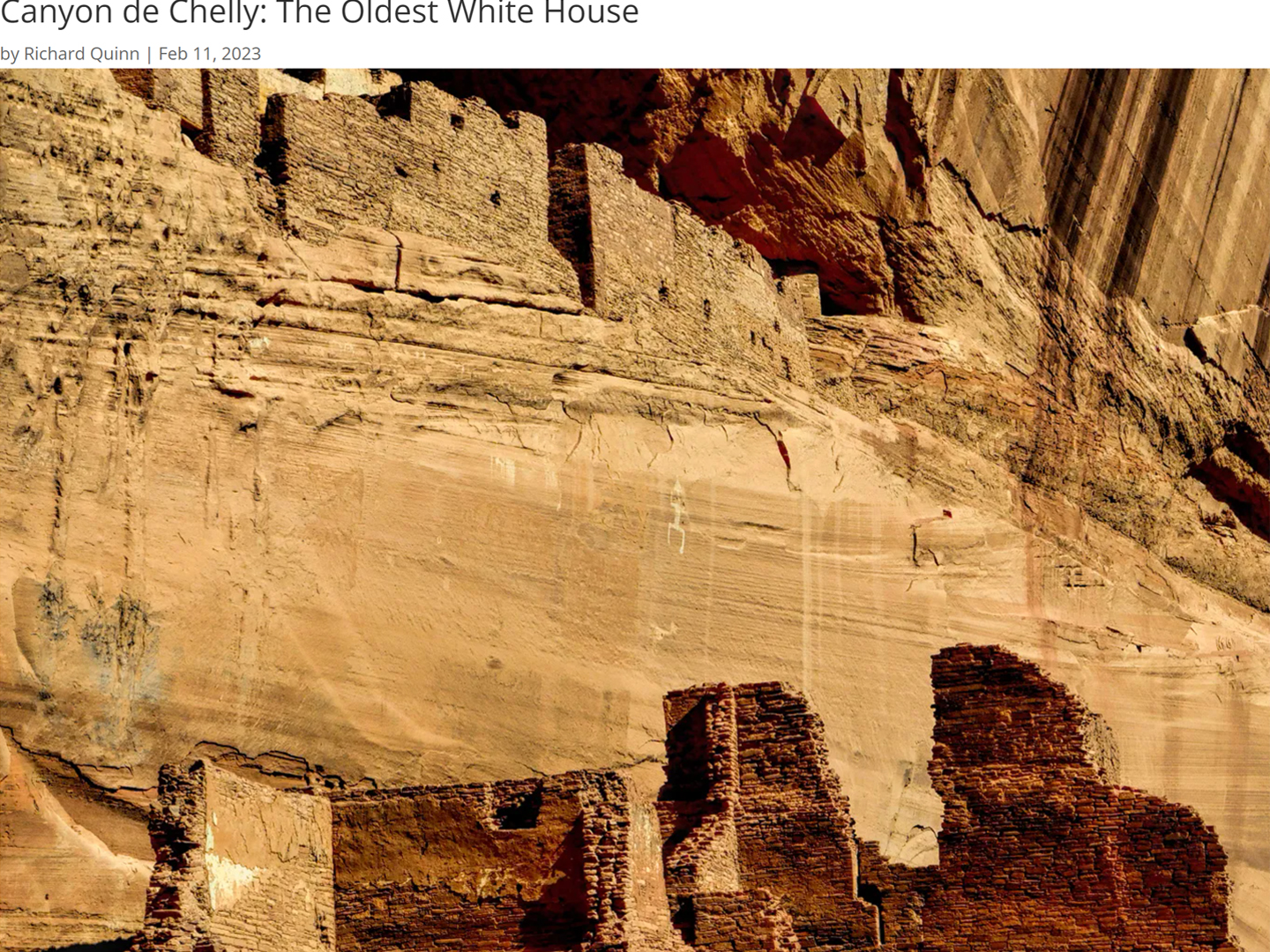
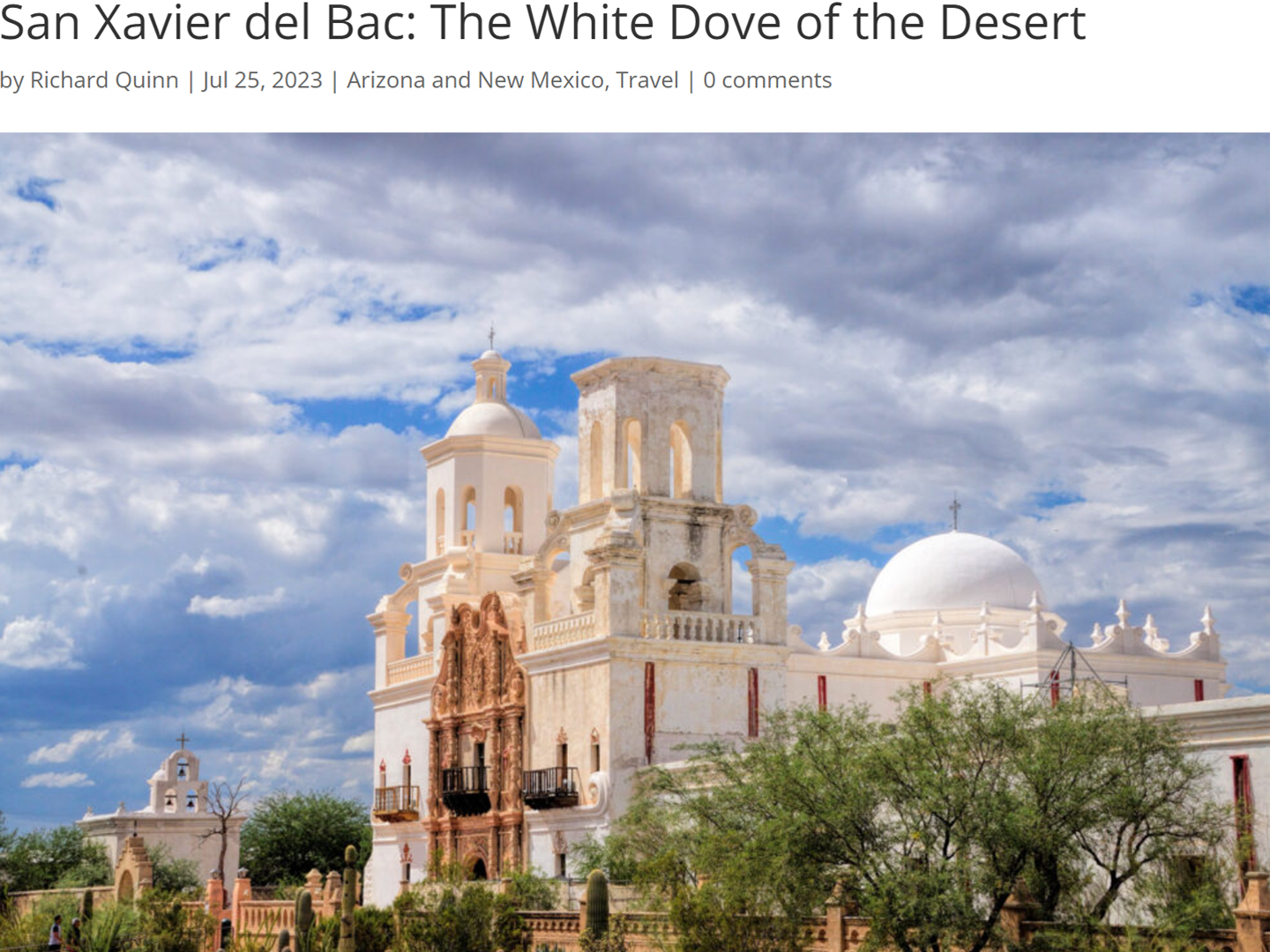
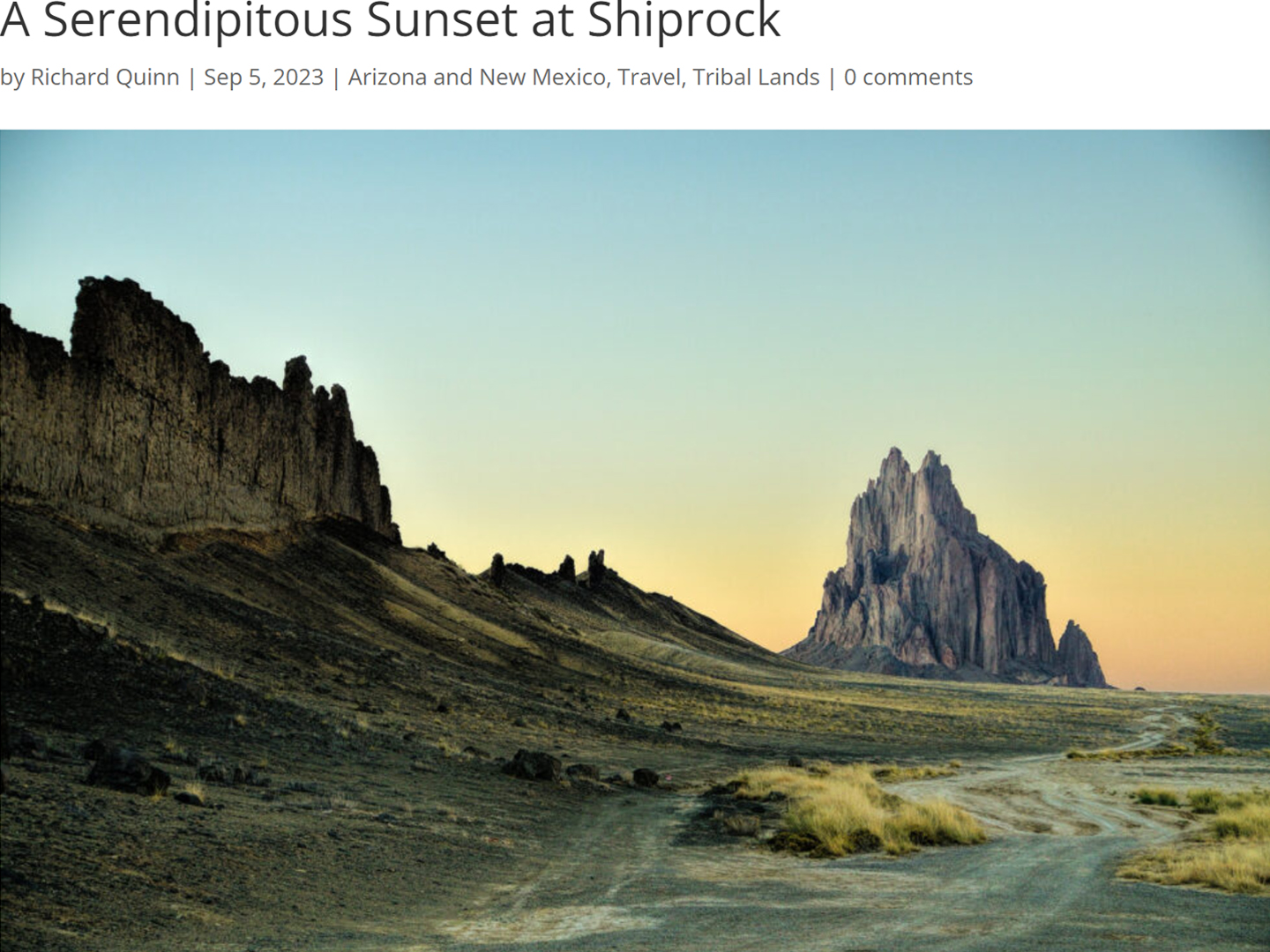


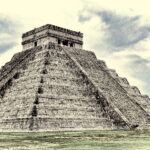
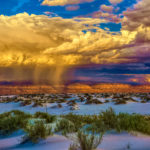
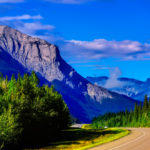
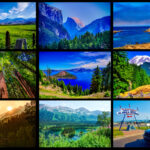
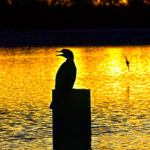
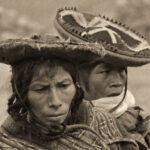
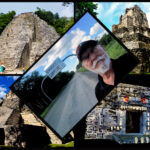
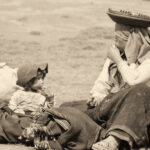
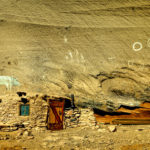
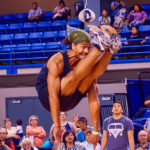
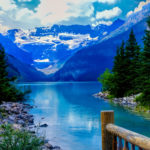
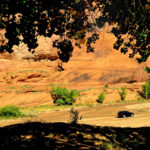
0 Comments